
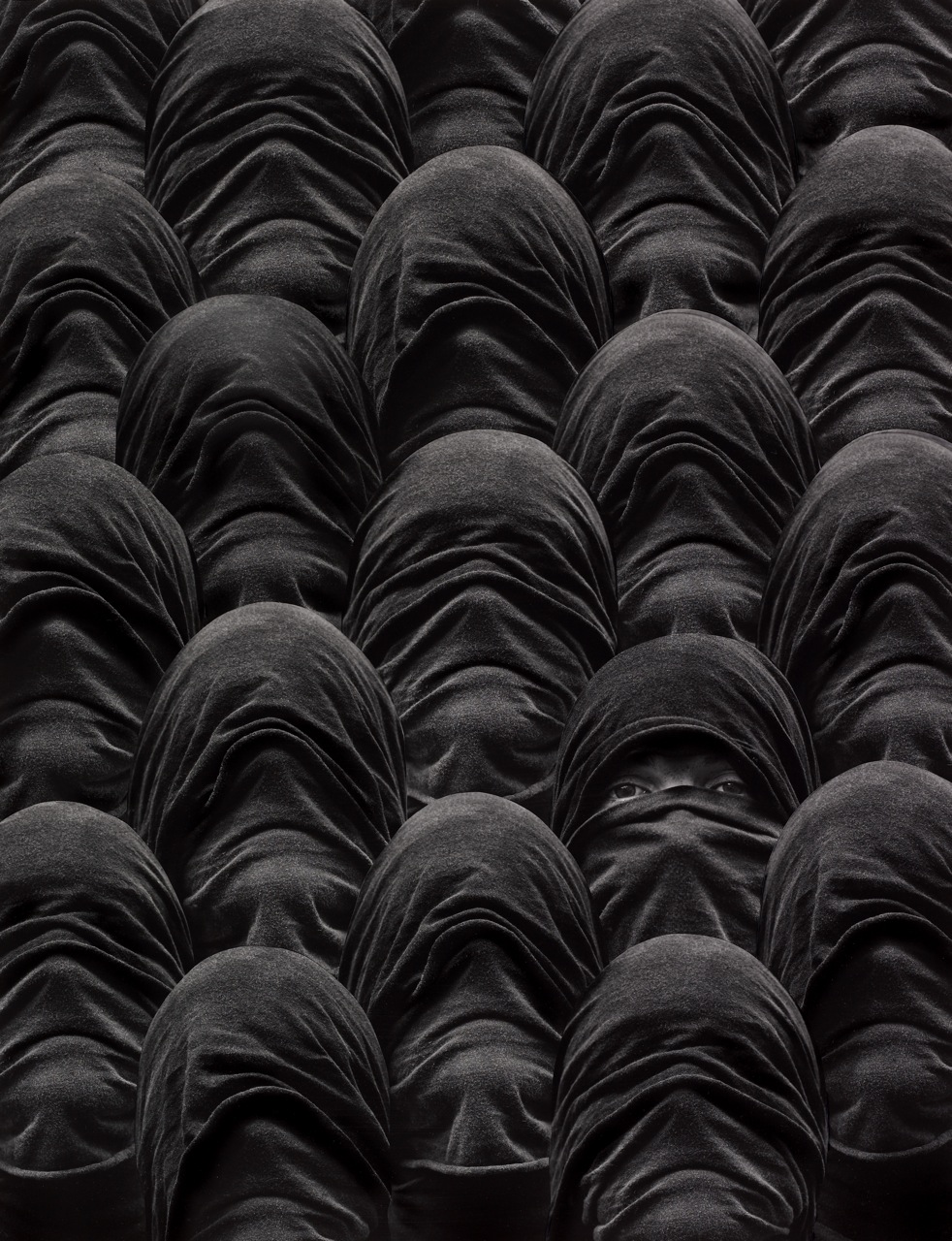


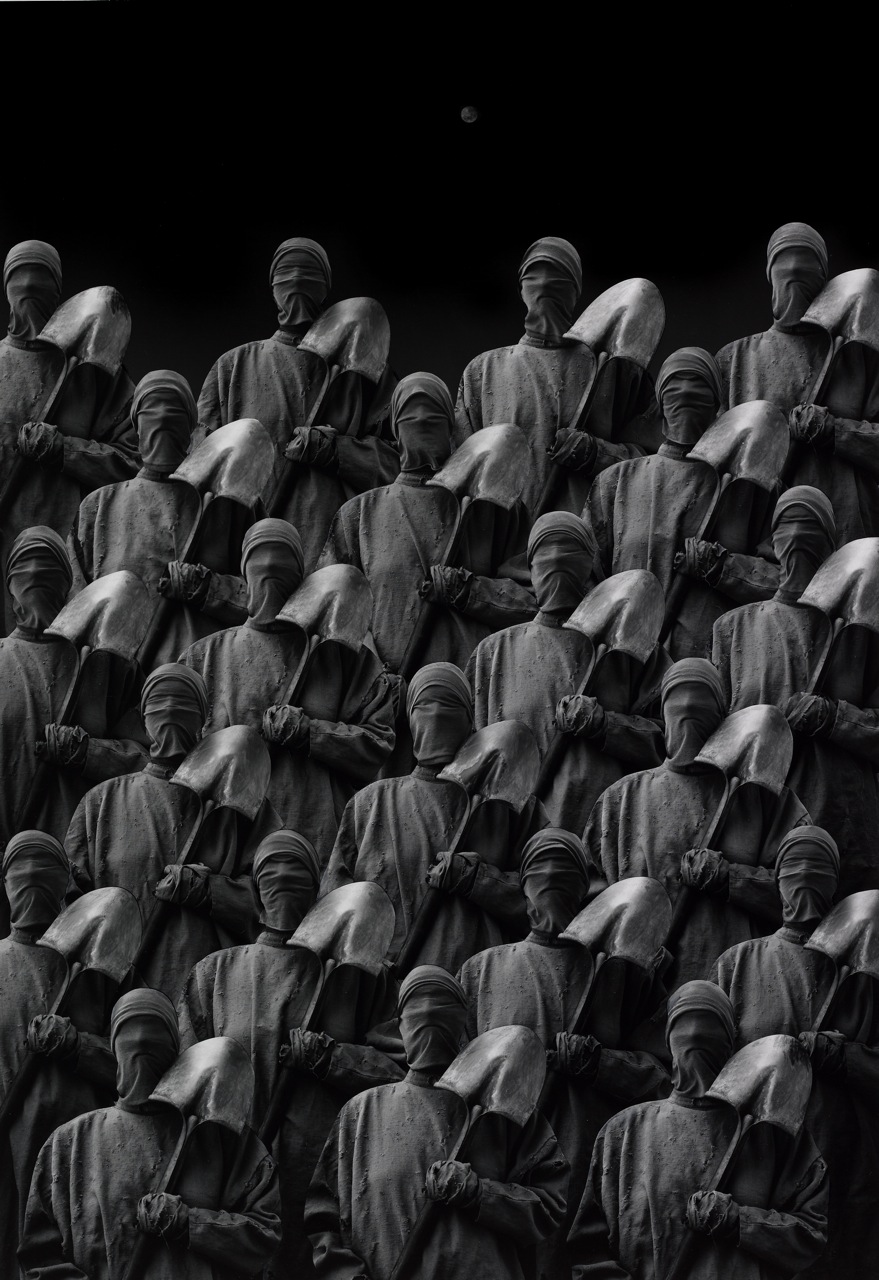
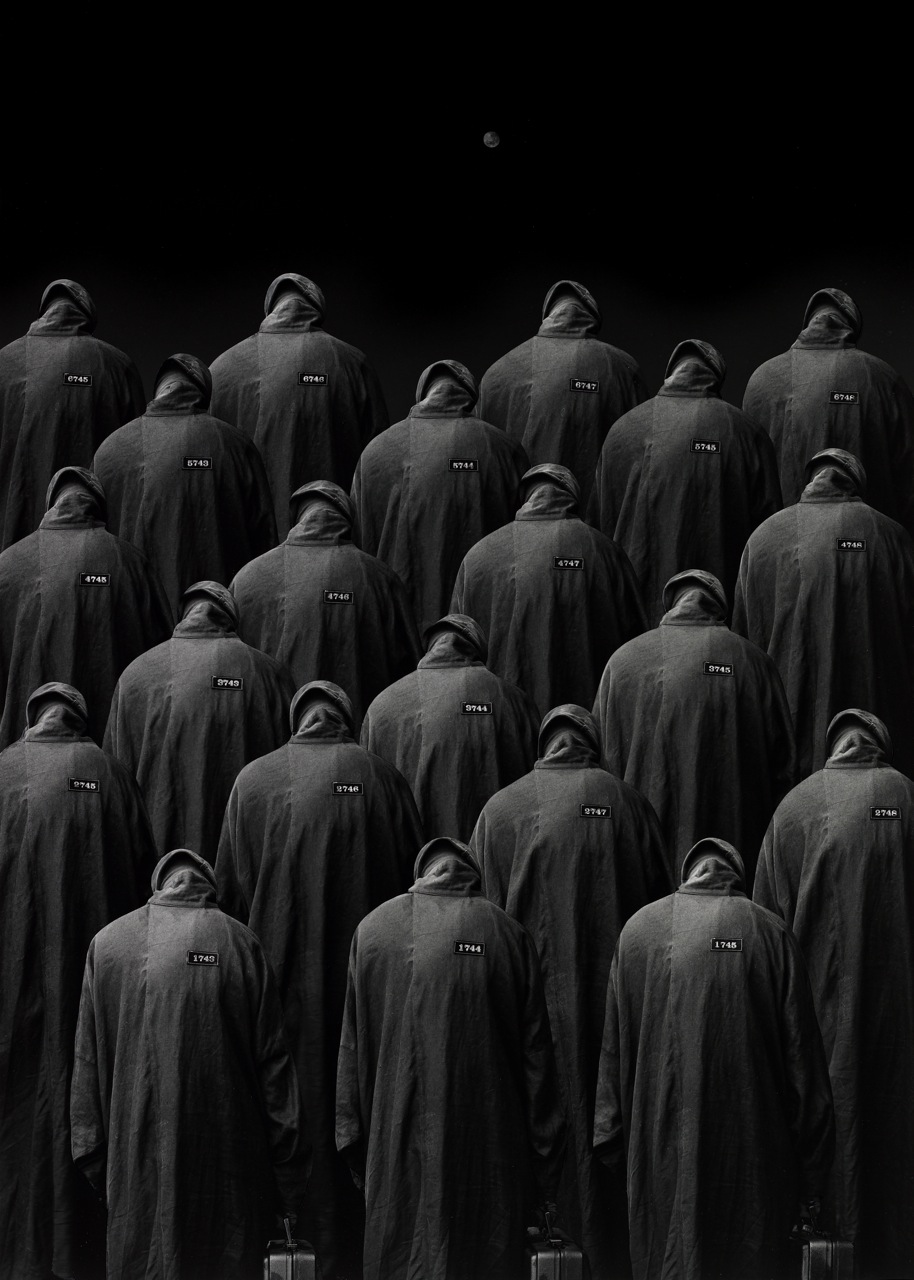

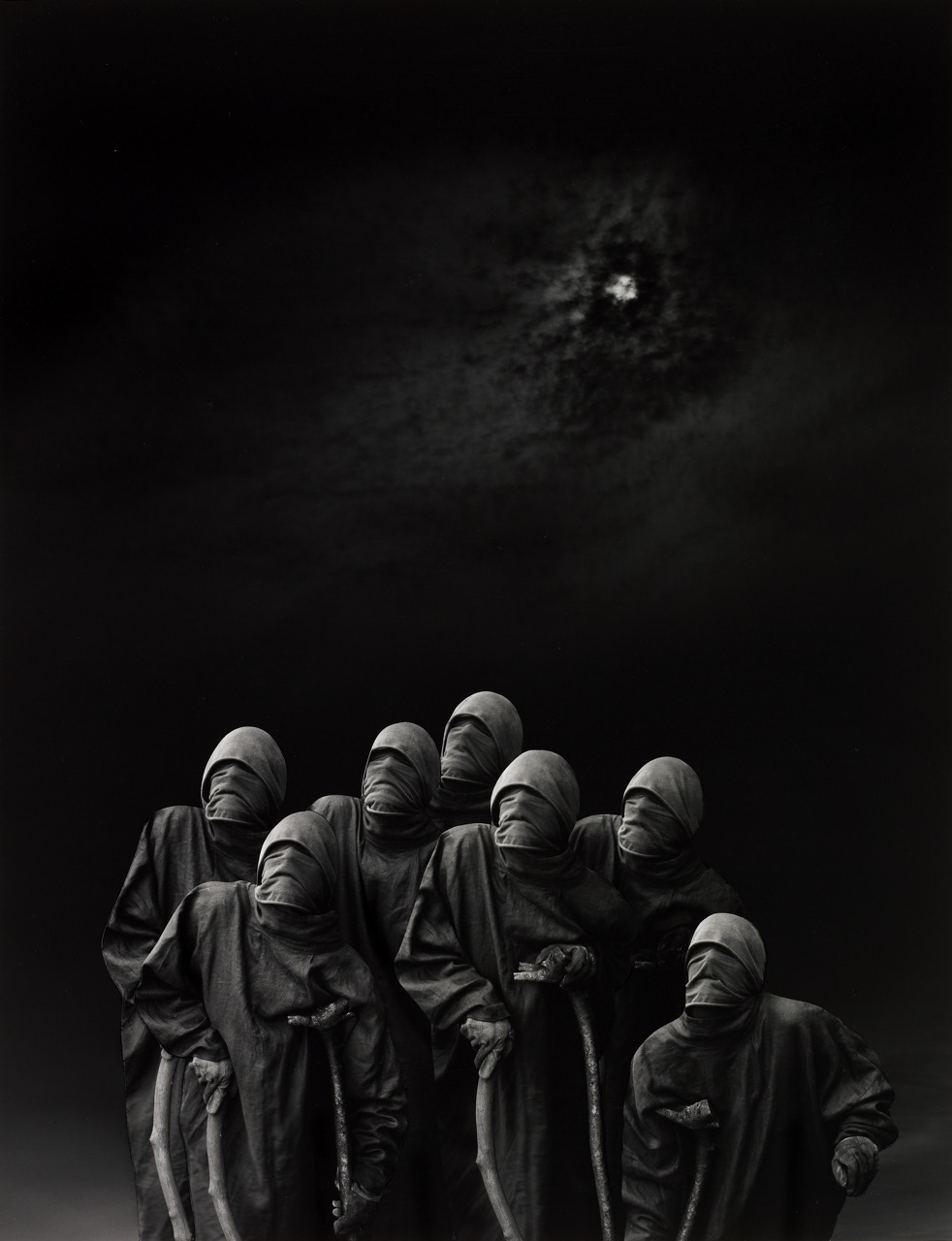
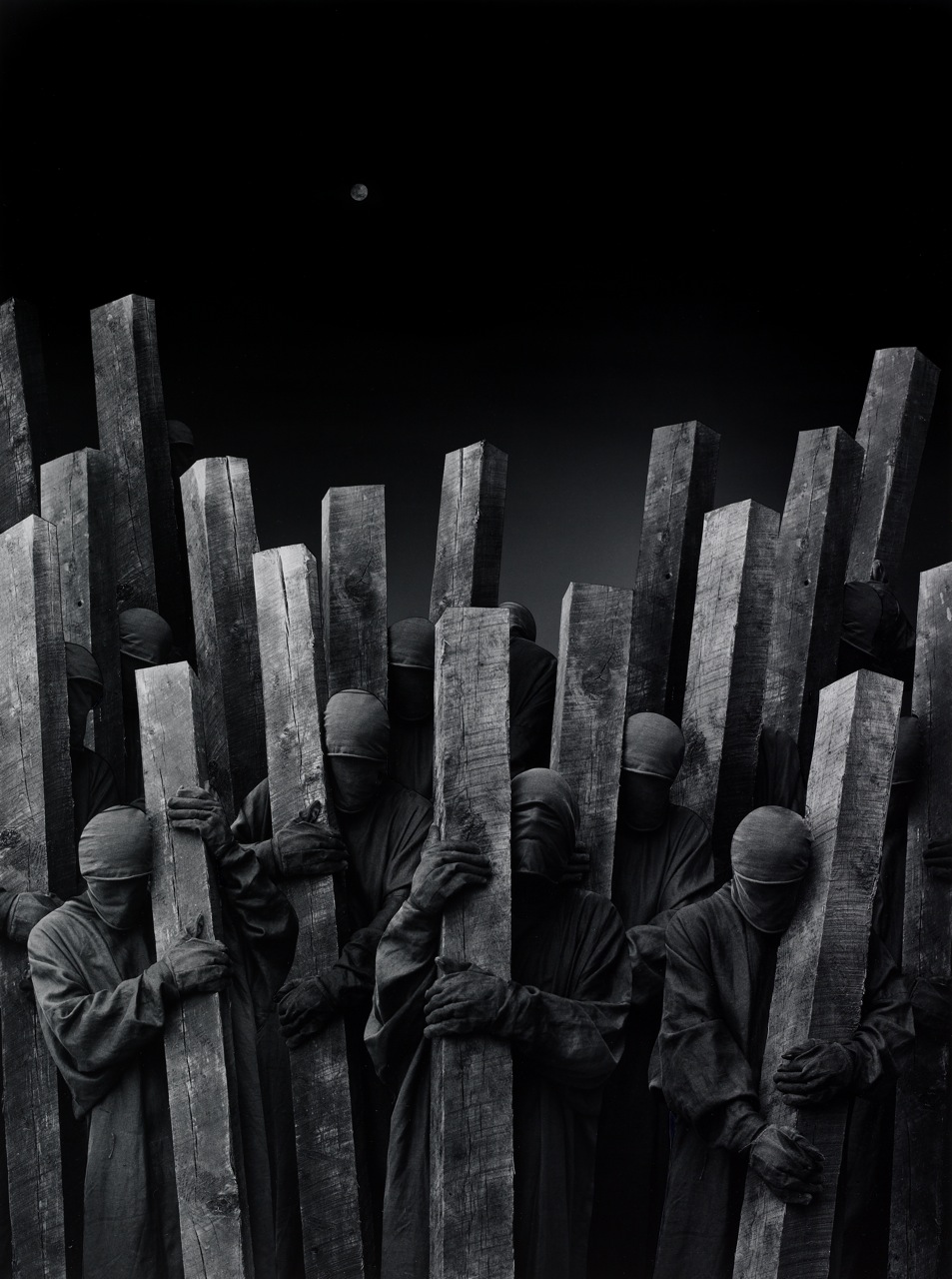



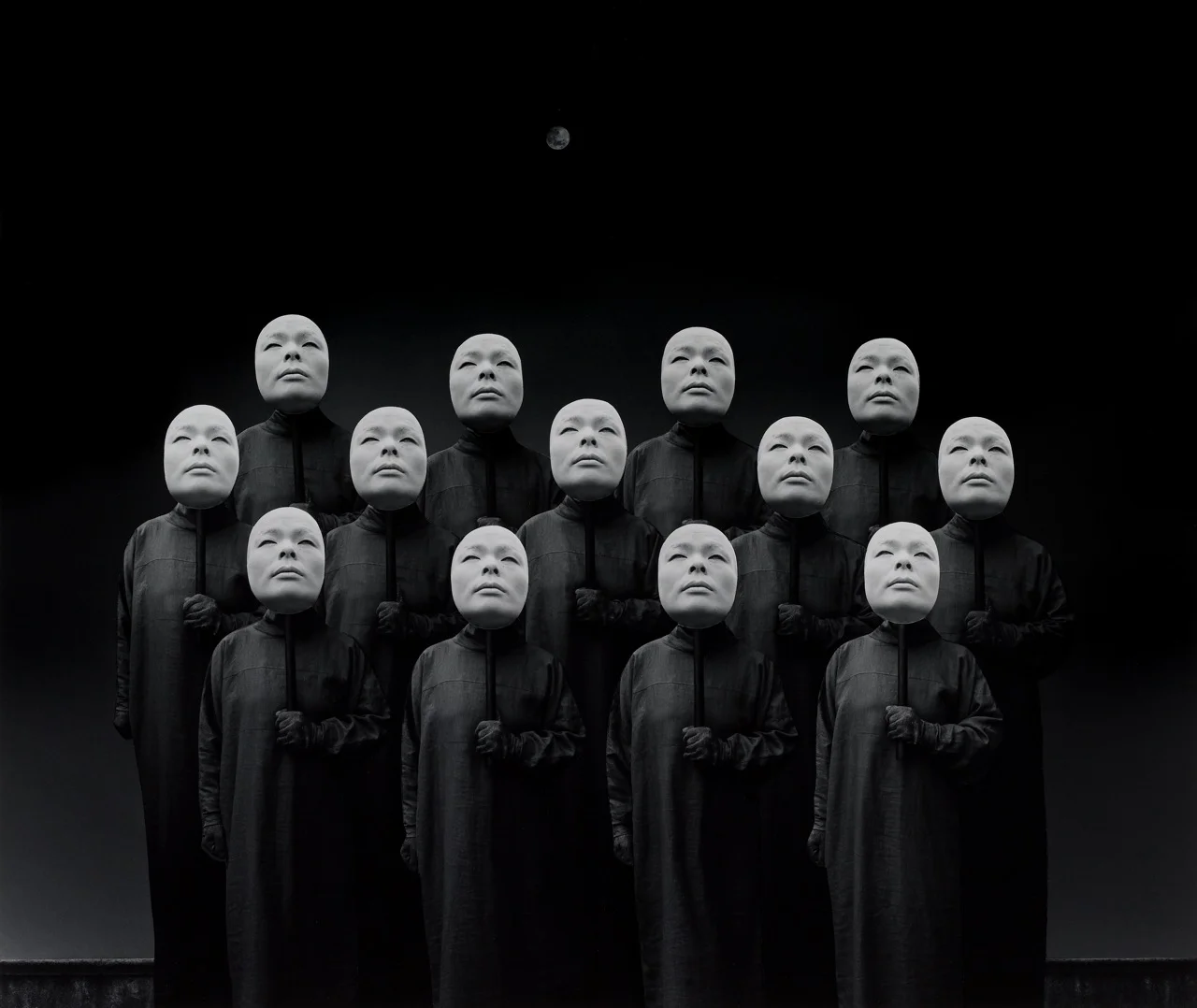
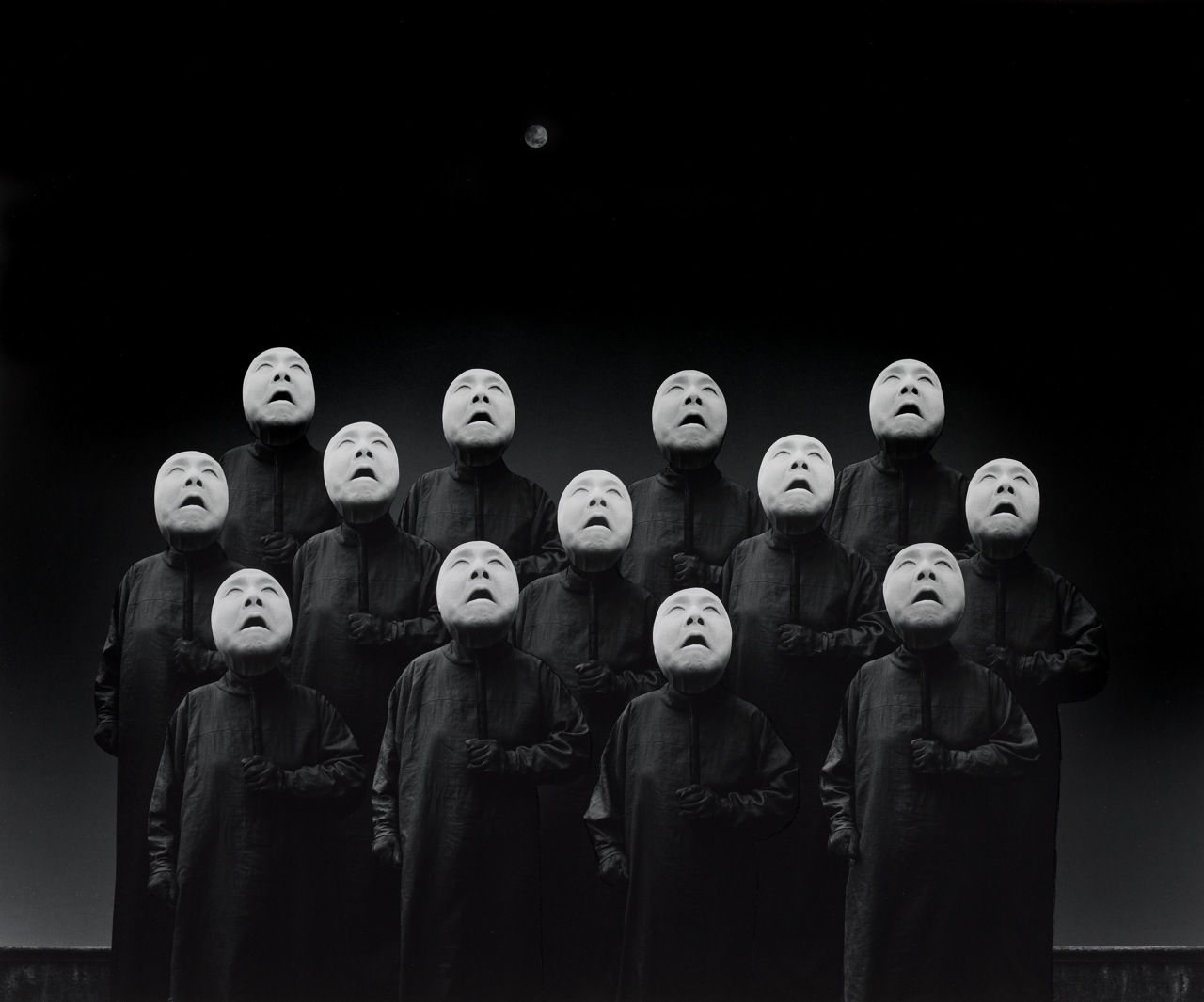

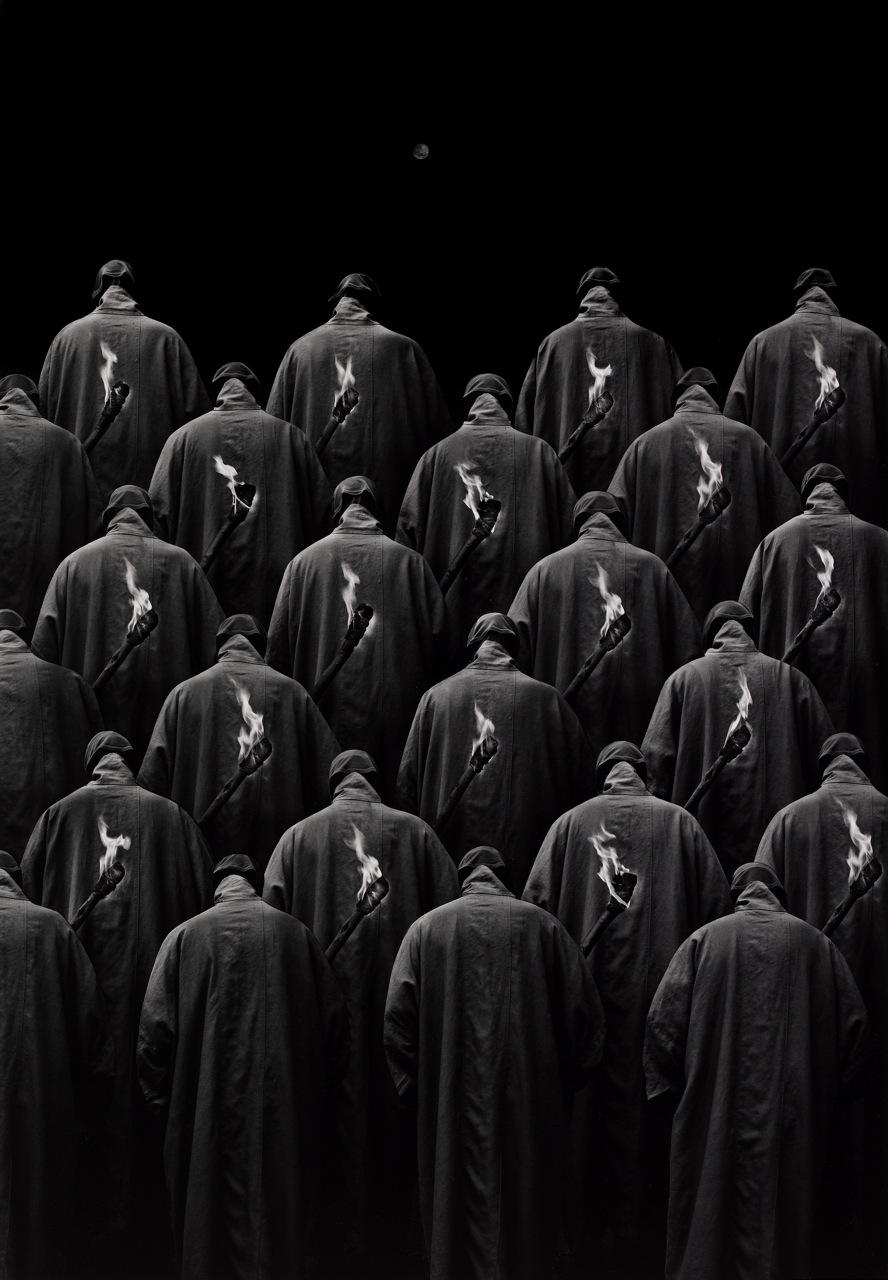

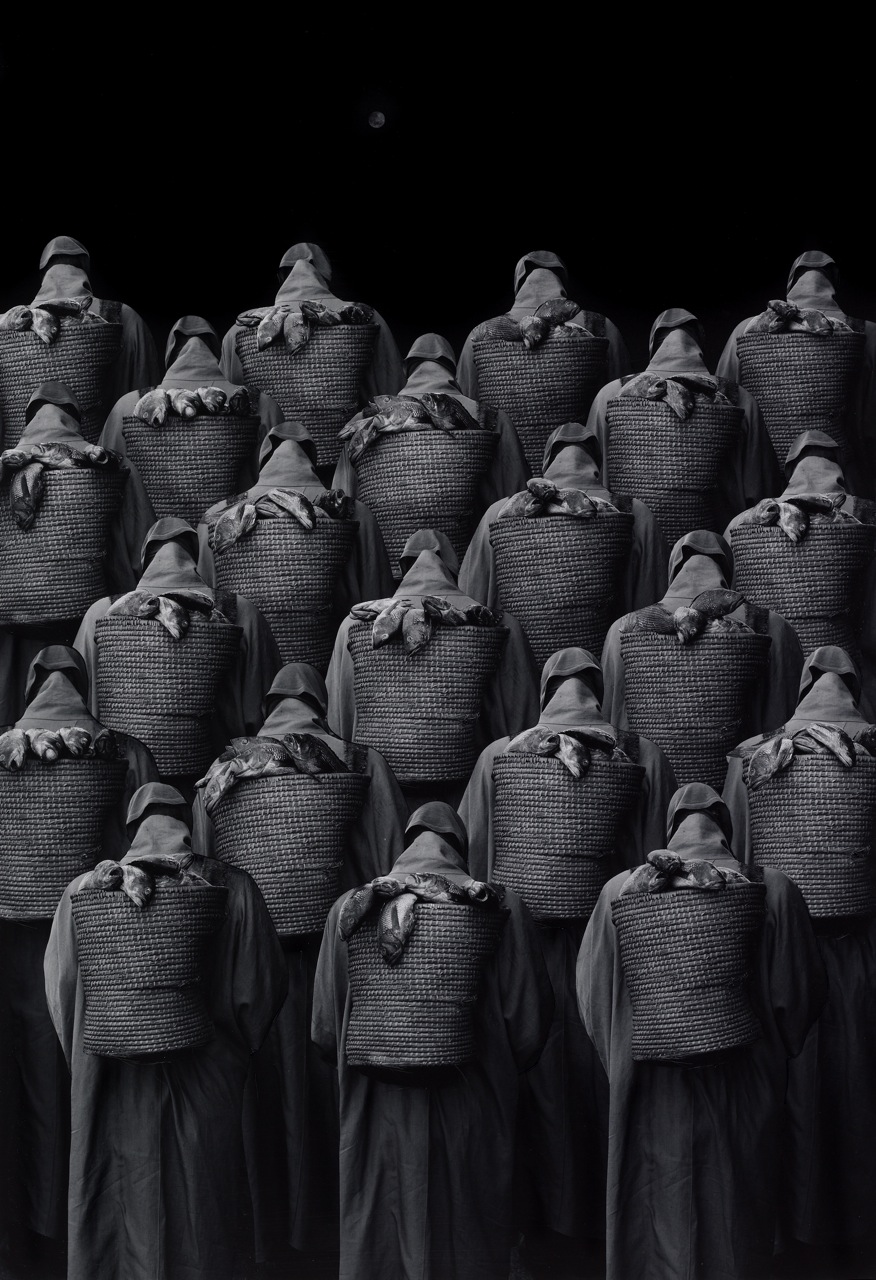



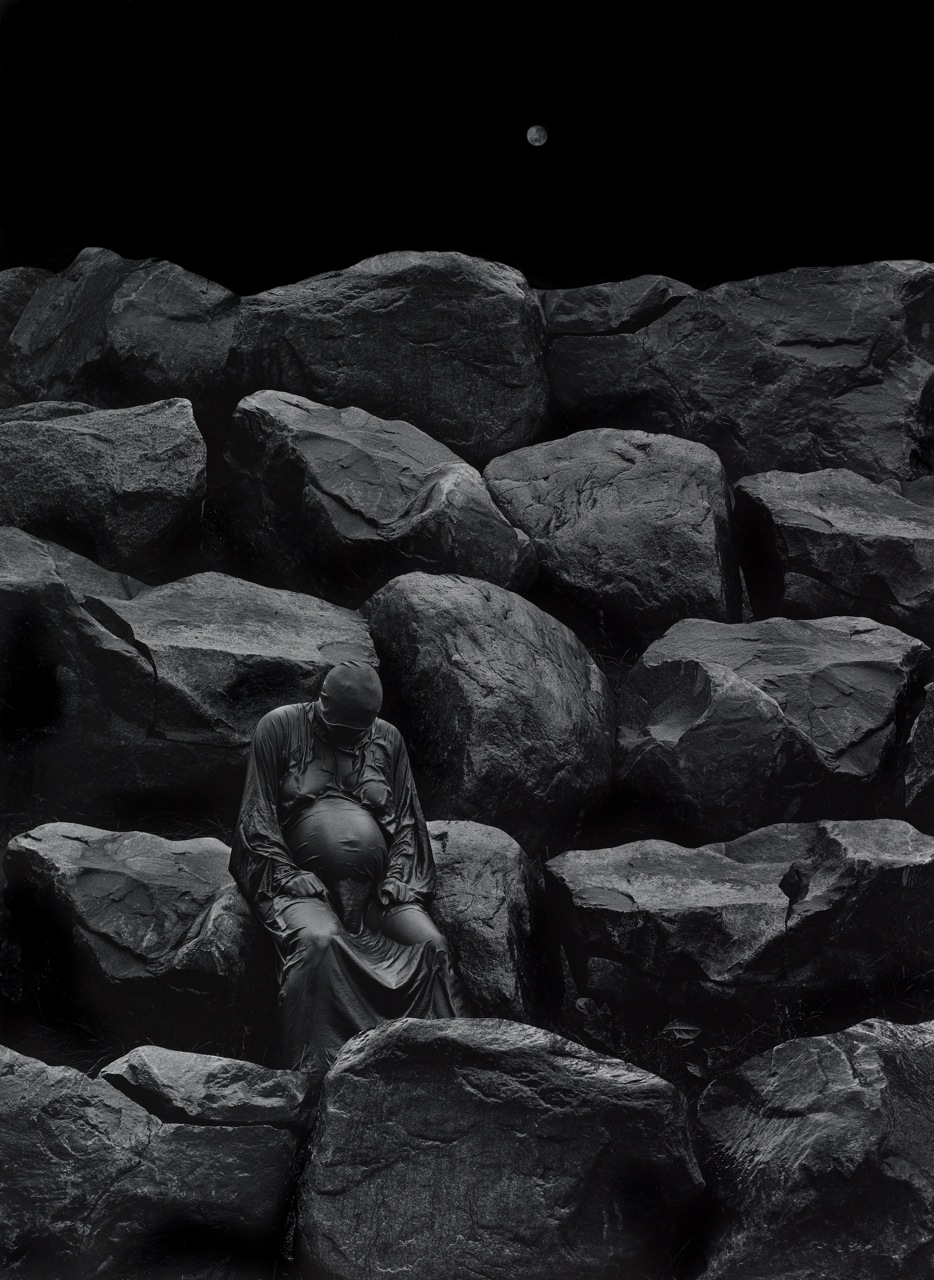
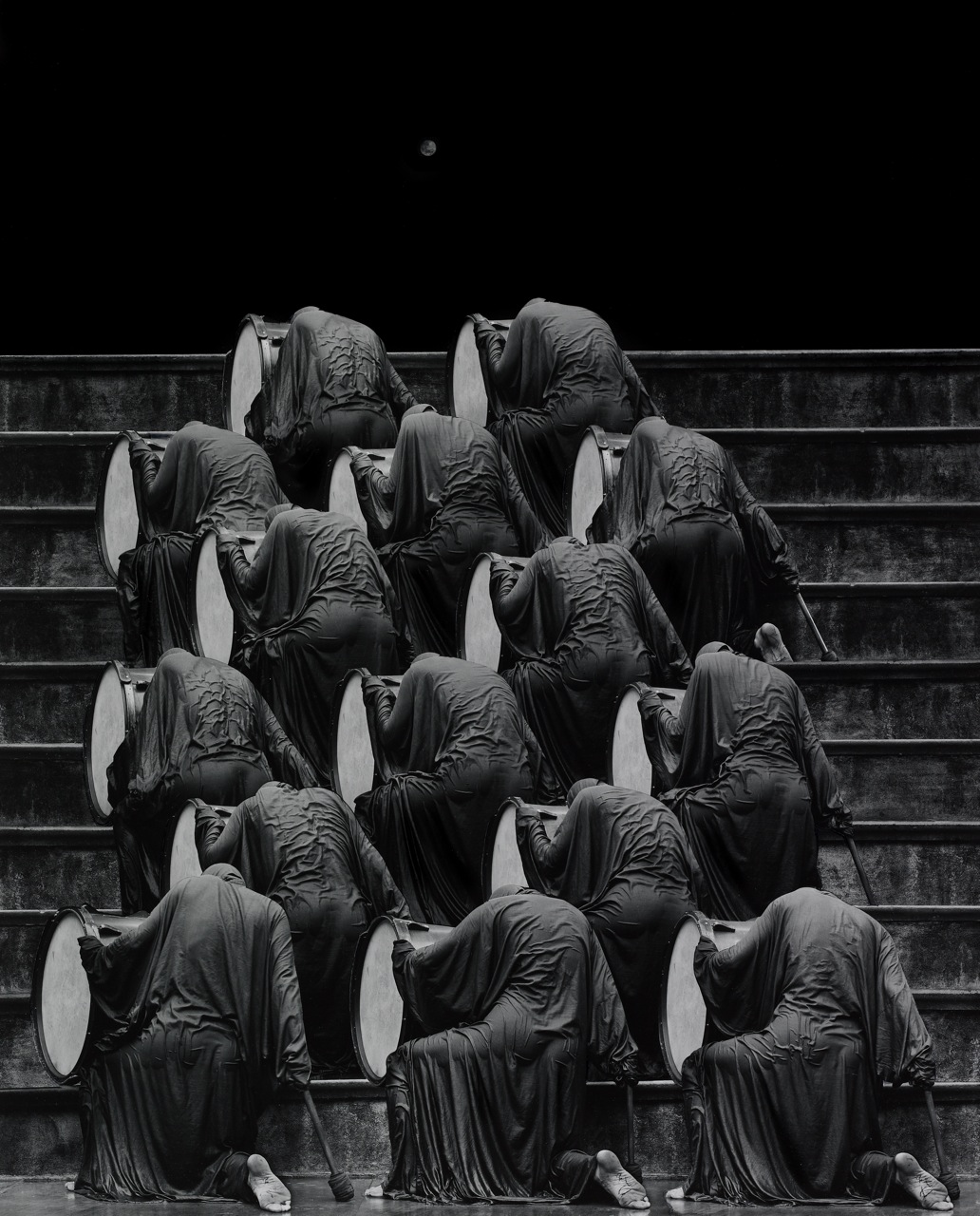

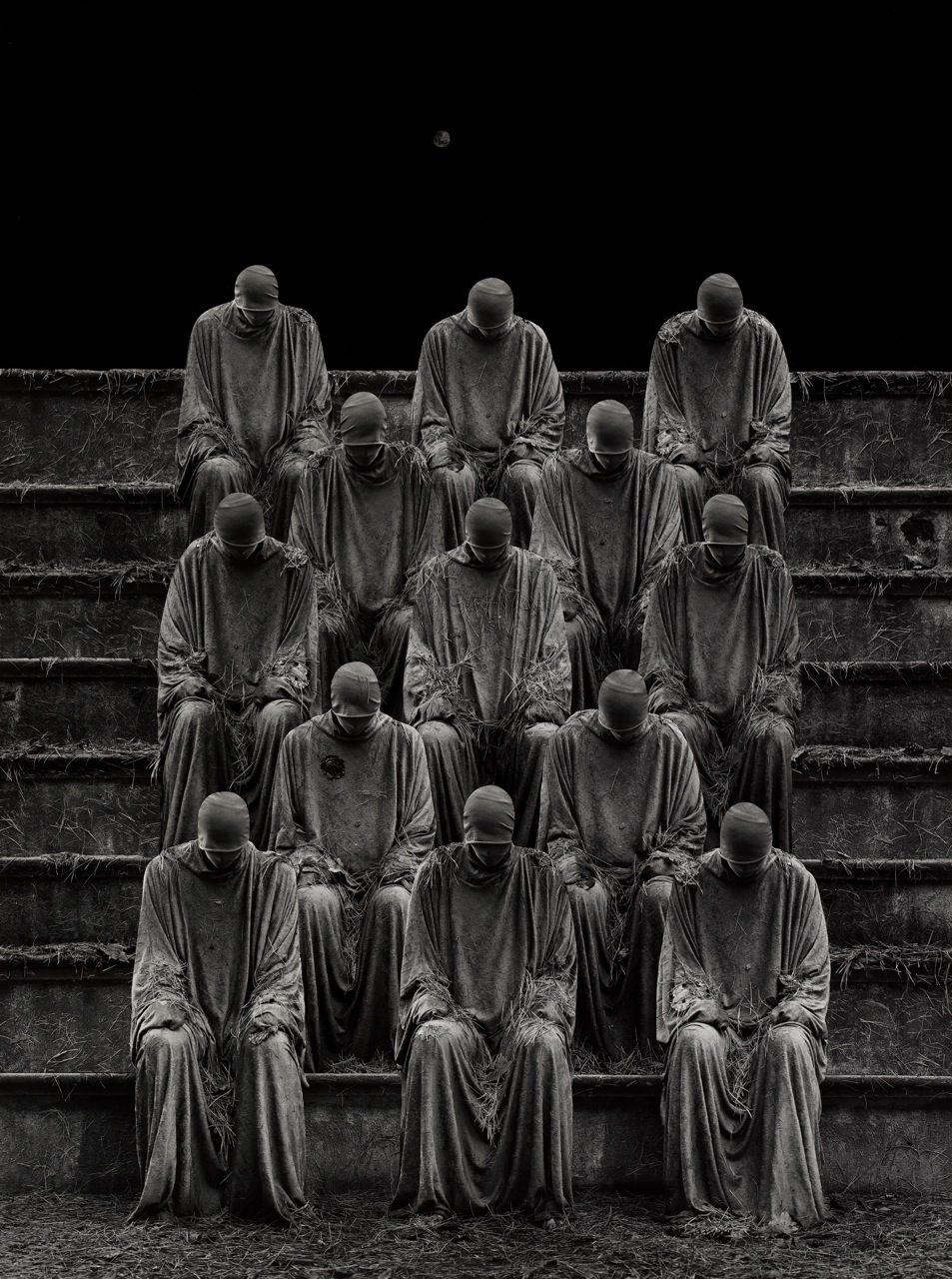
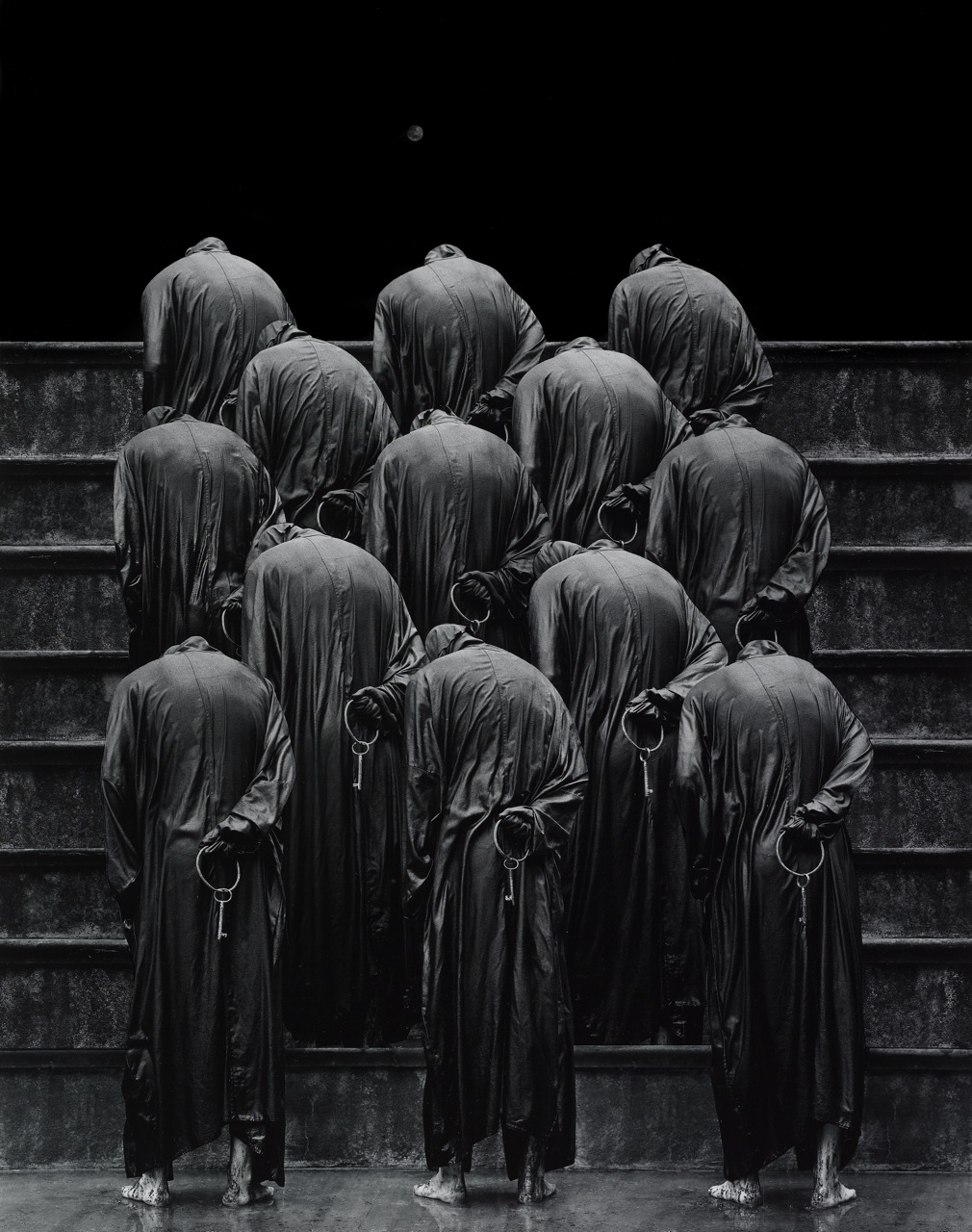
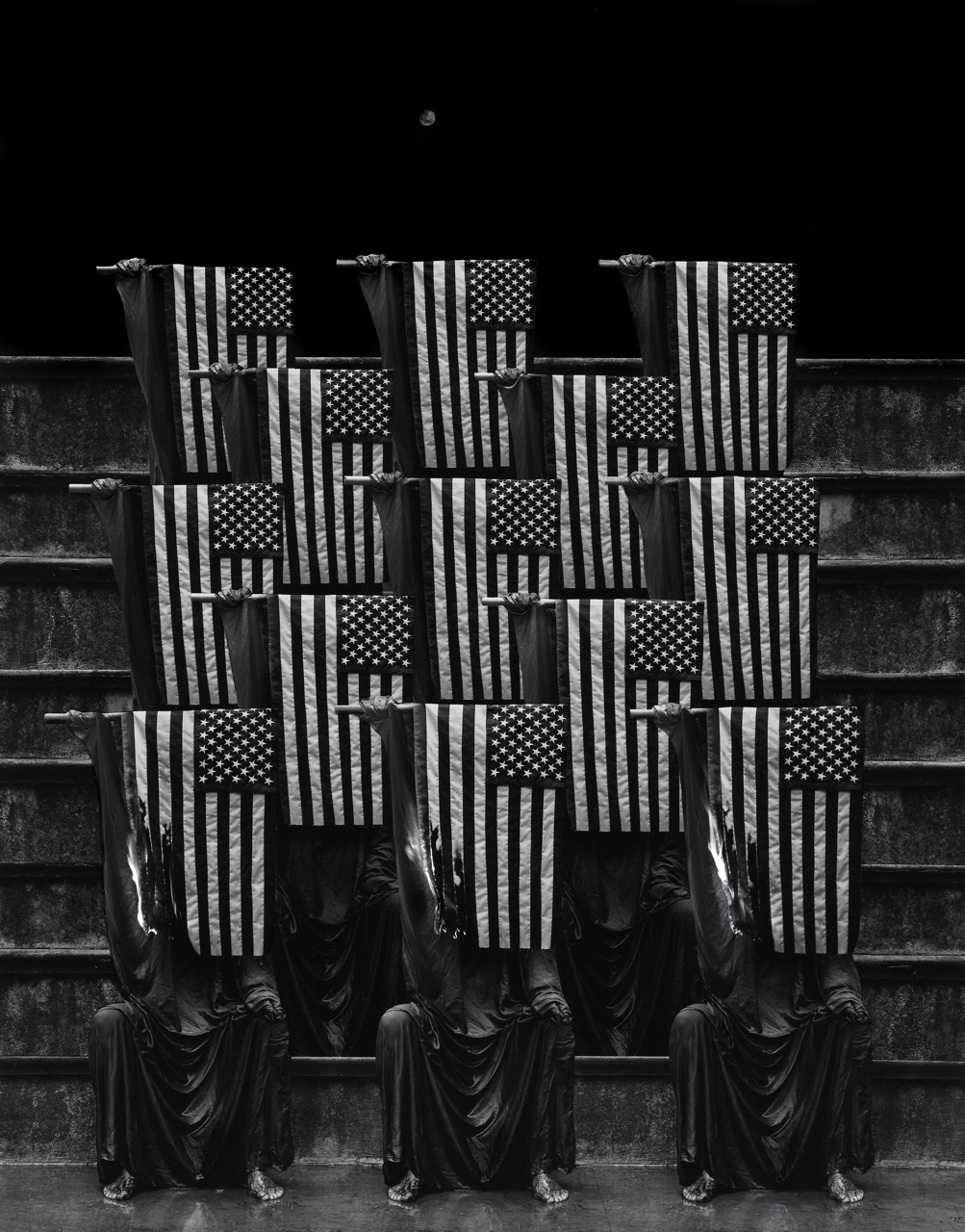
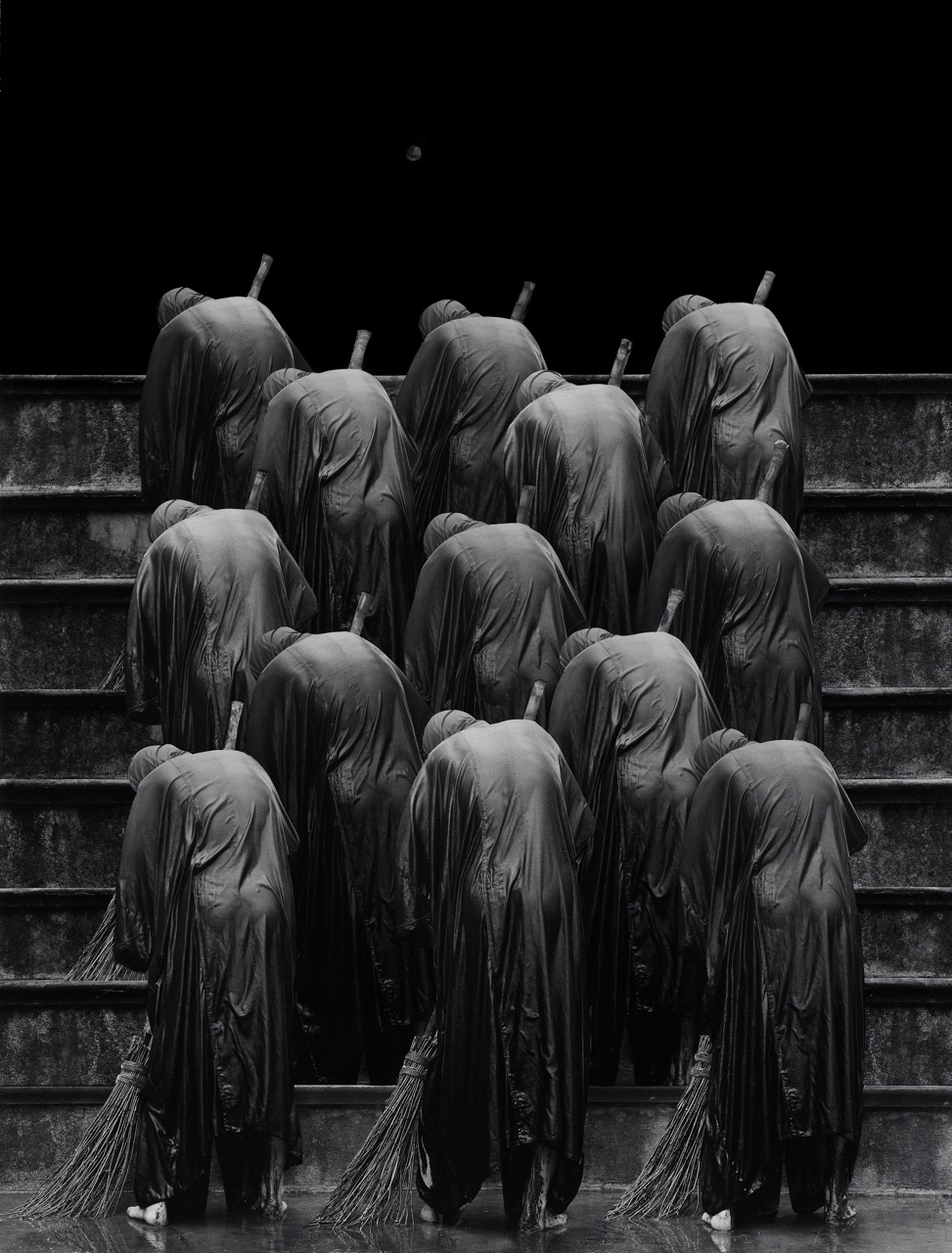
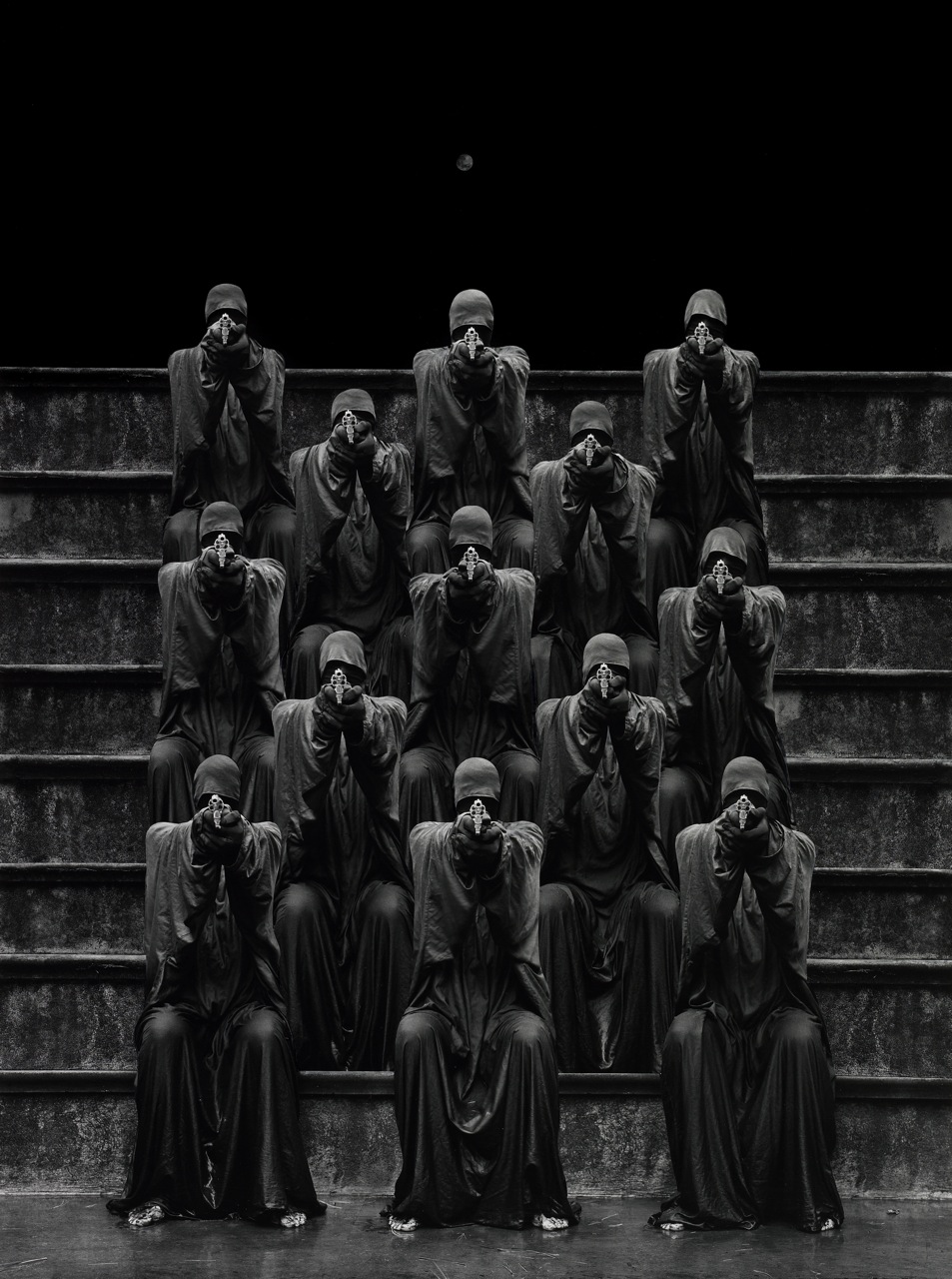
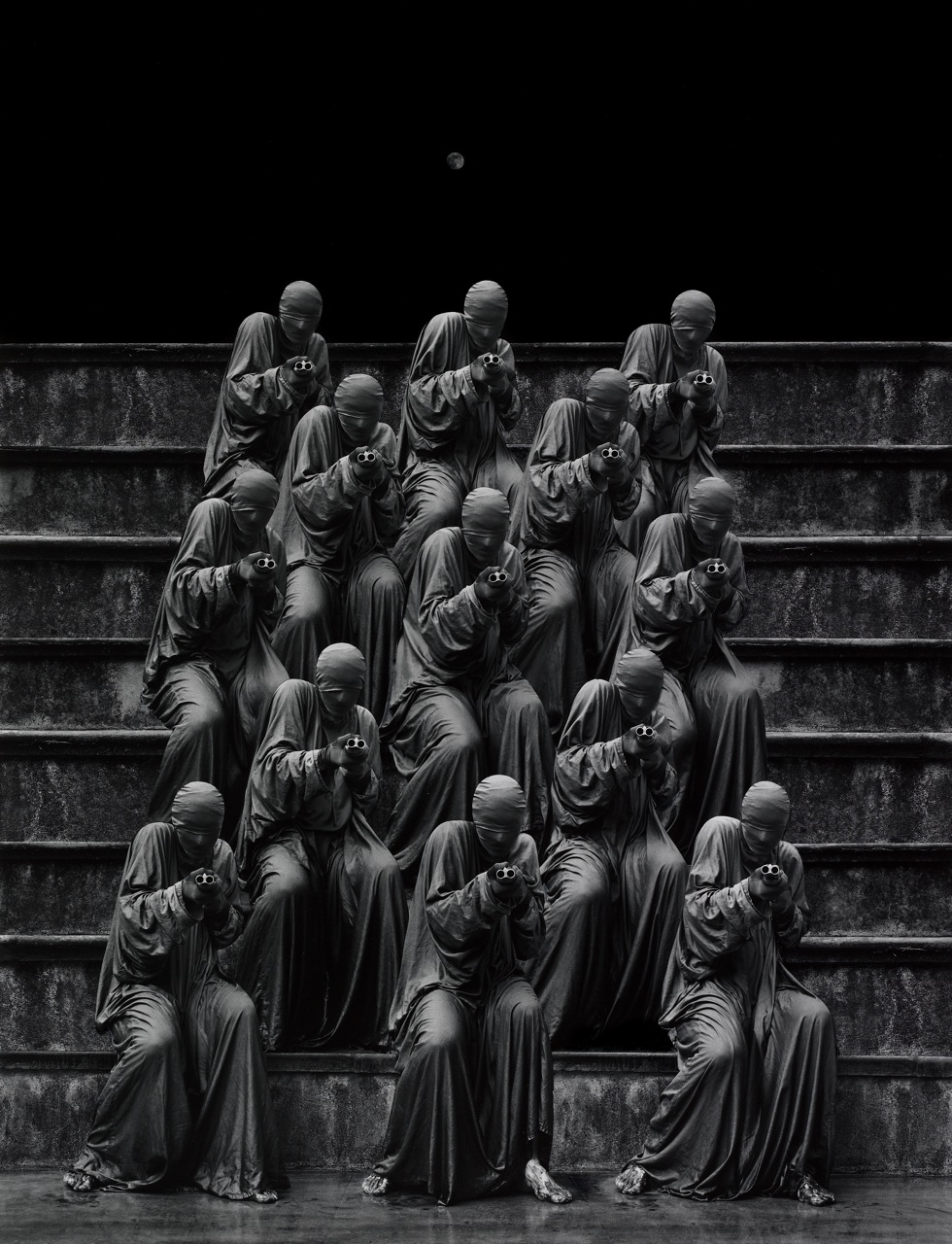





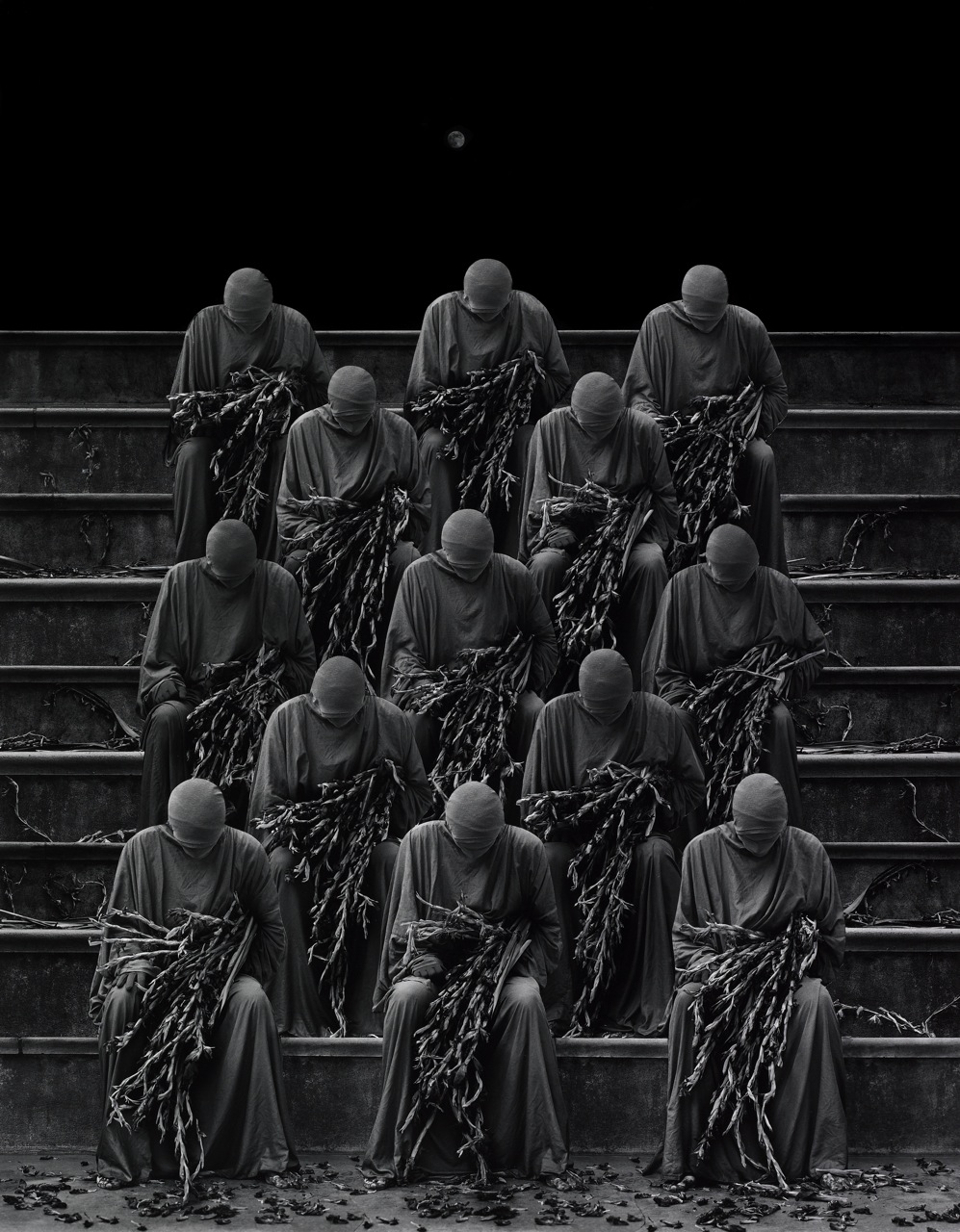
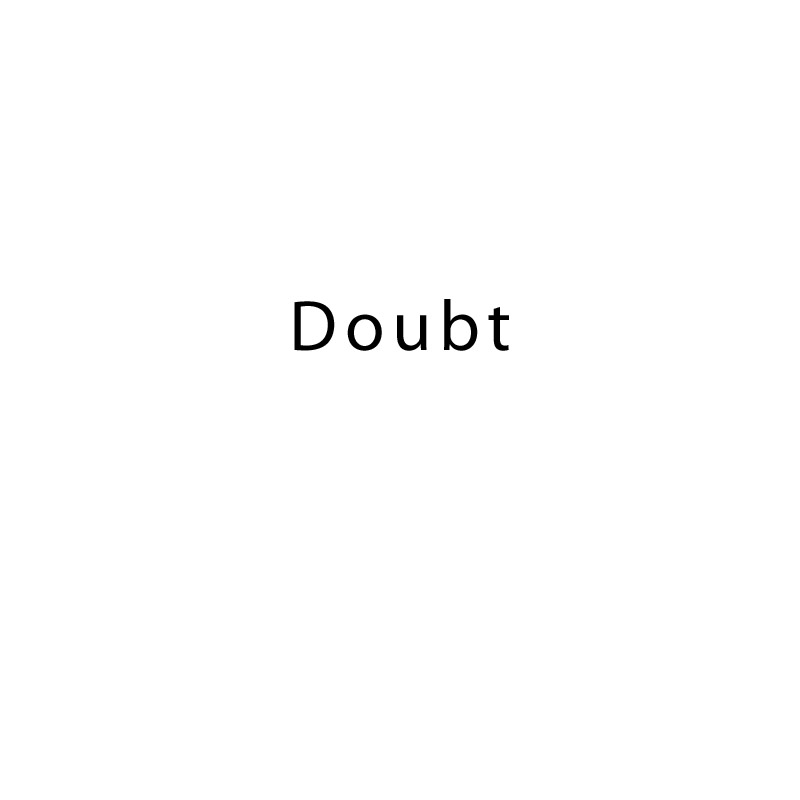

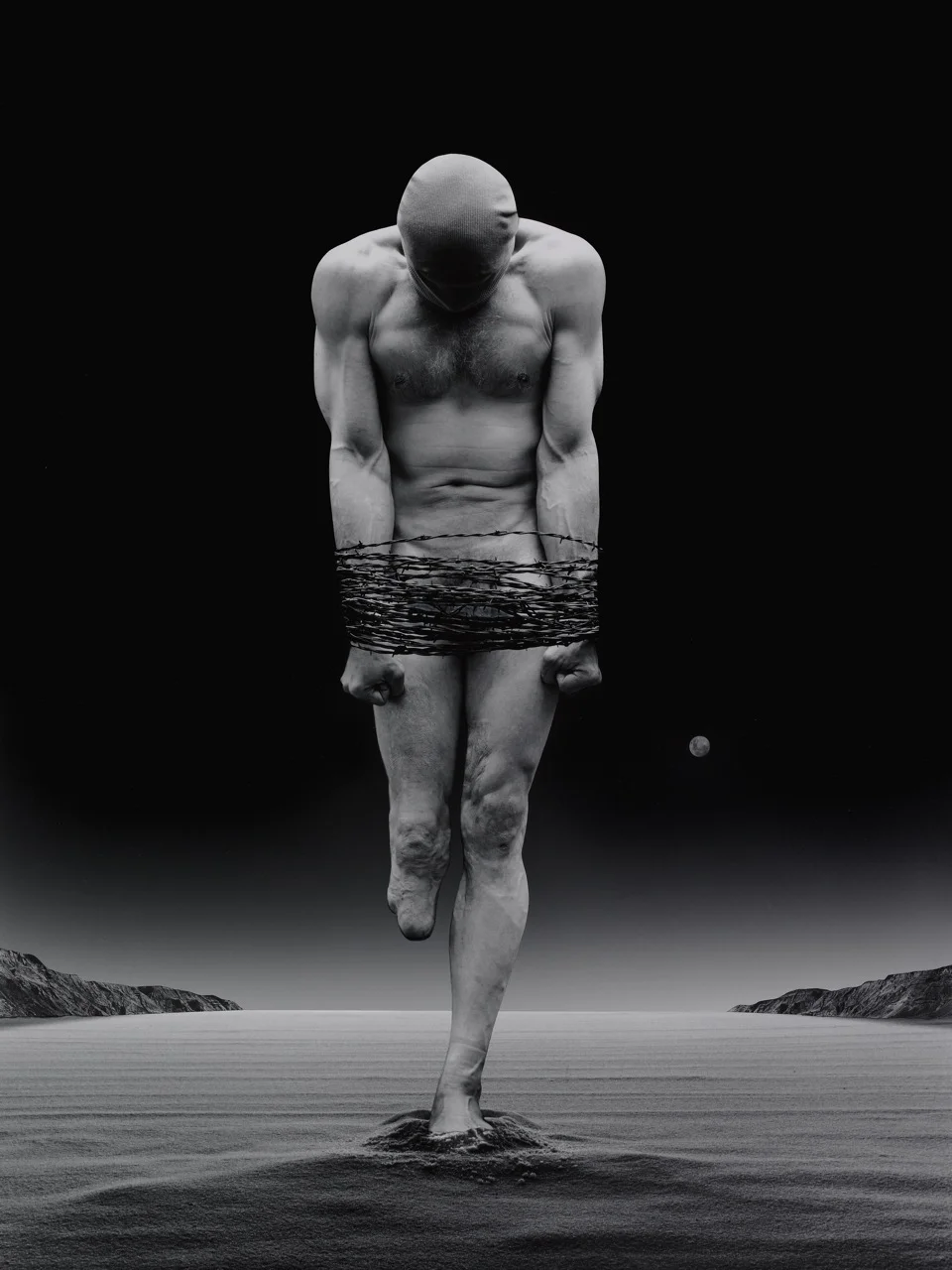




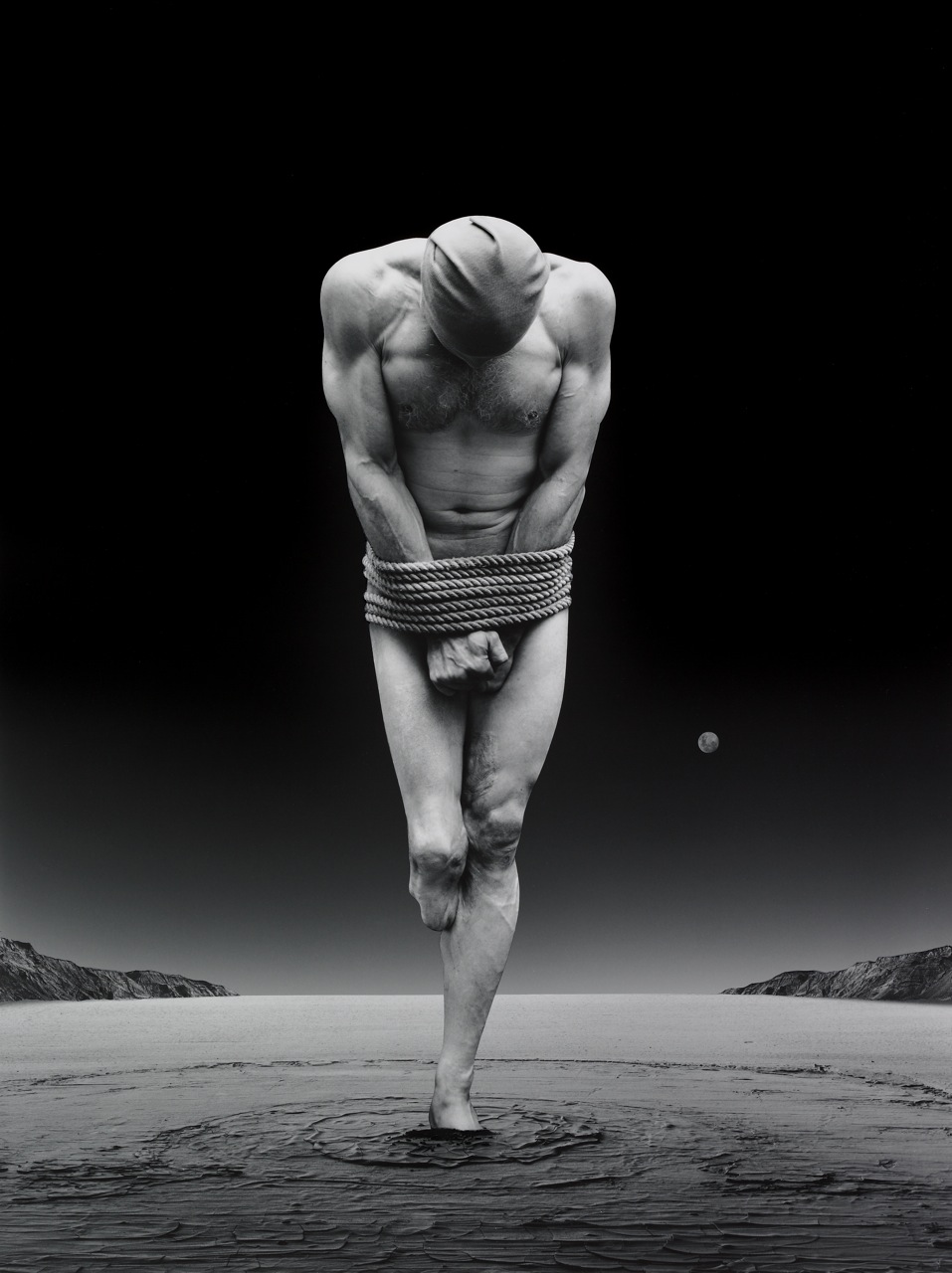

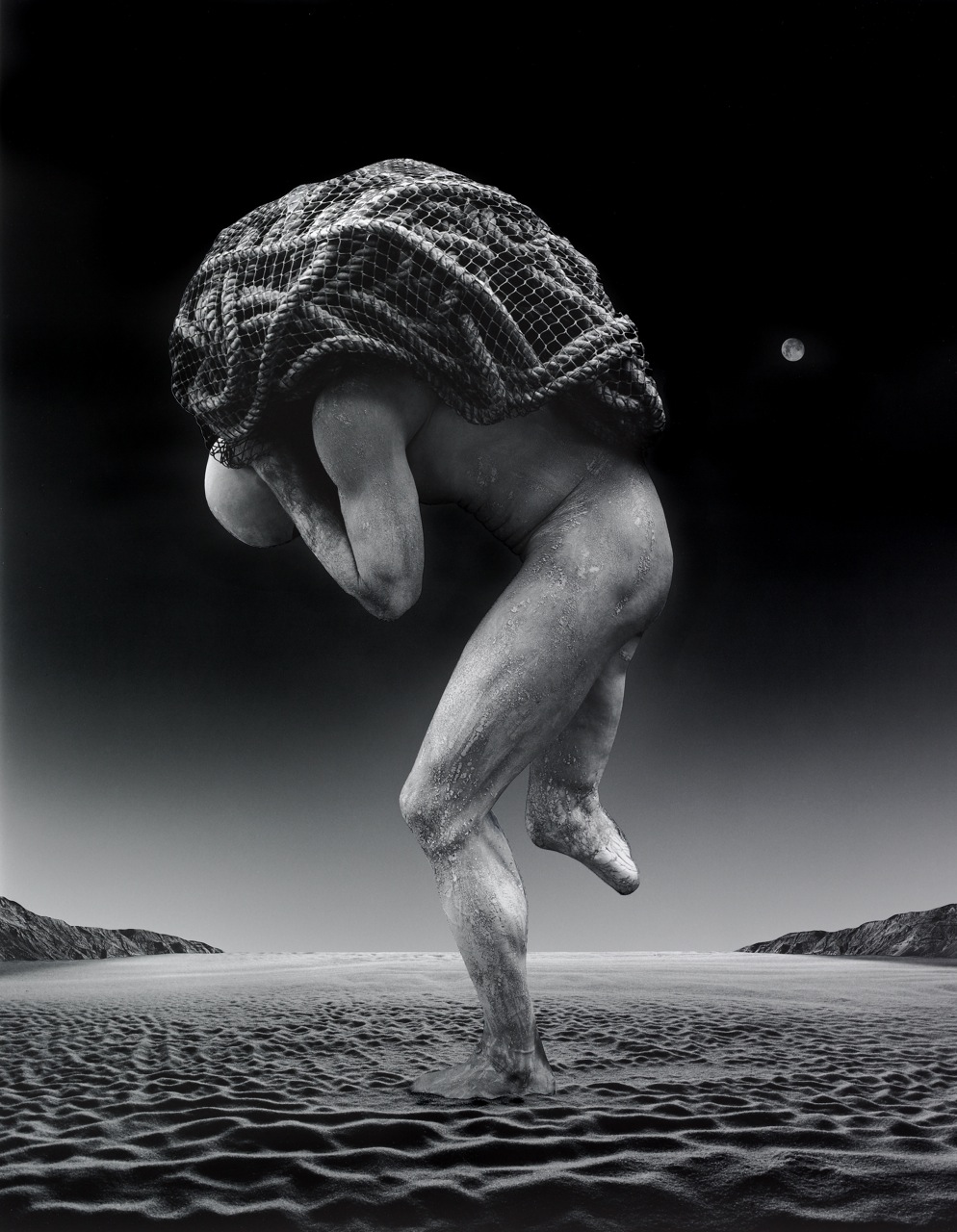



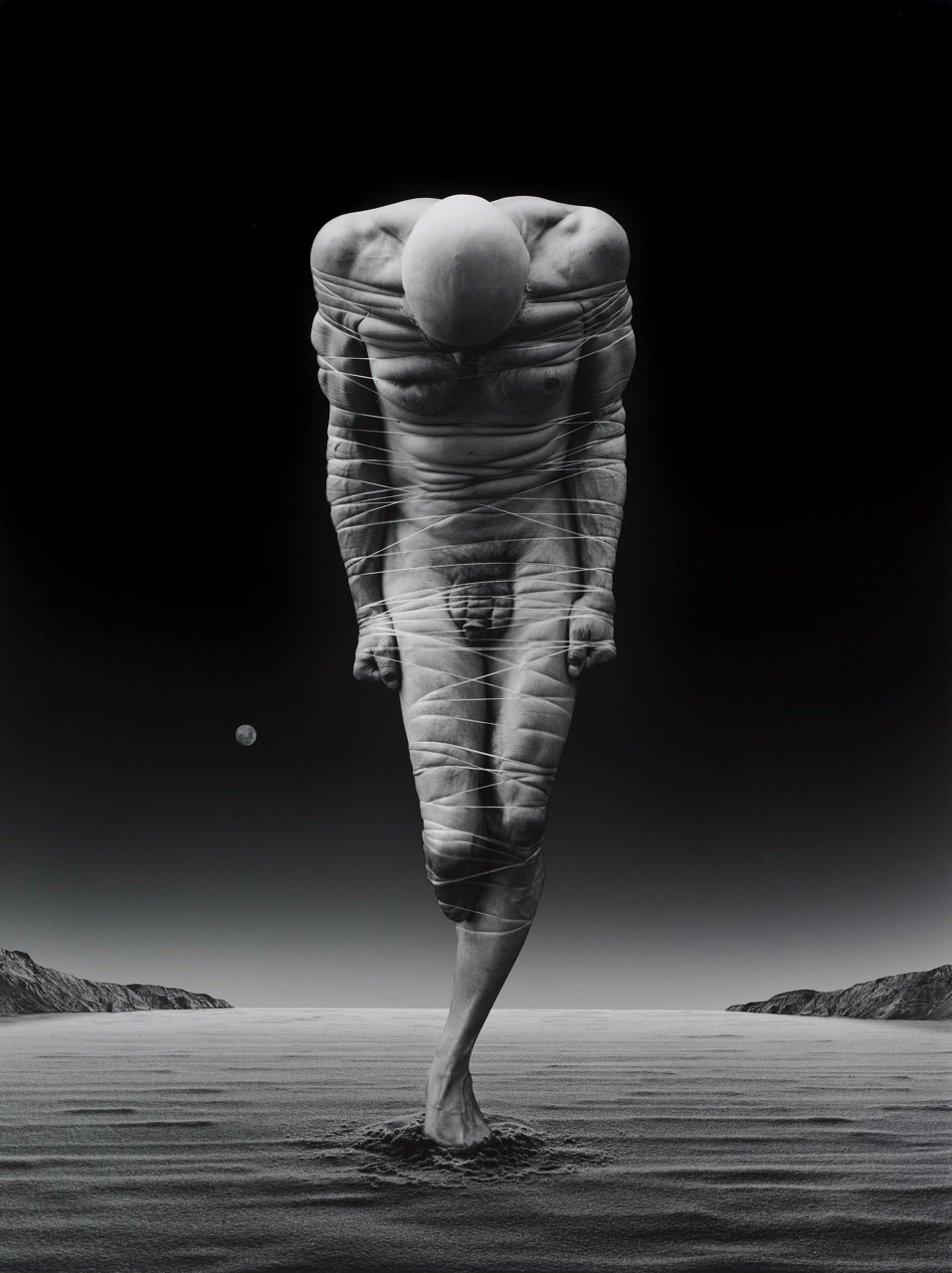

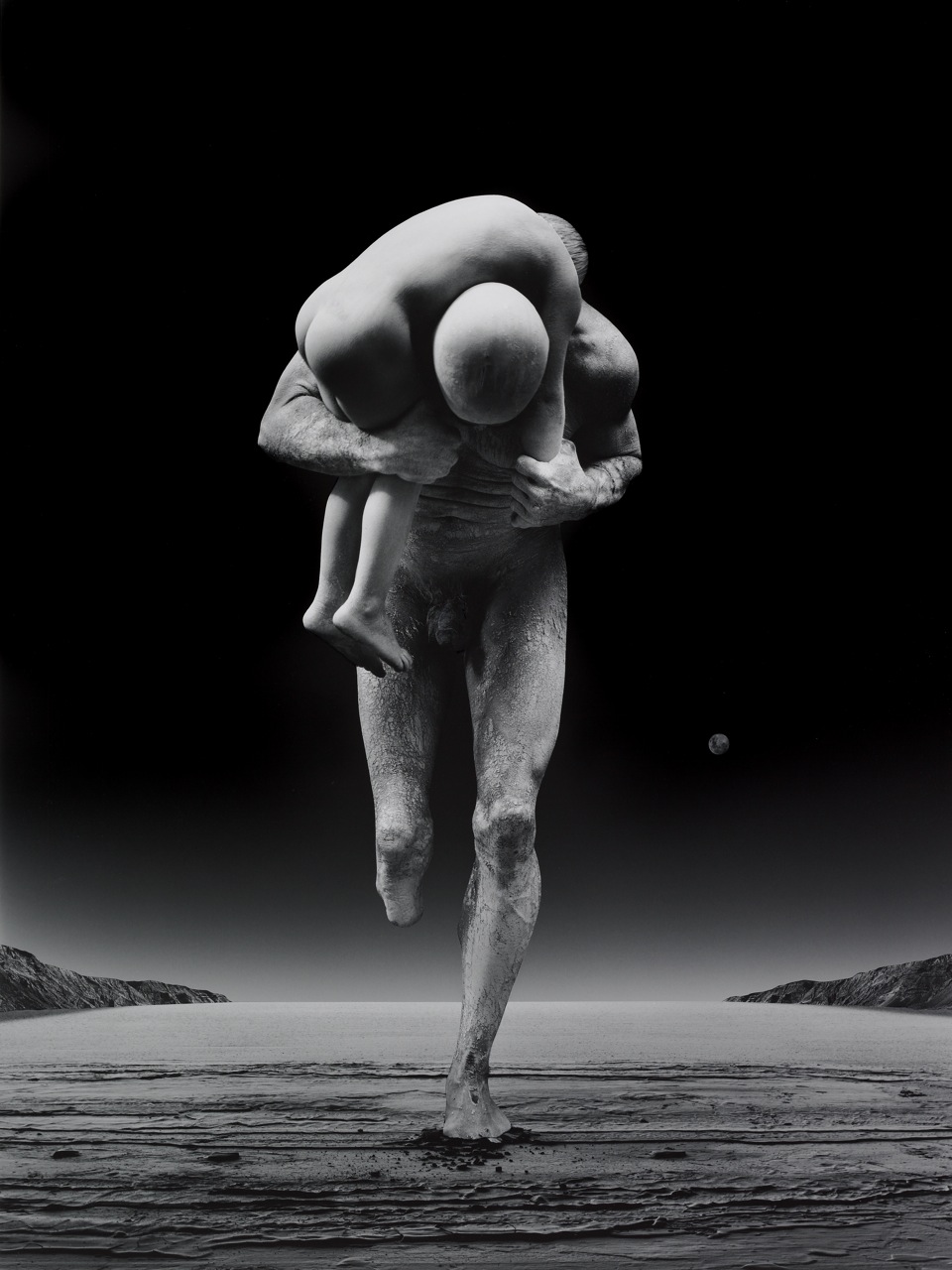
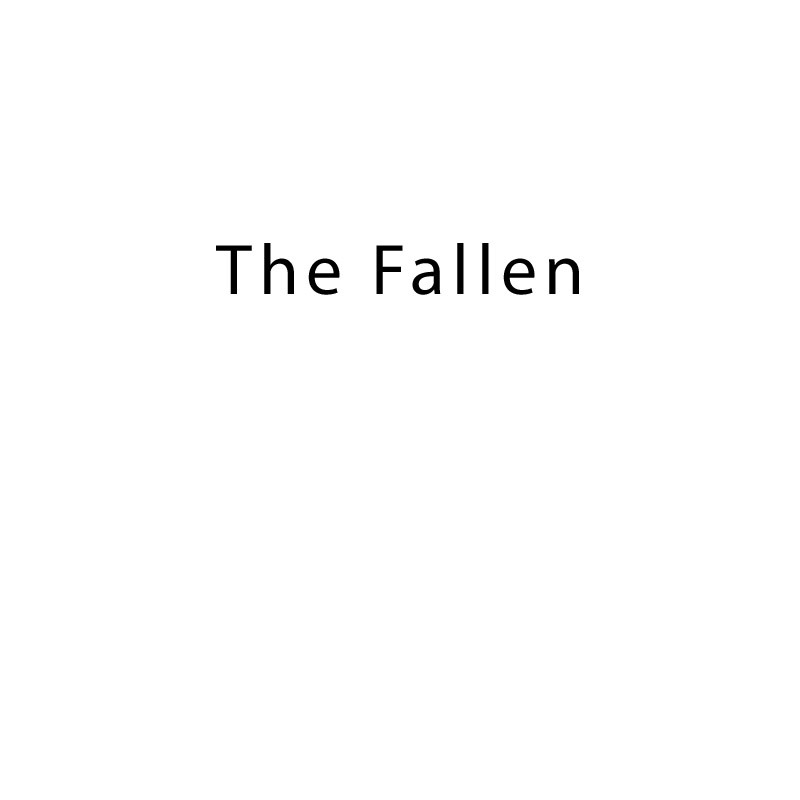

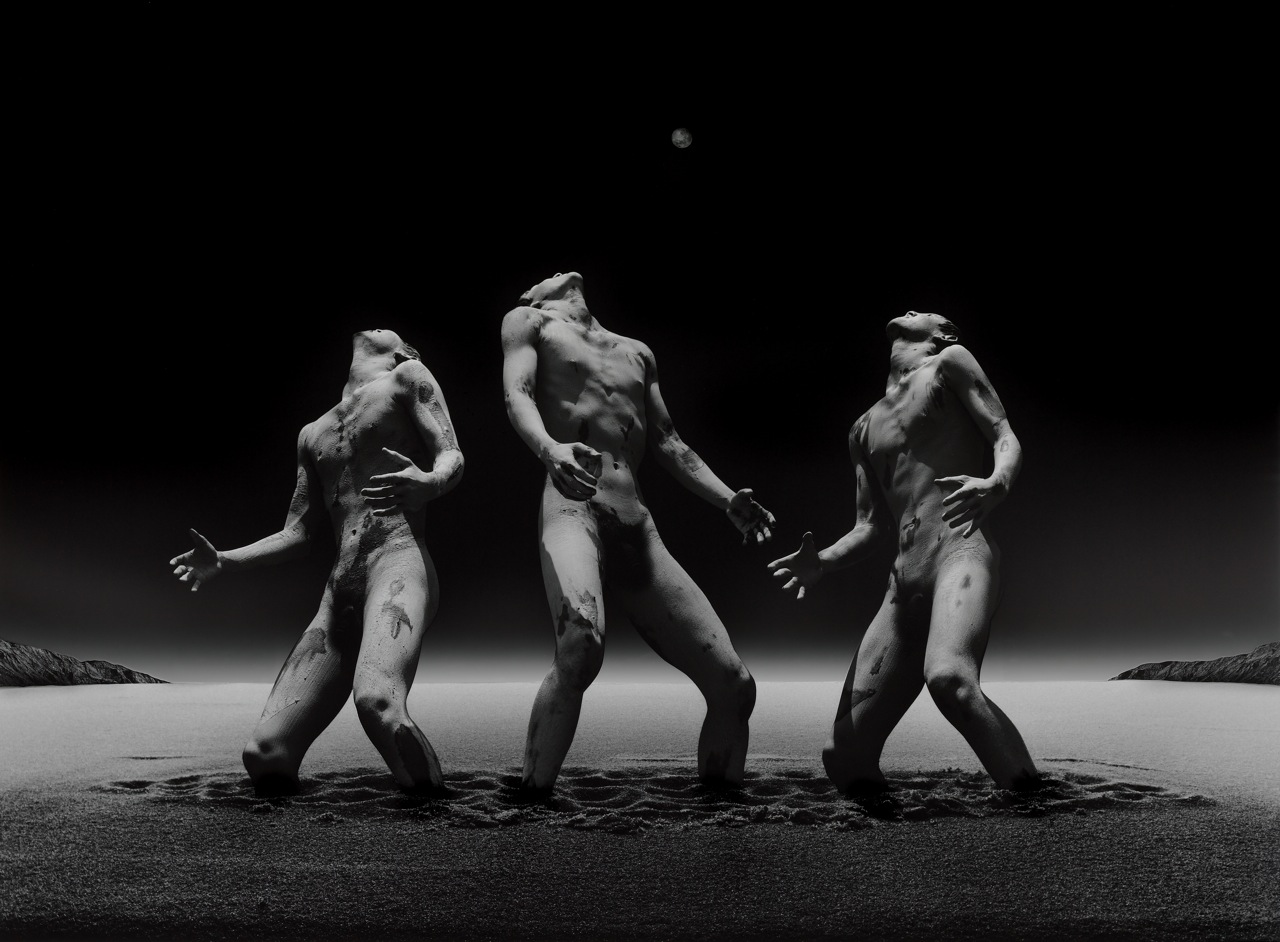

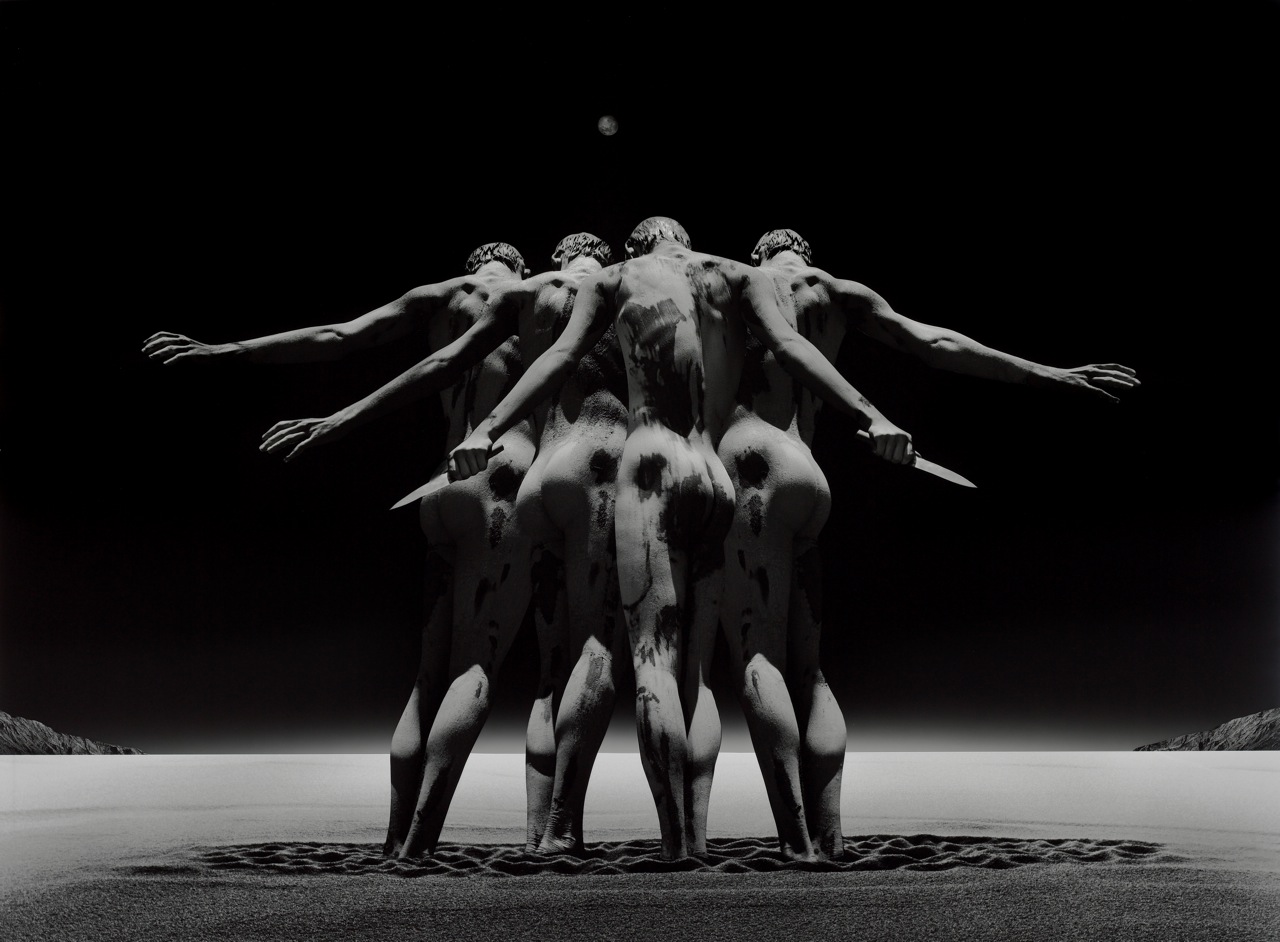



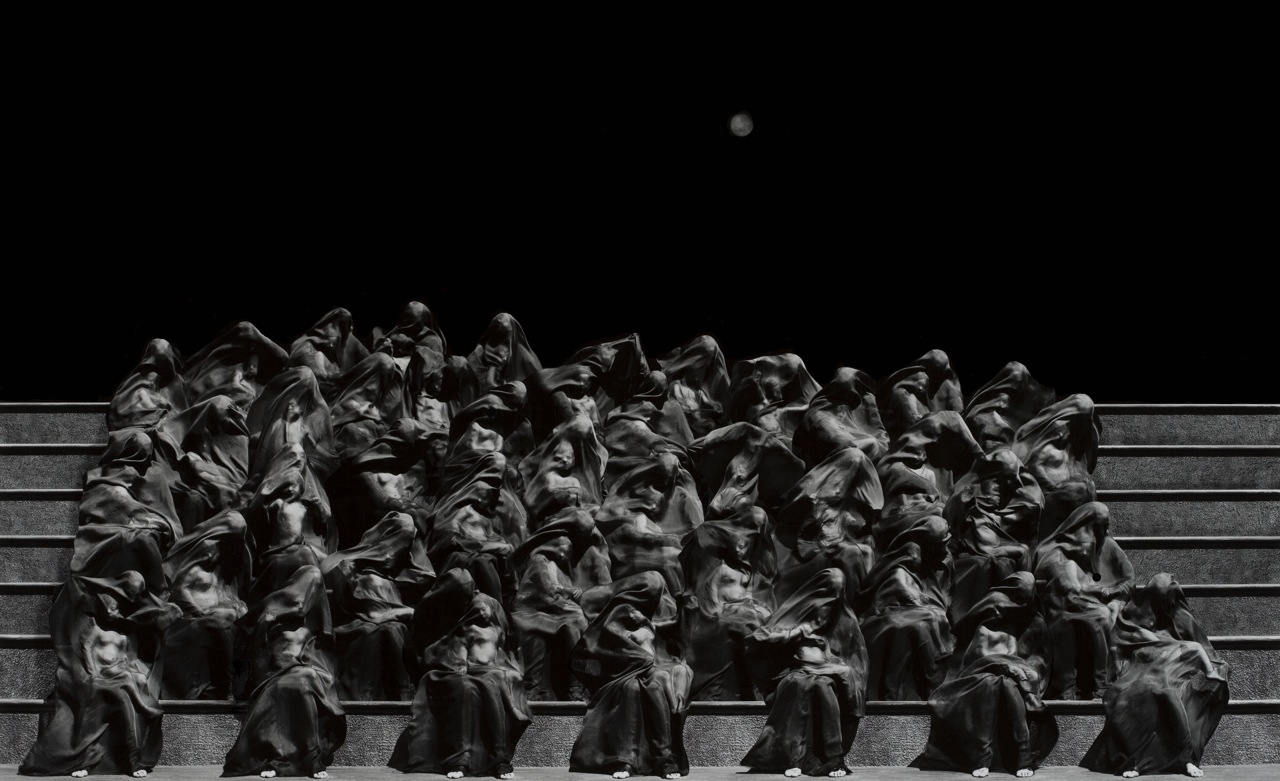
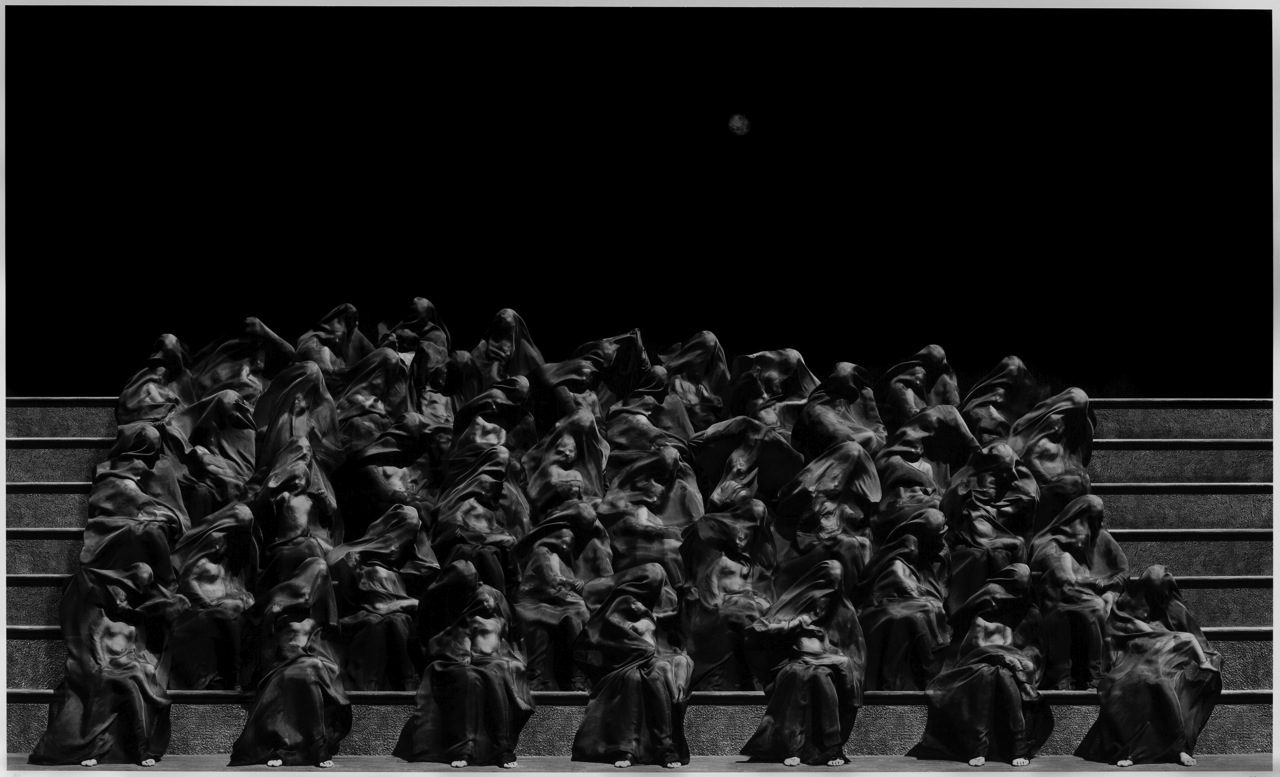

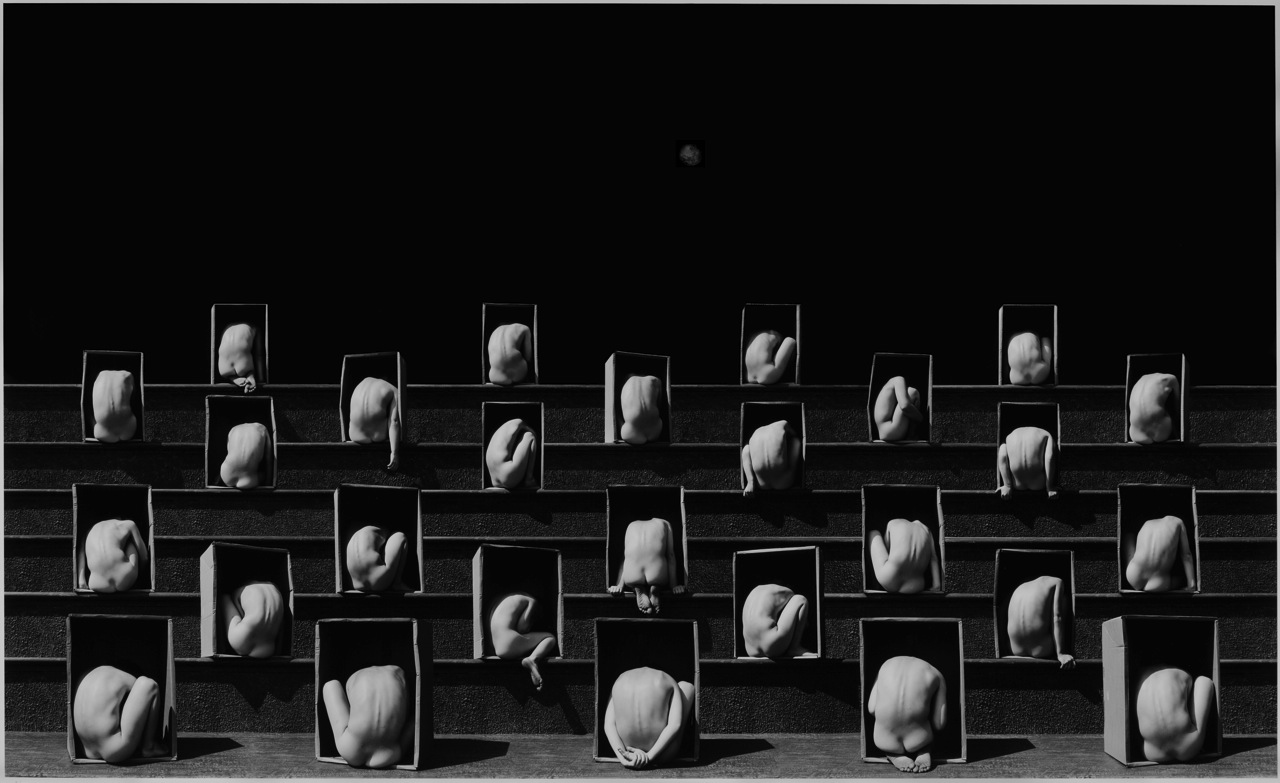

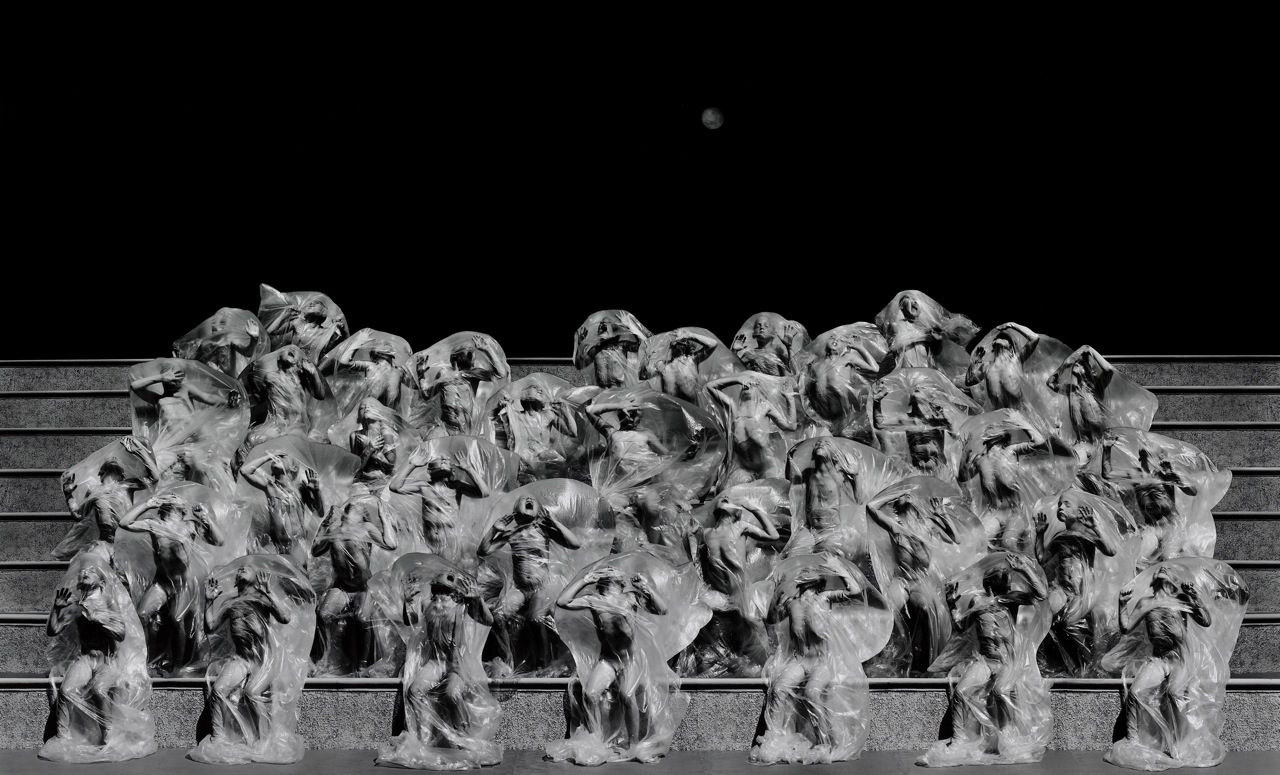
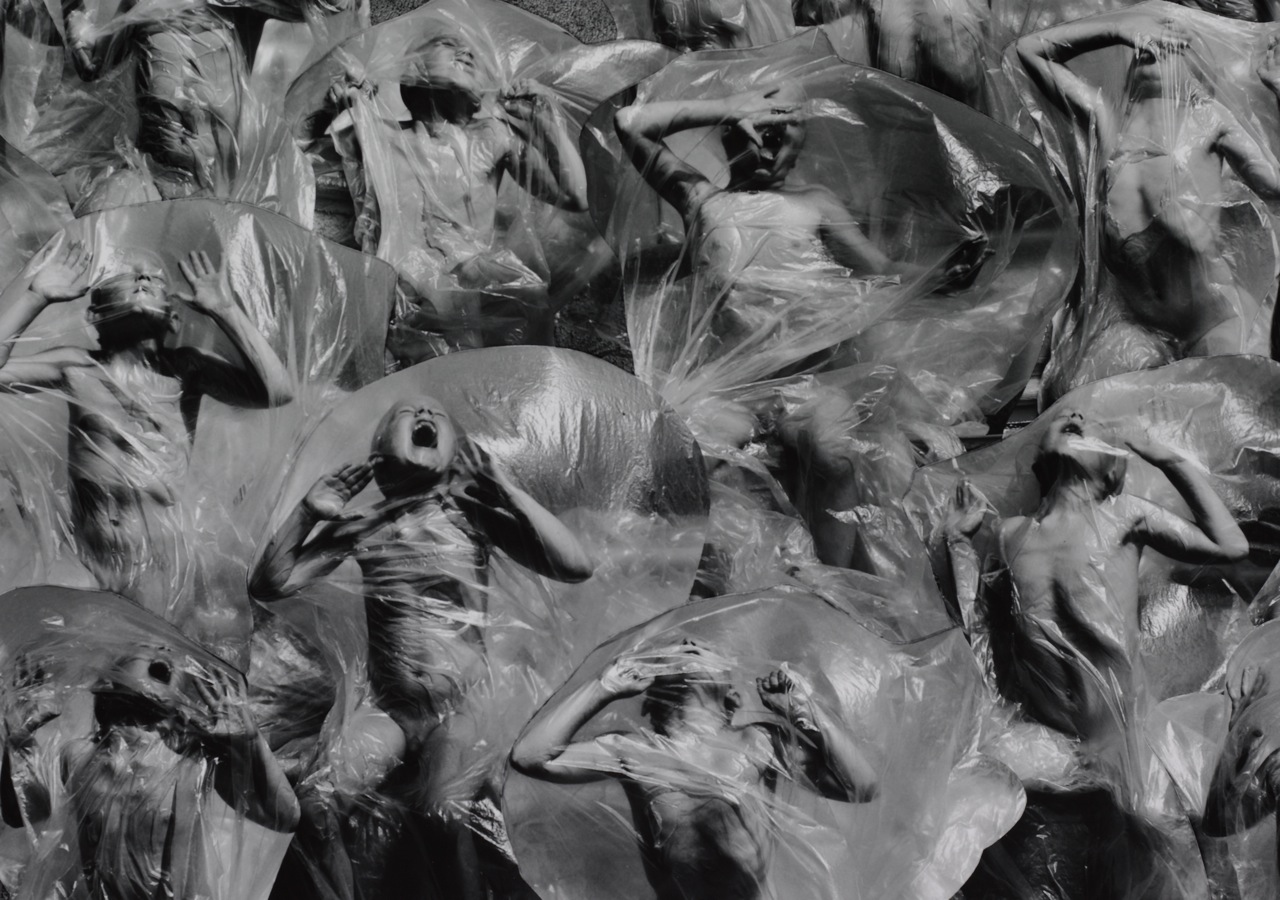


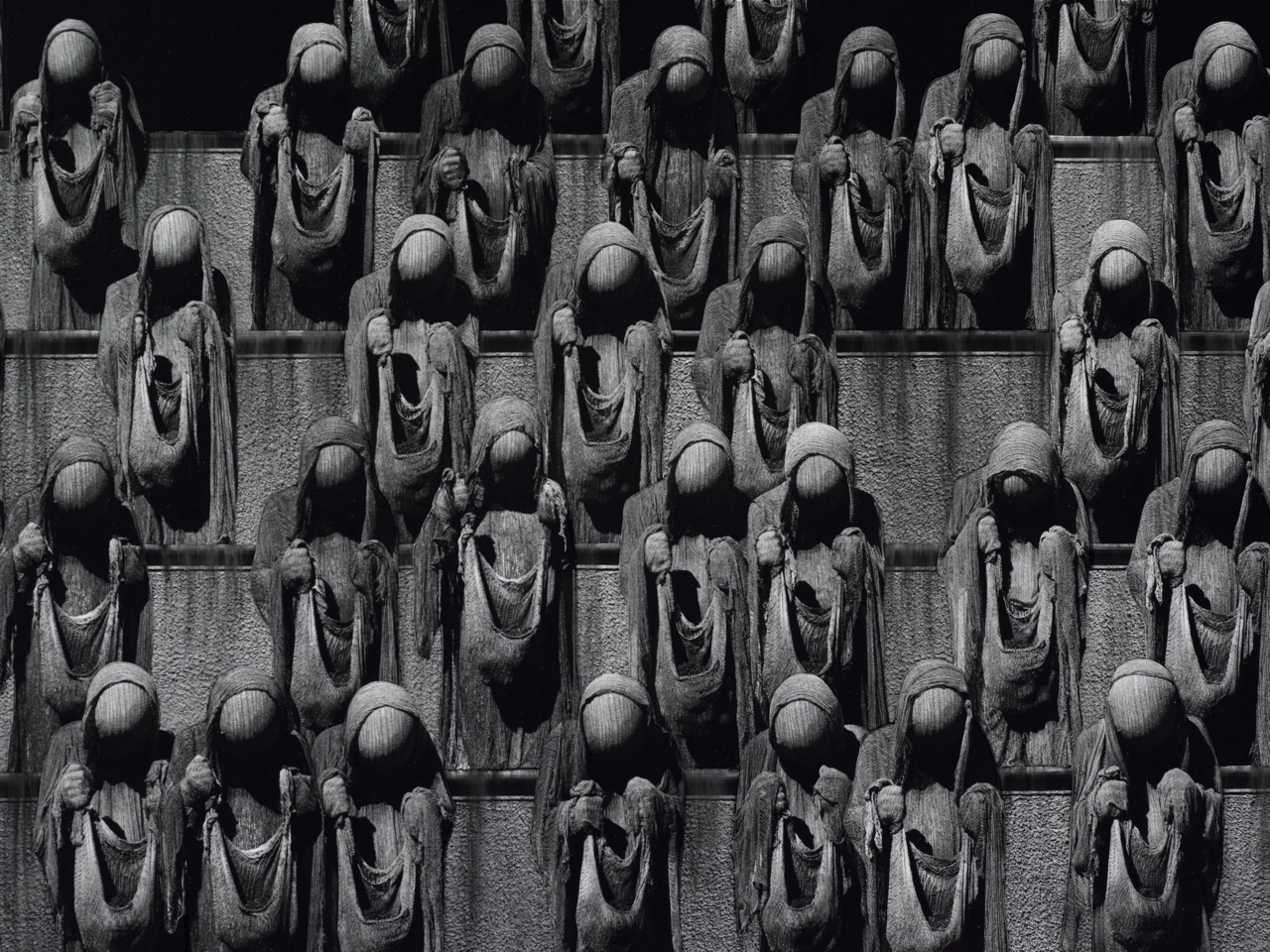
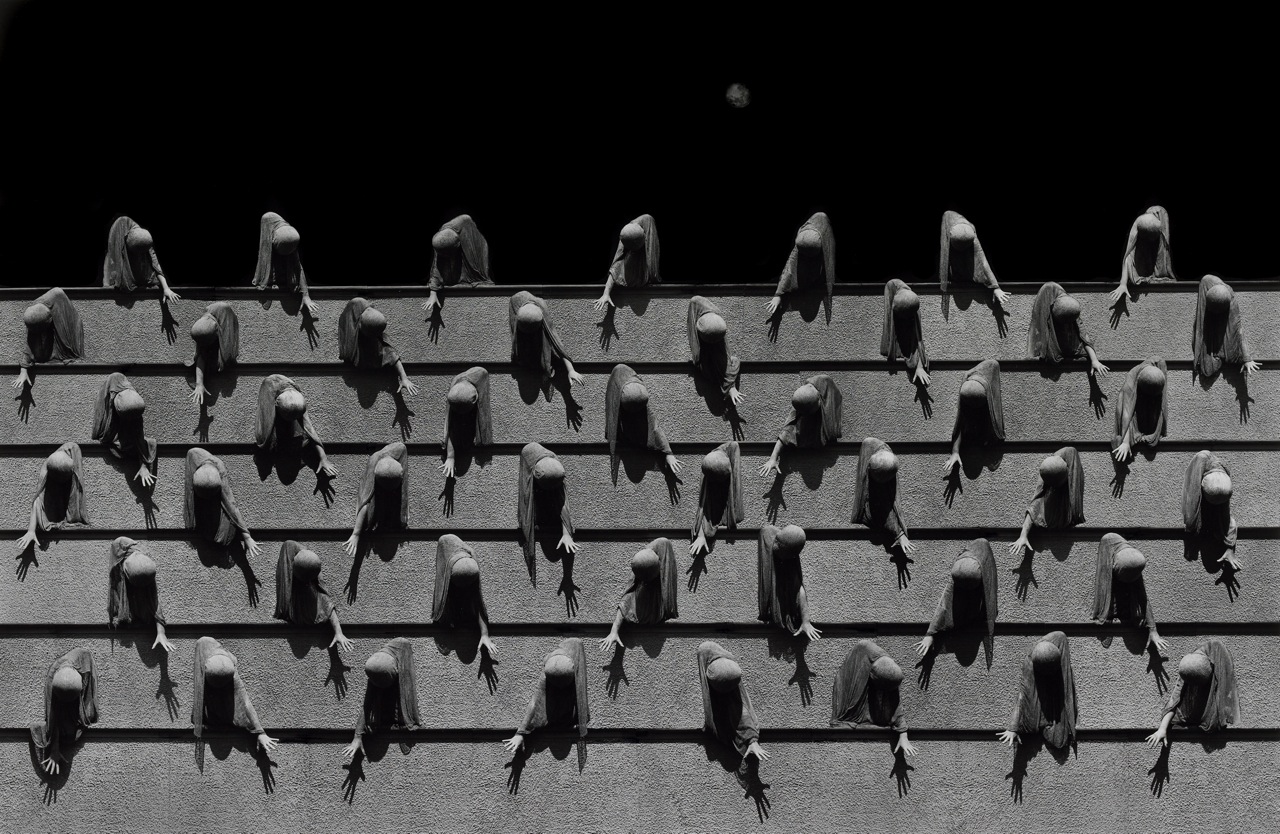
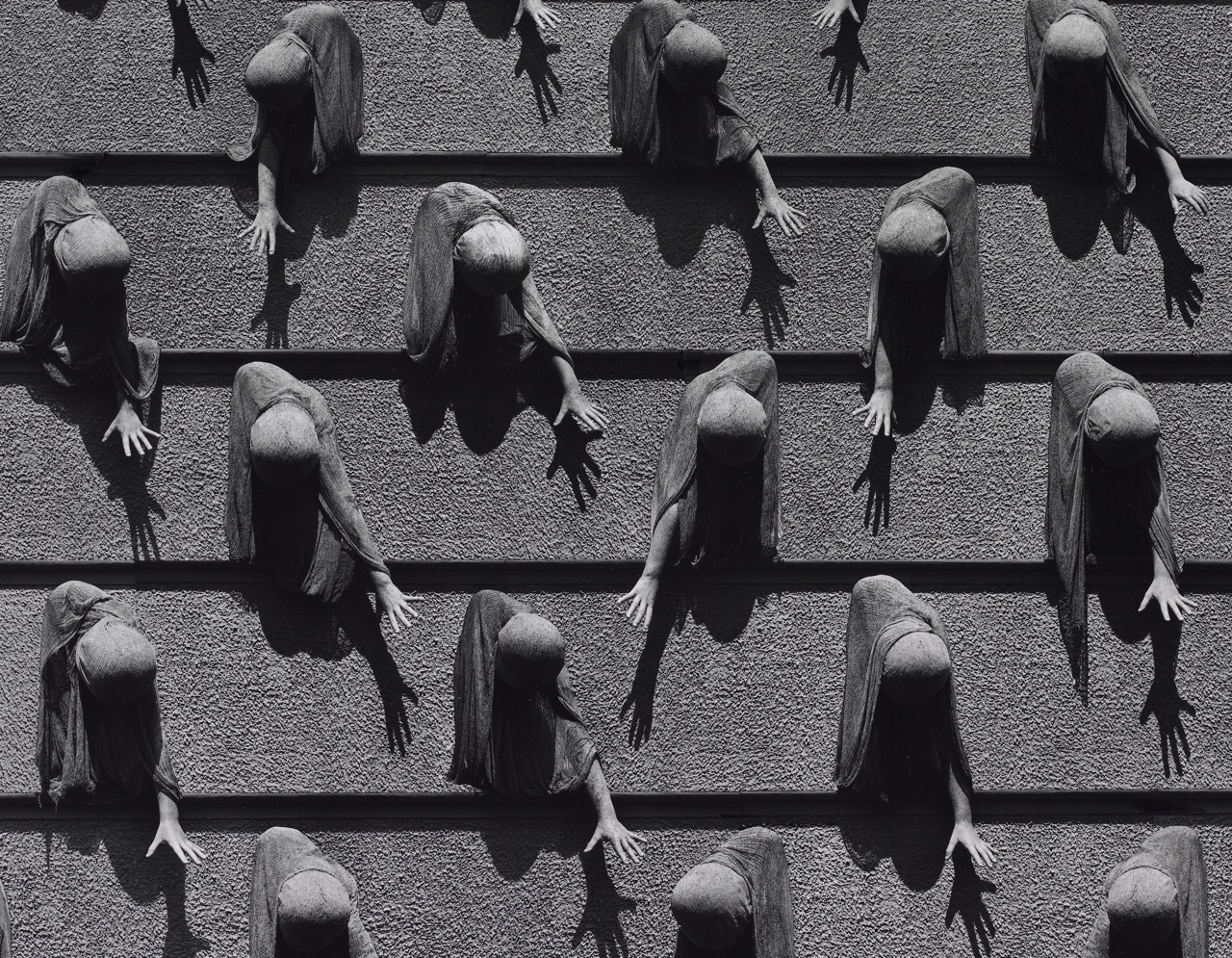

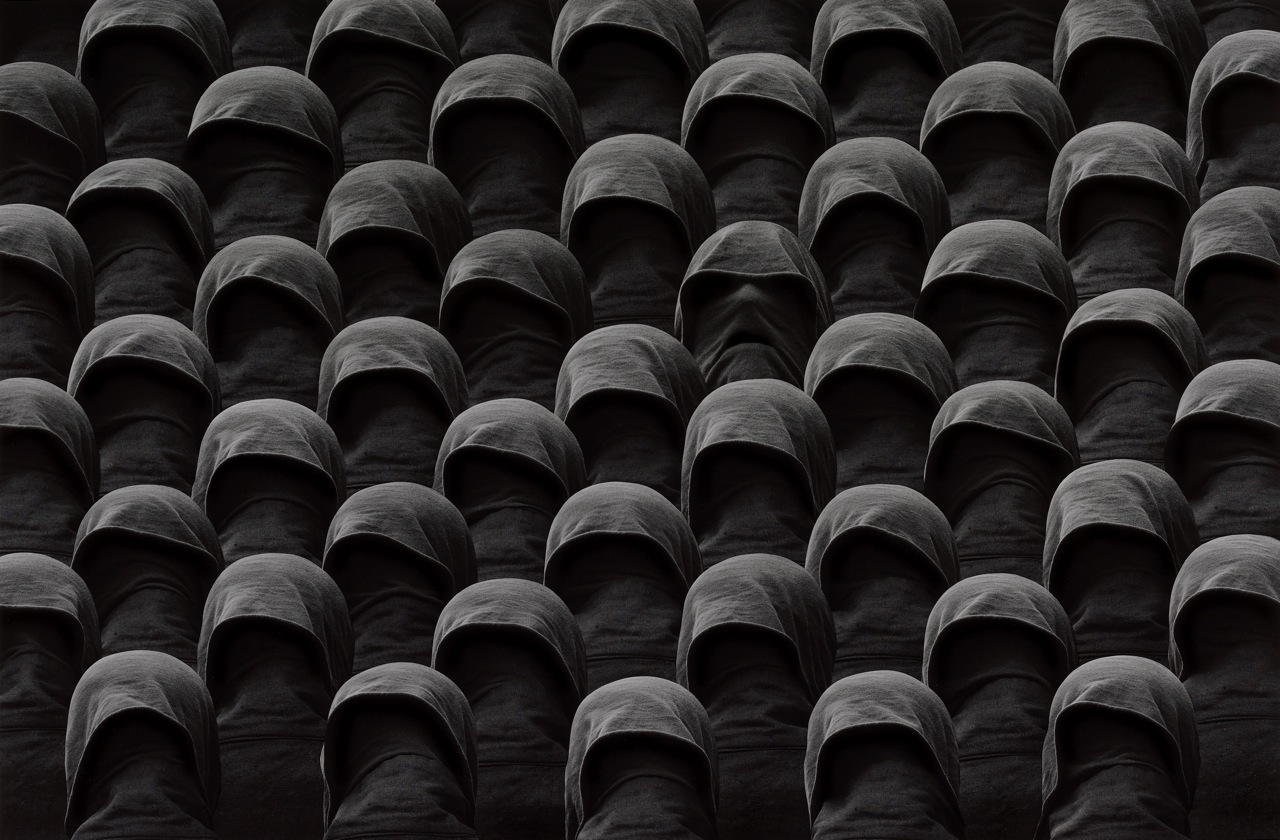

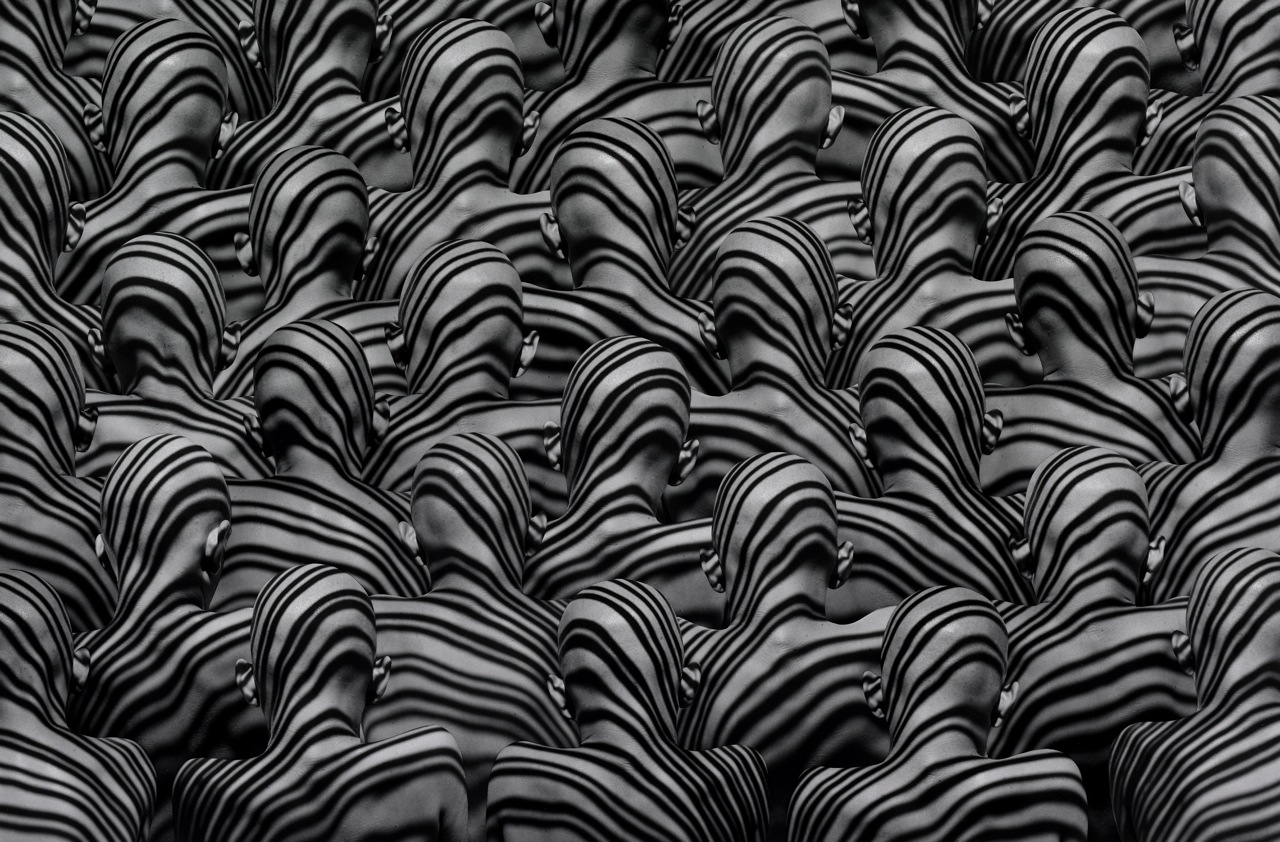


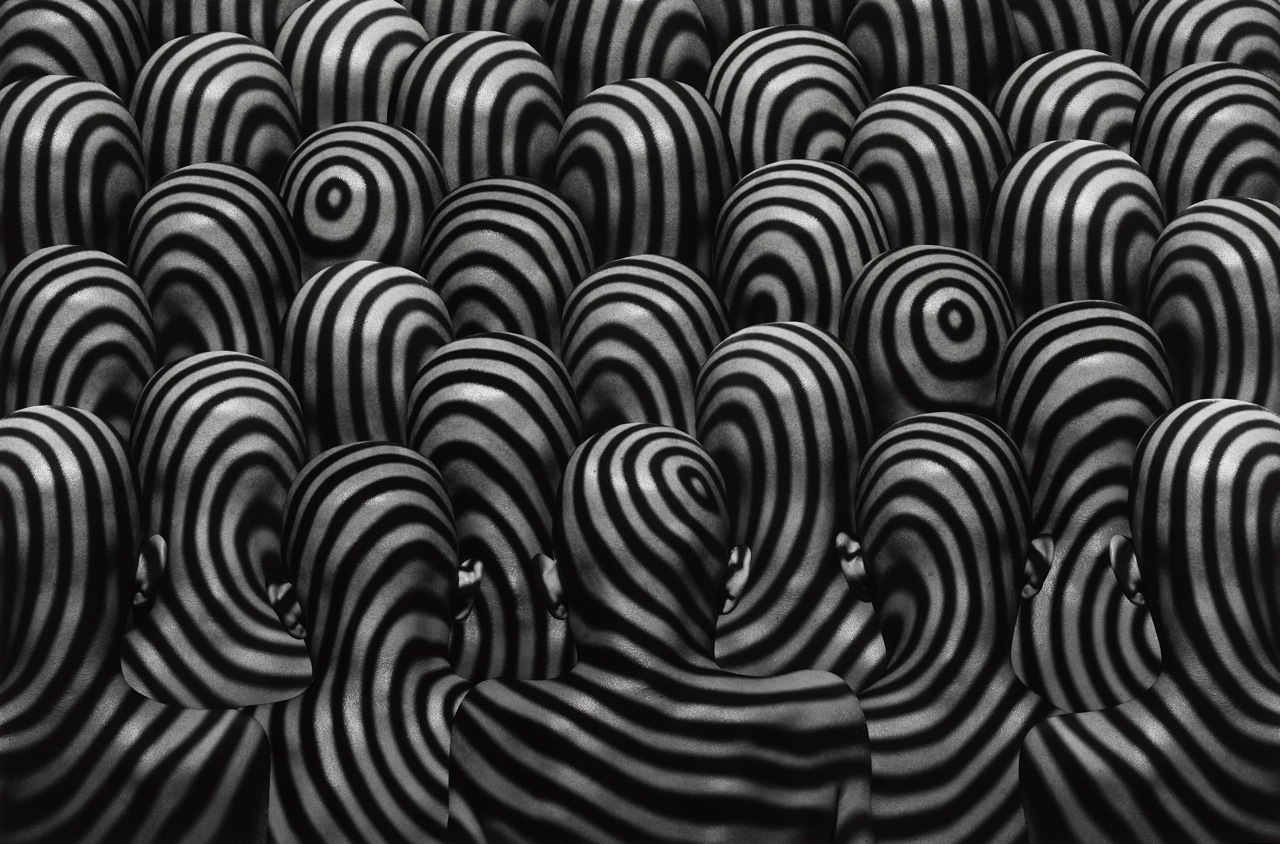
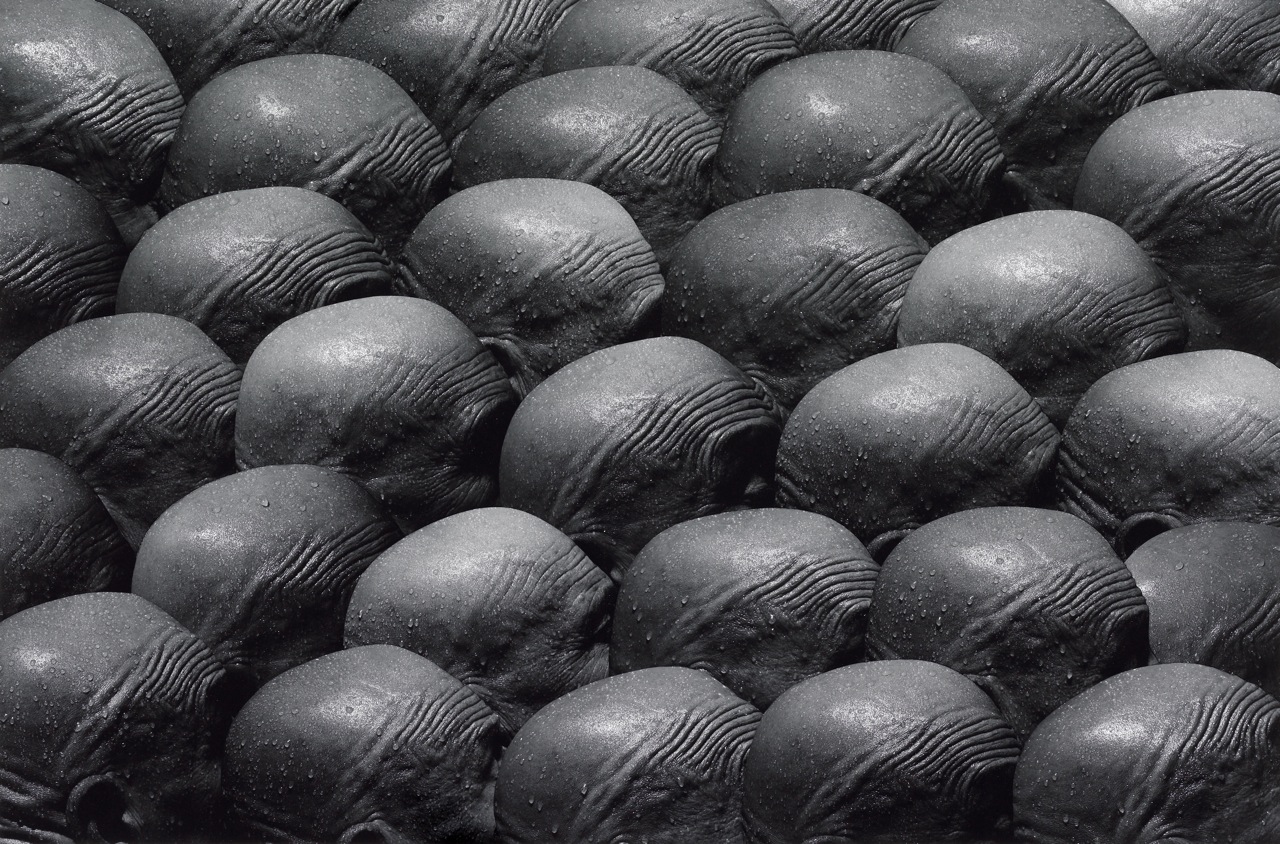



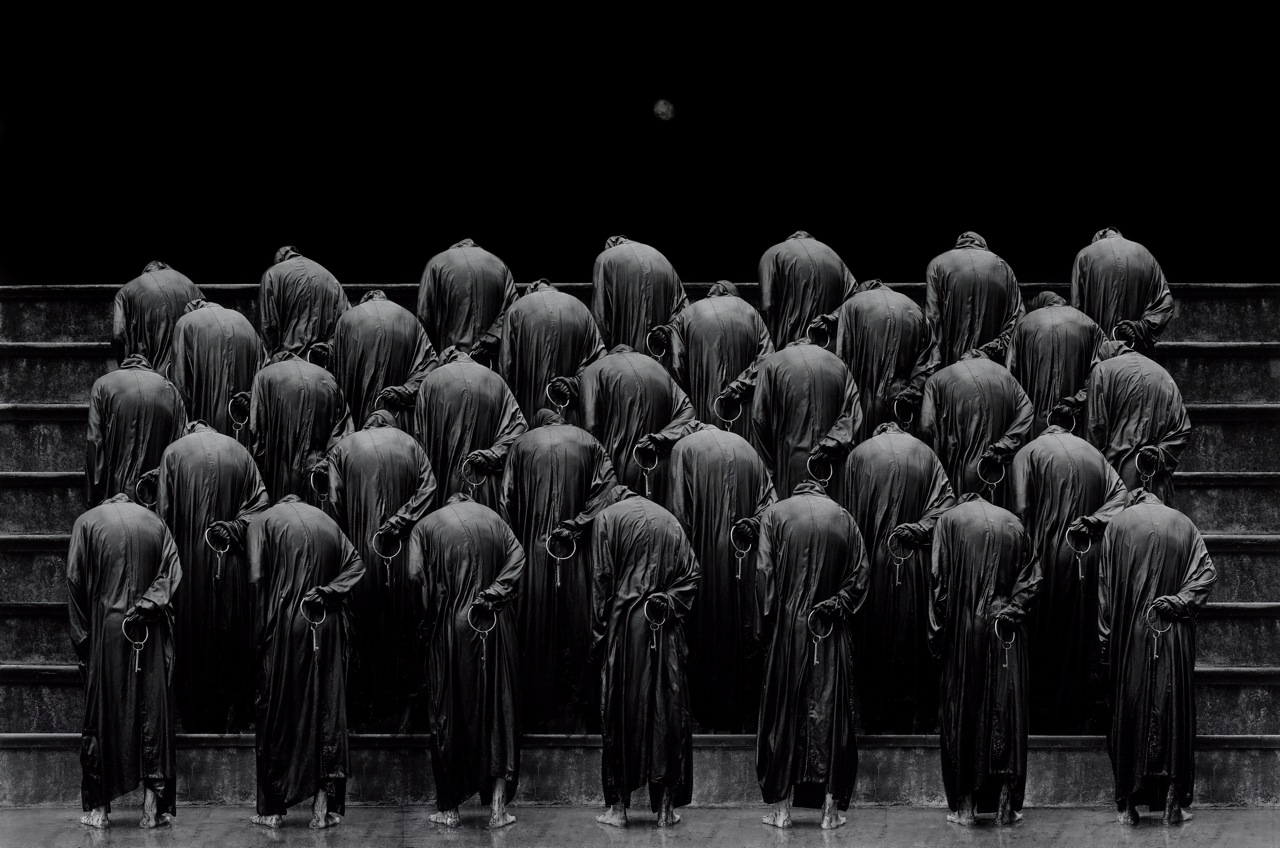

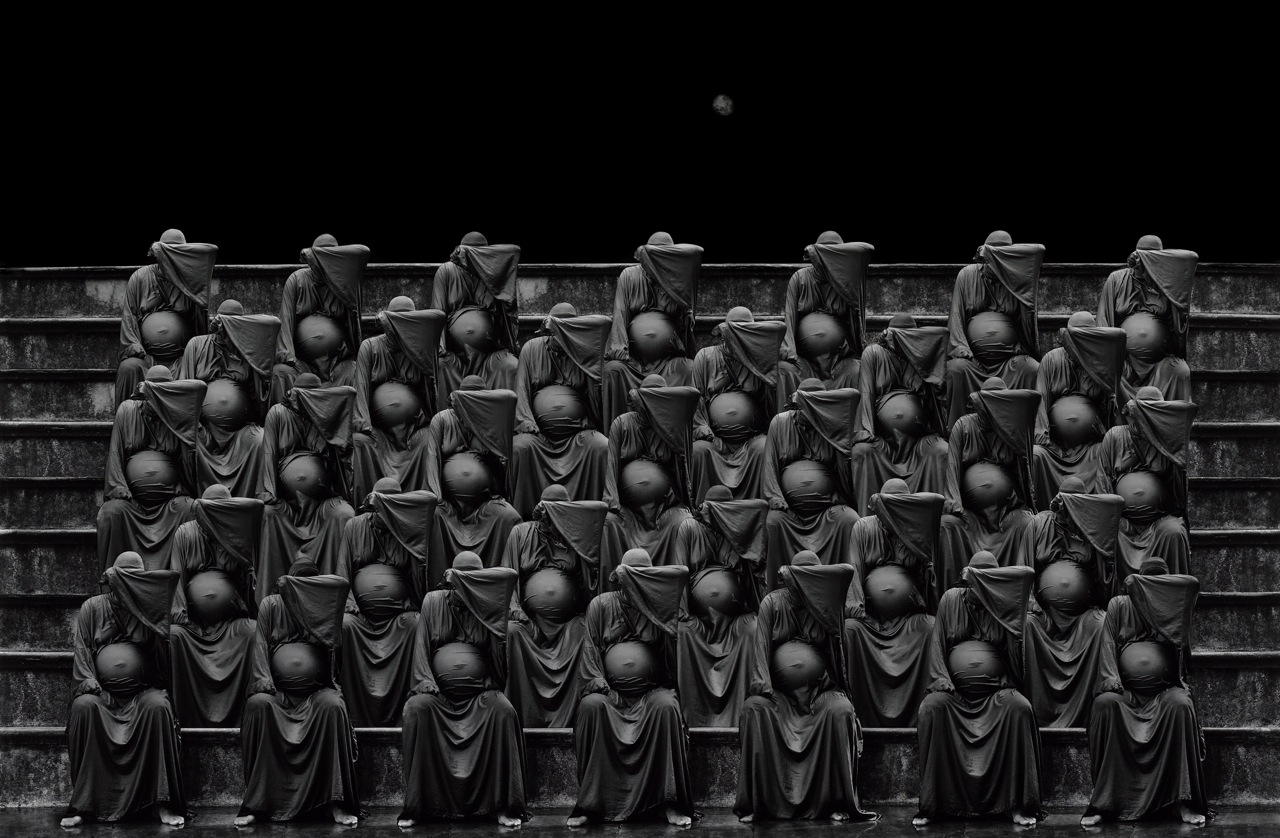

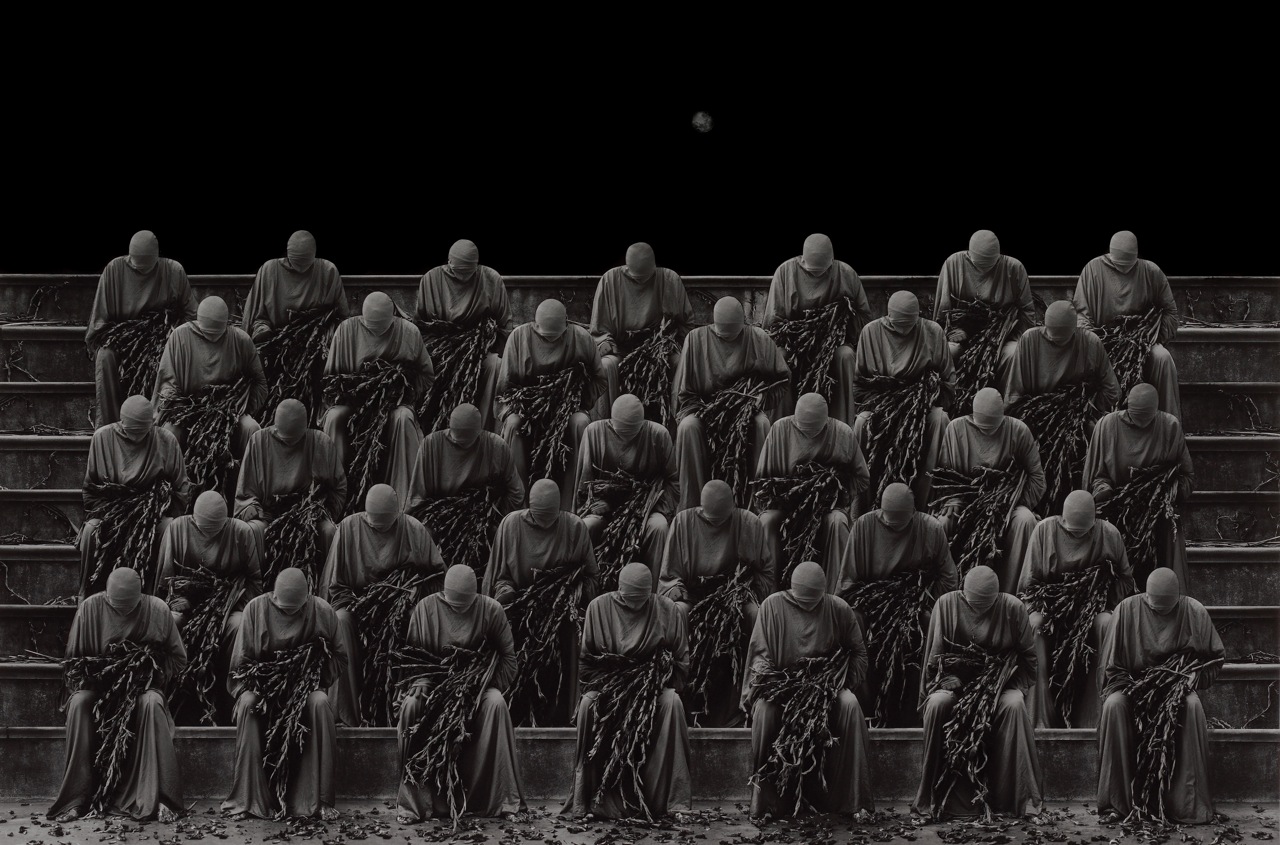



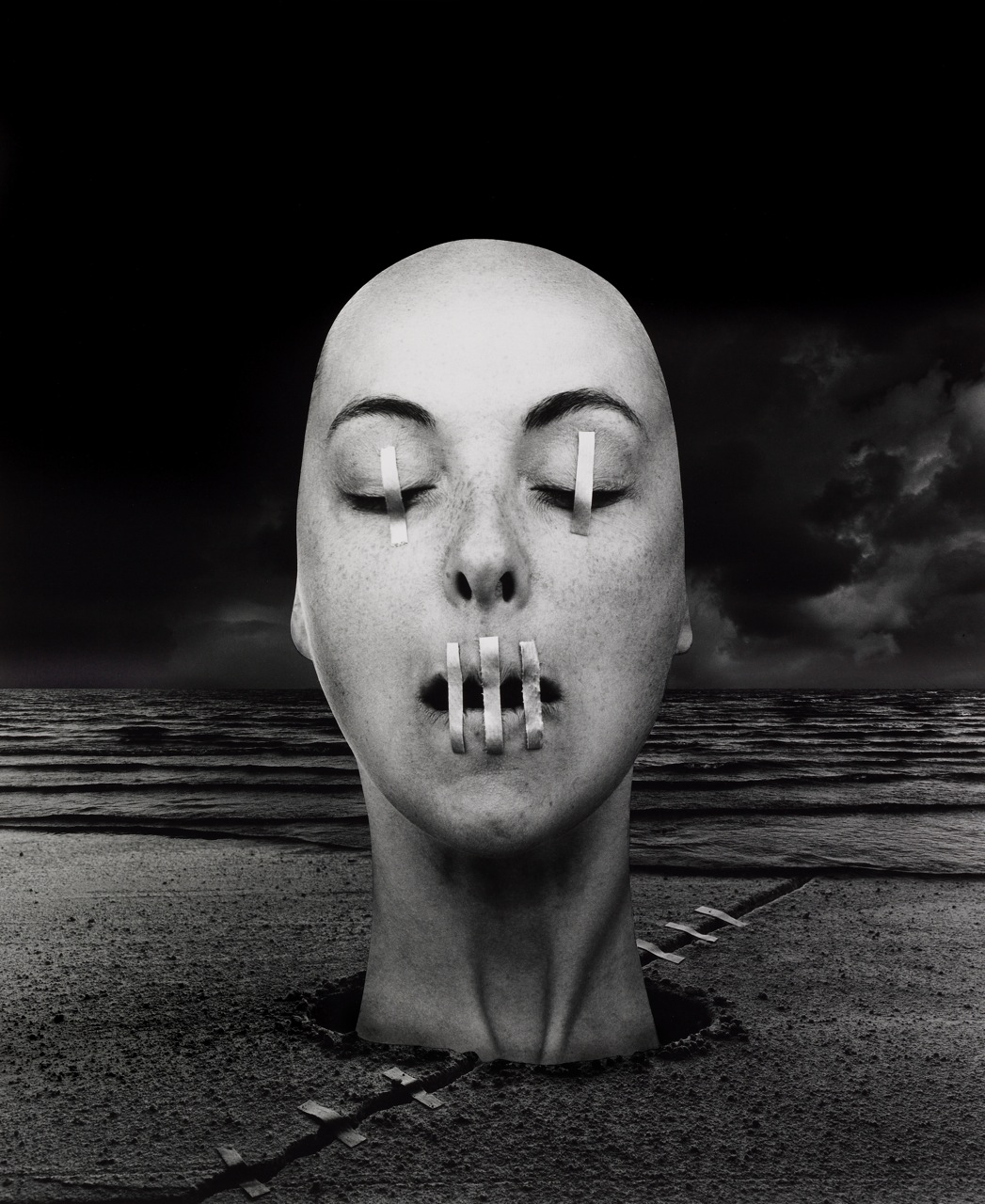
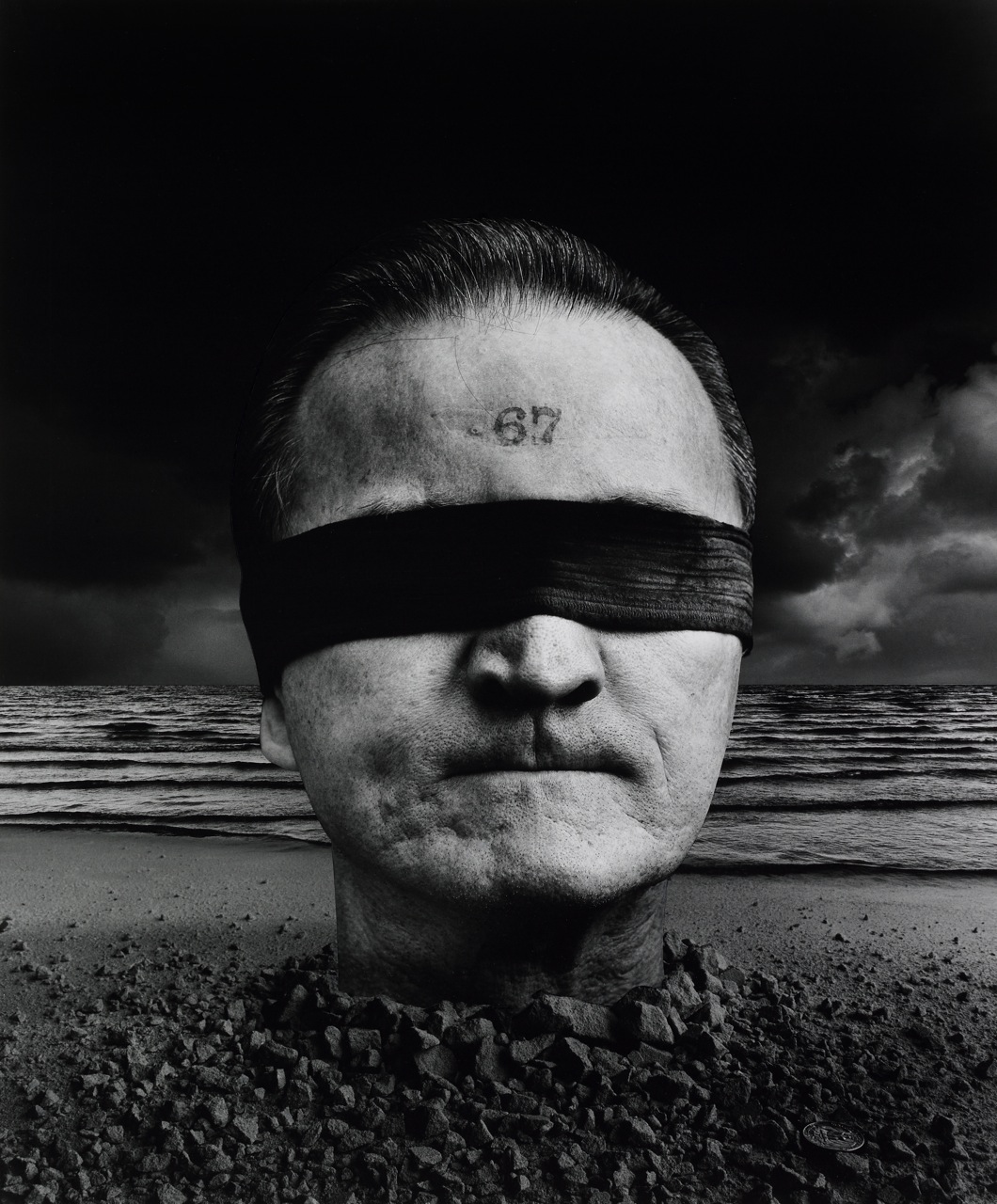

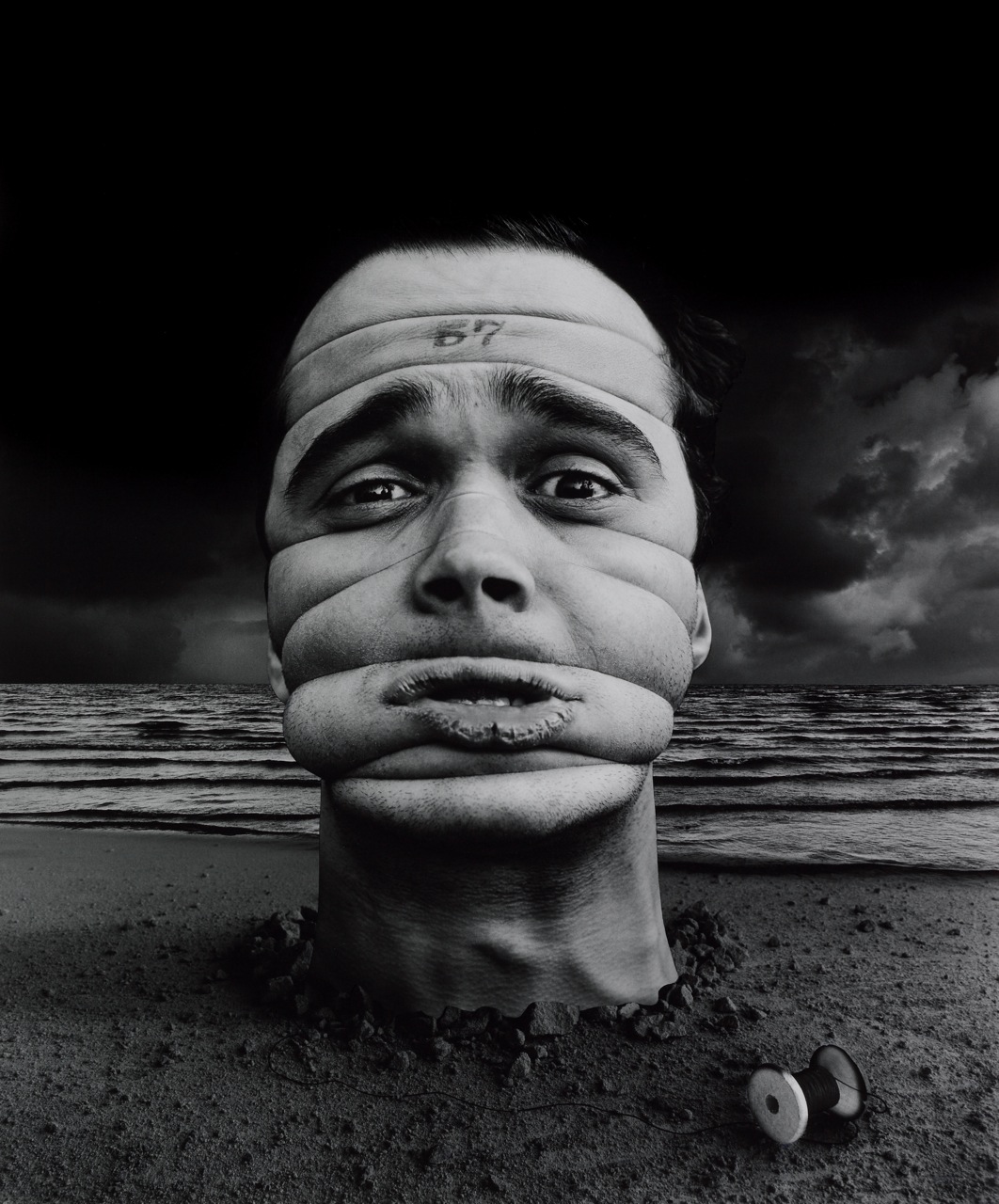





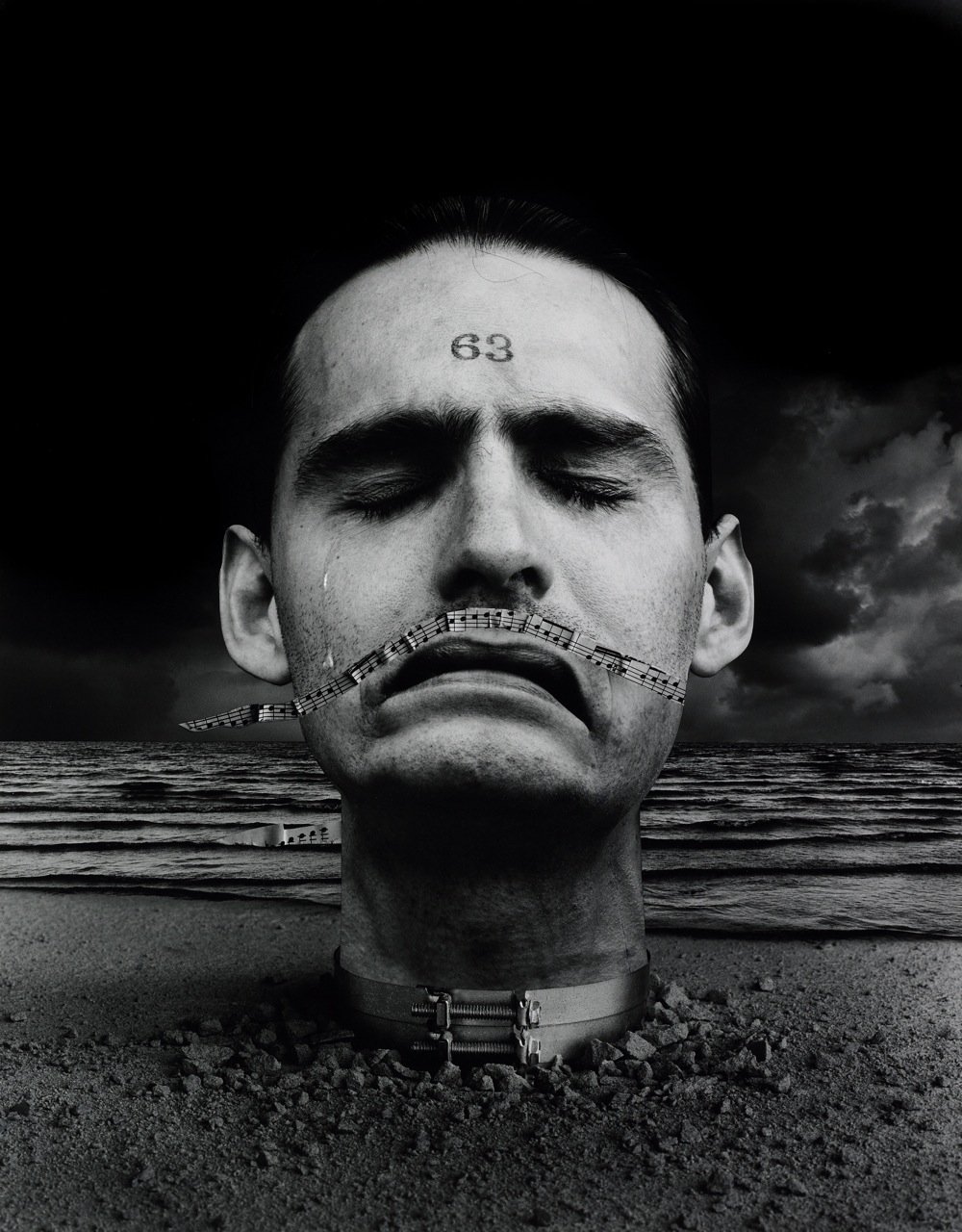

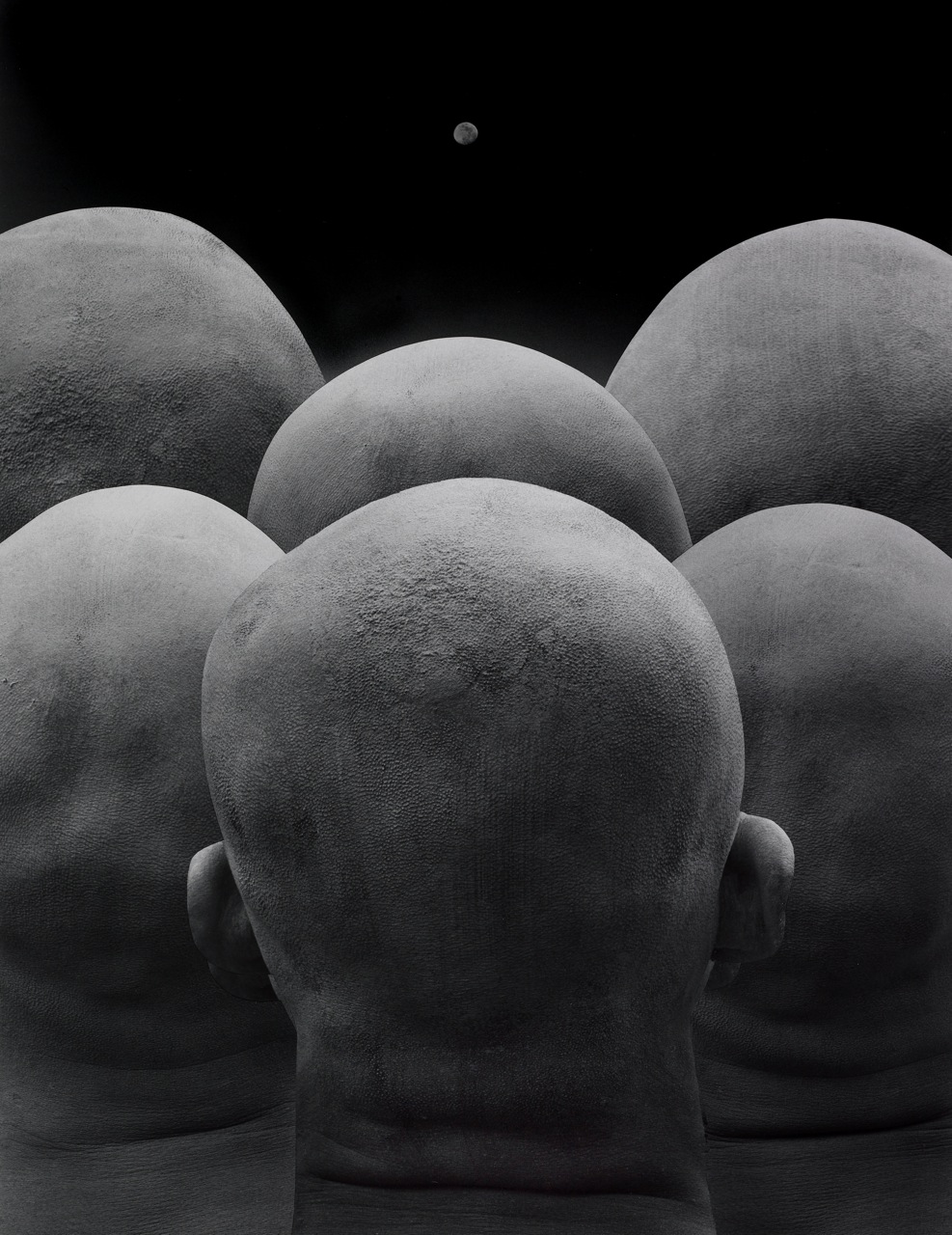
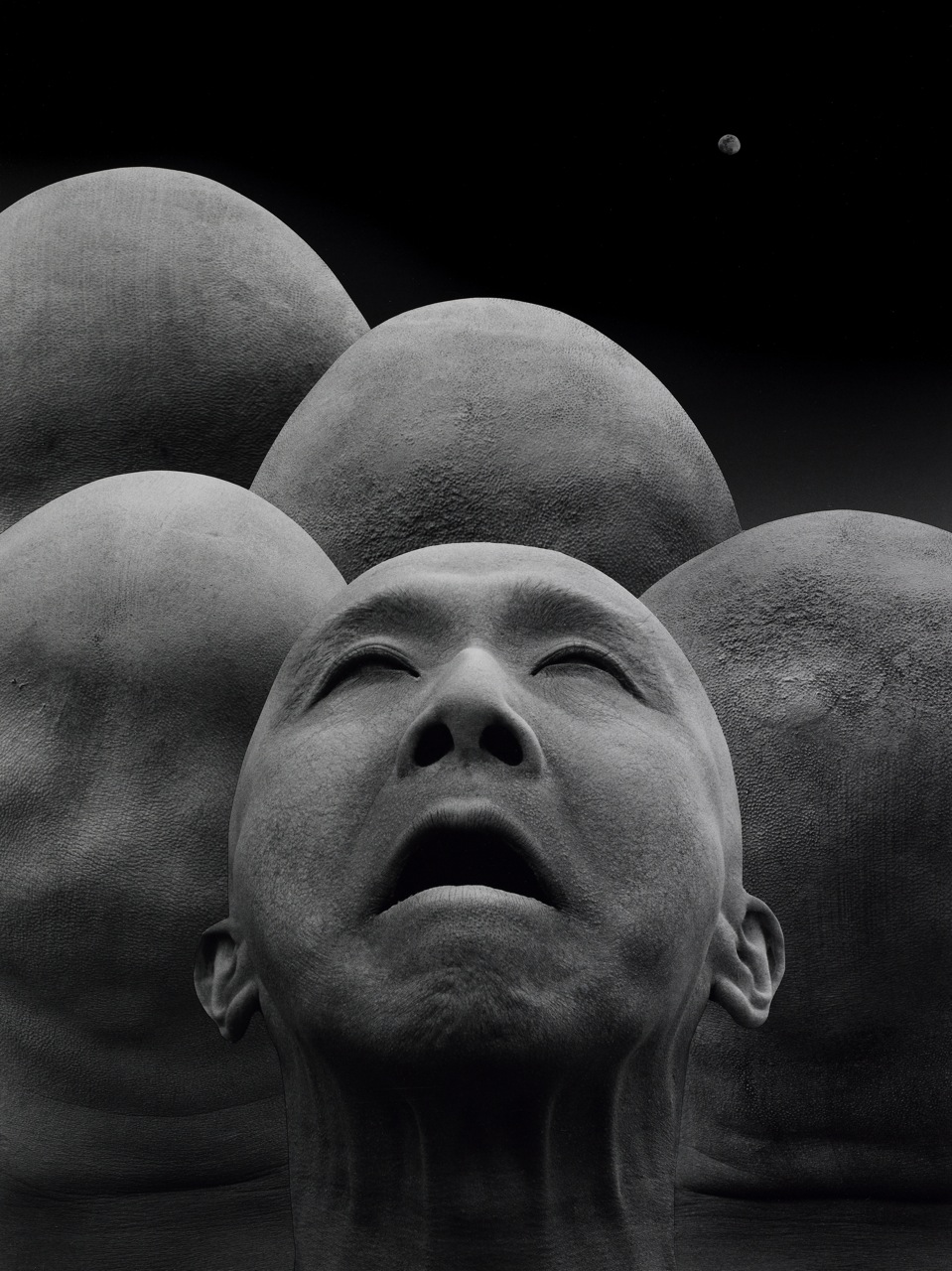


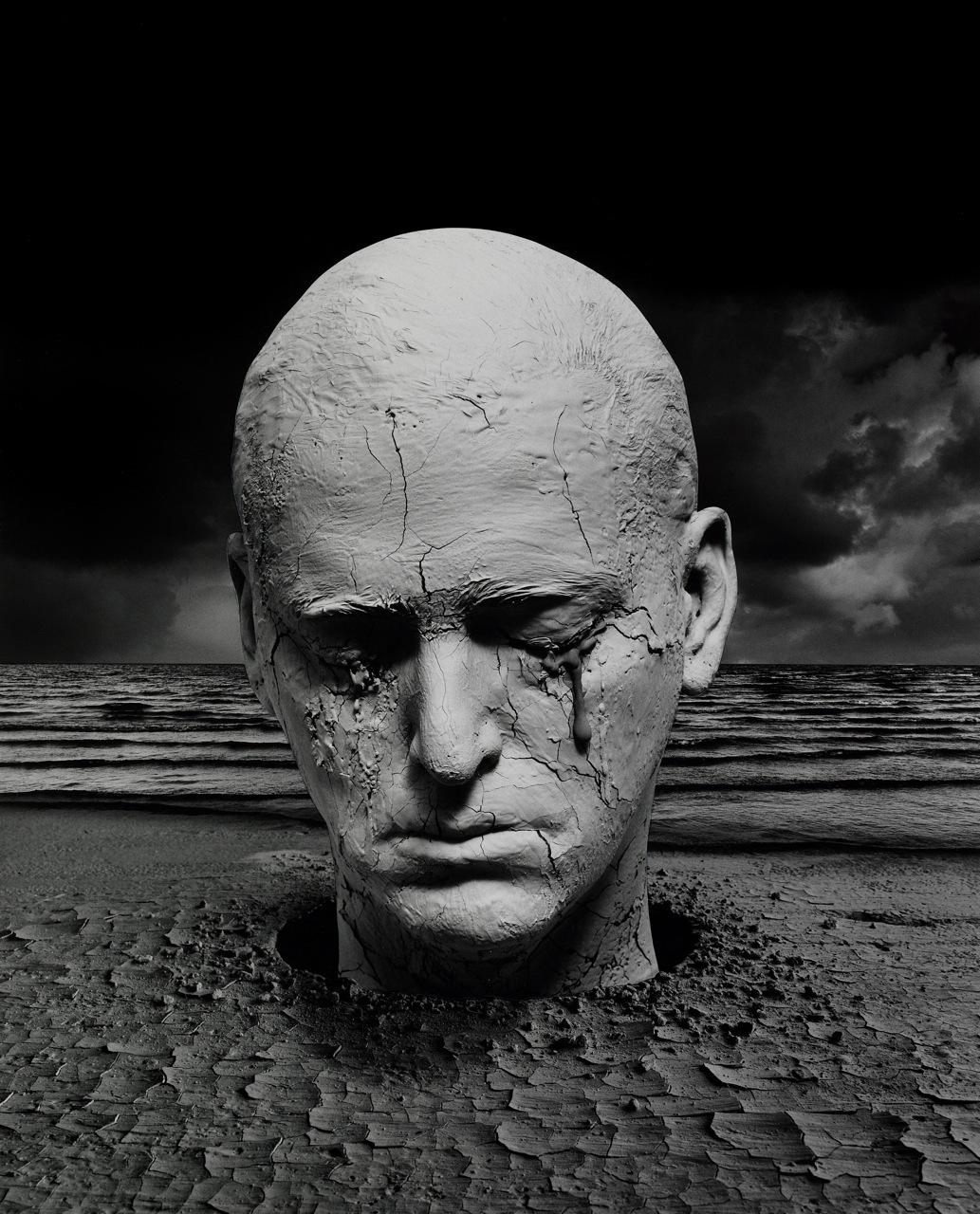


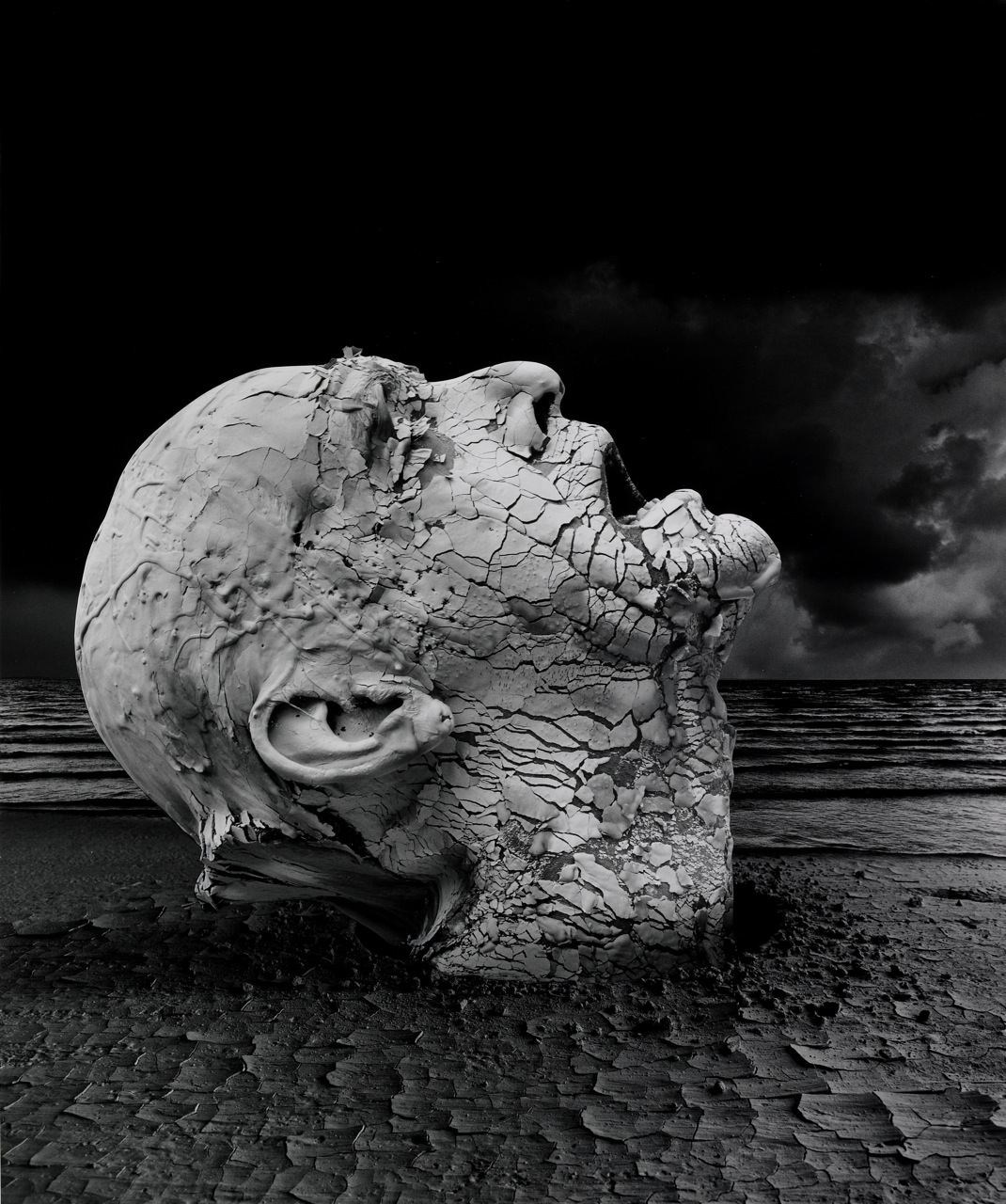

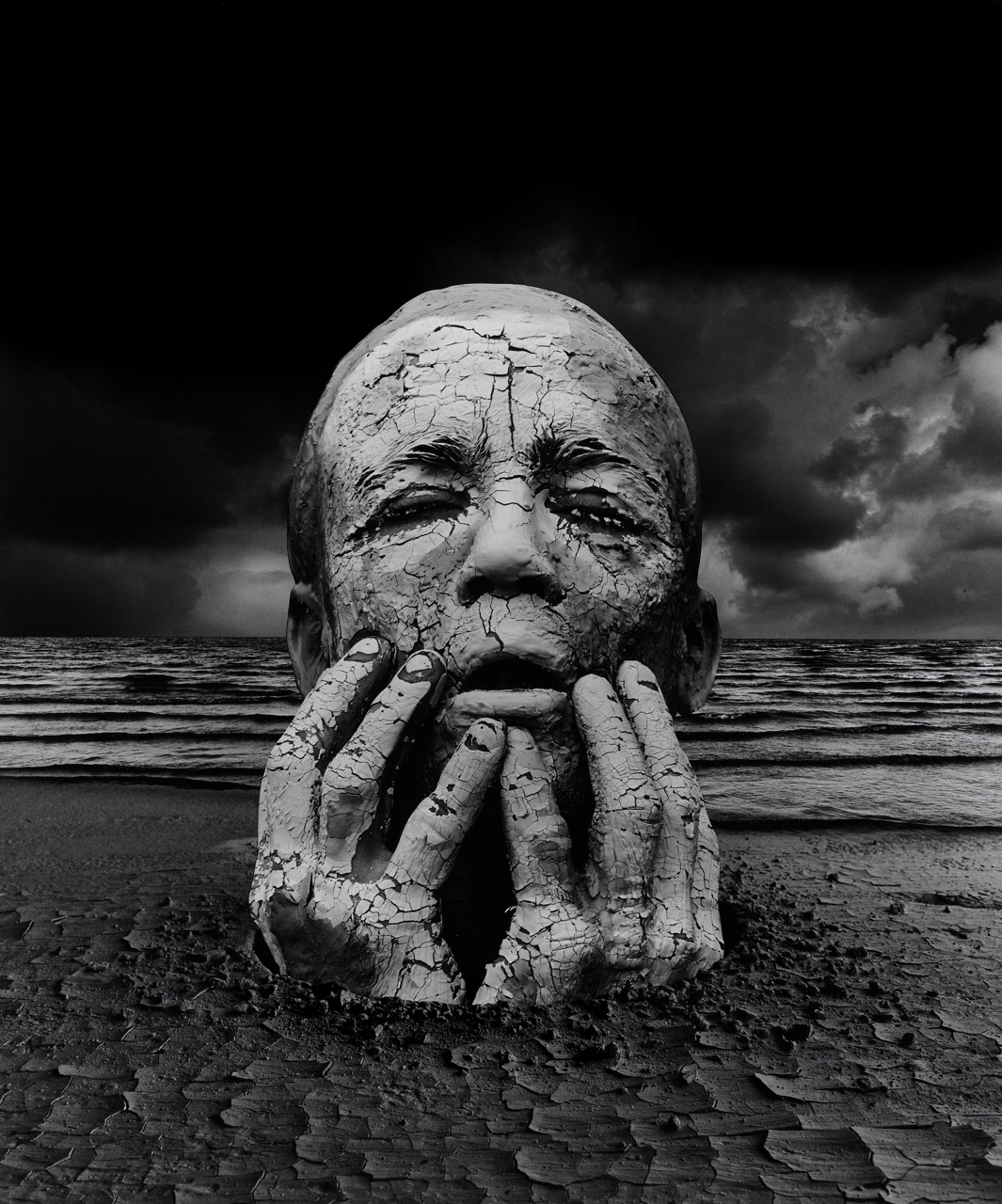
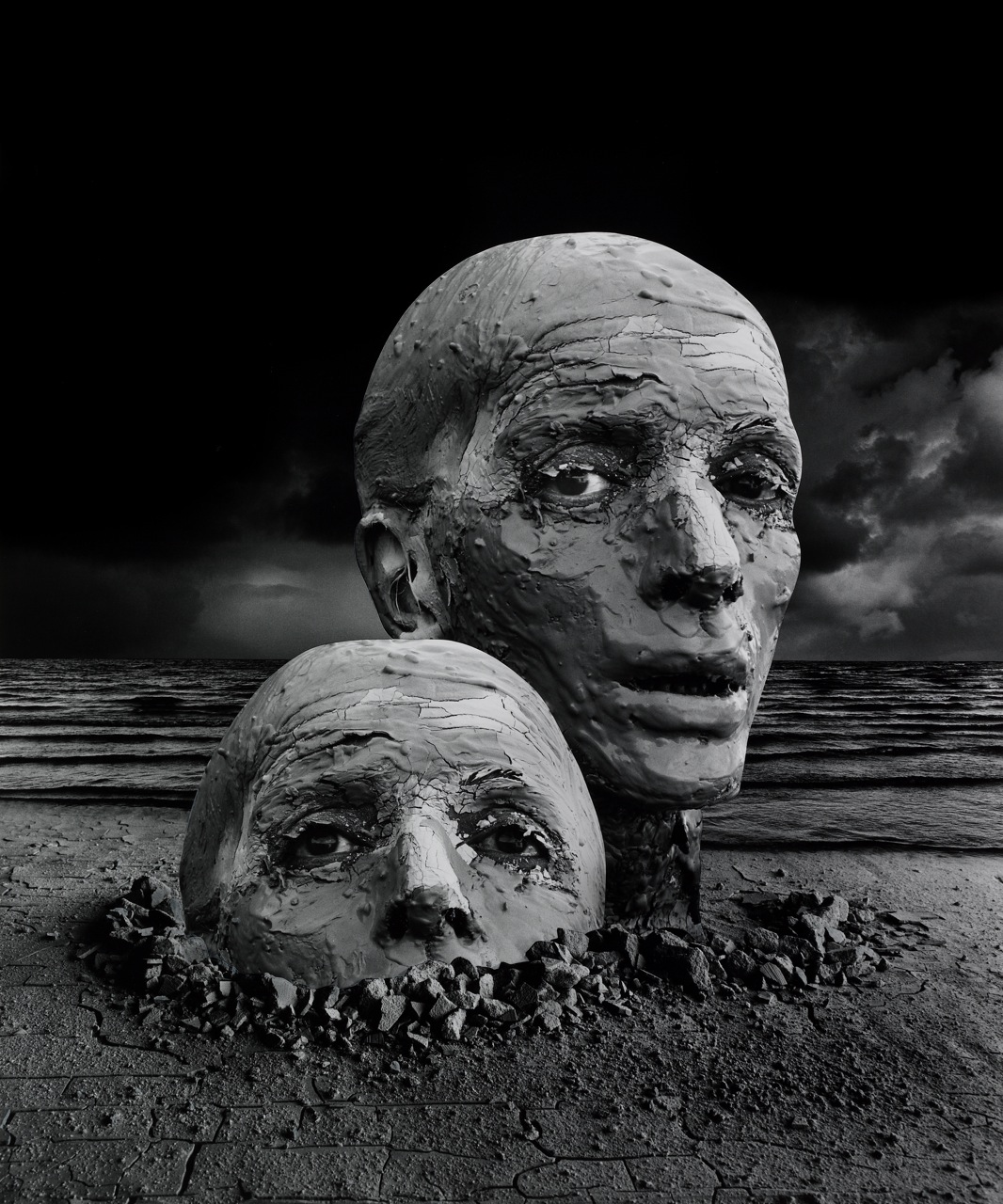

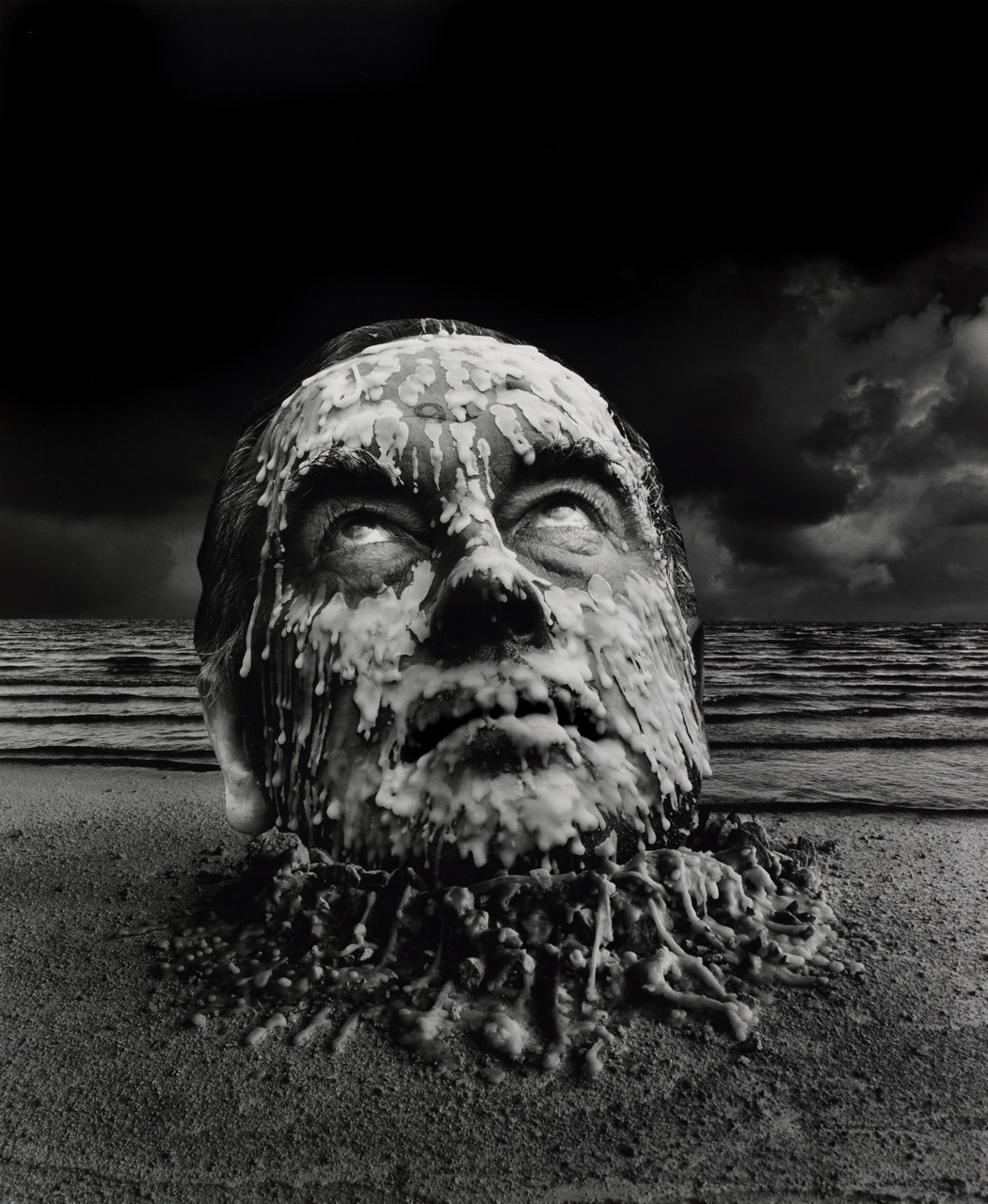


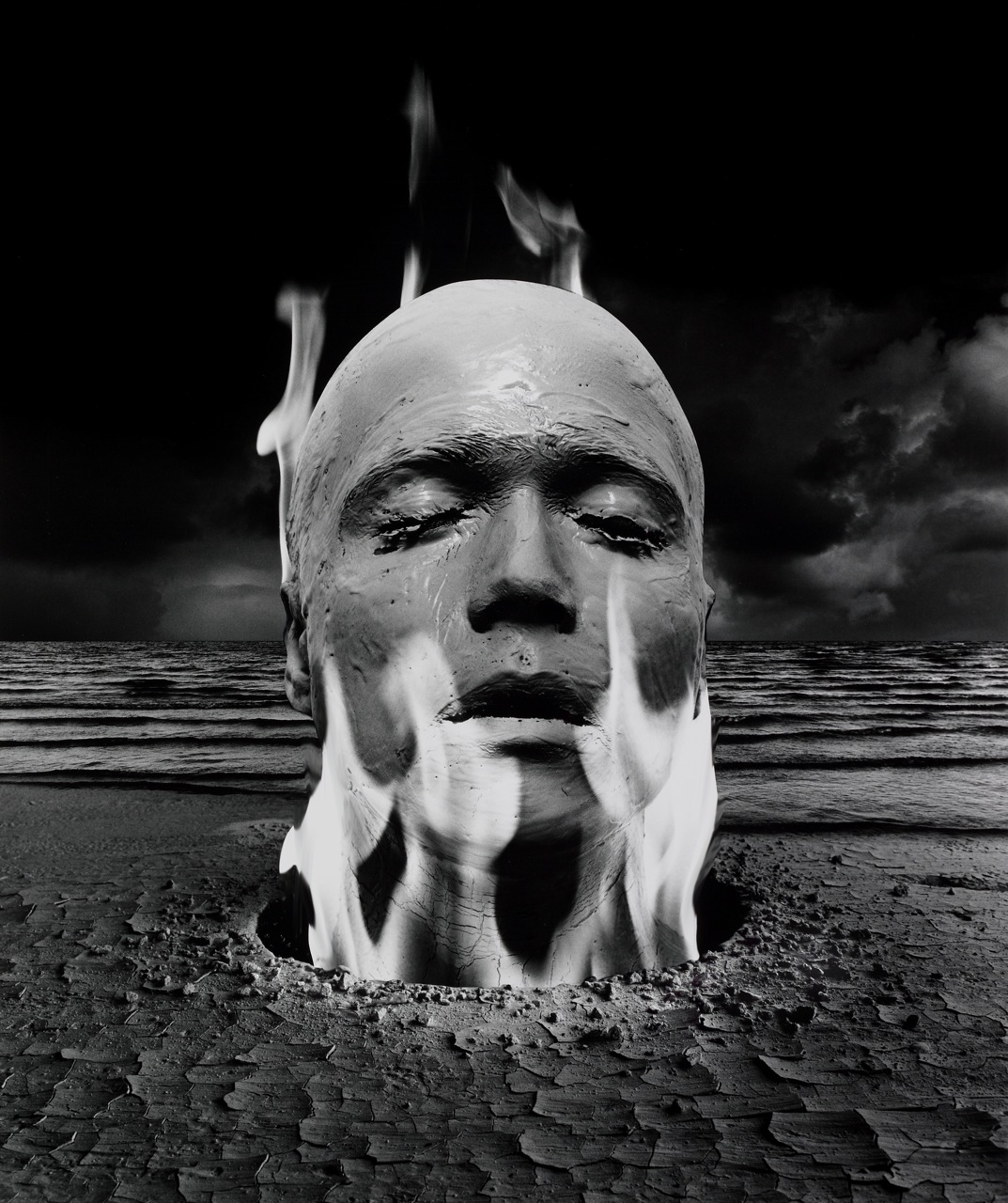



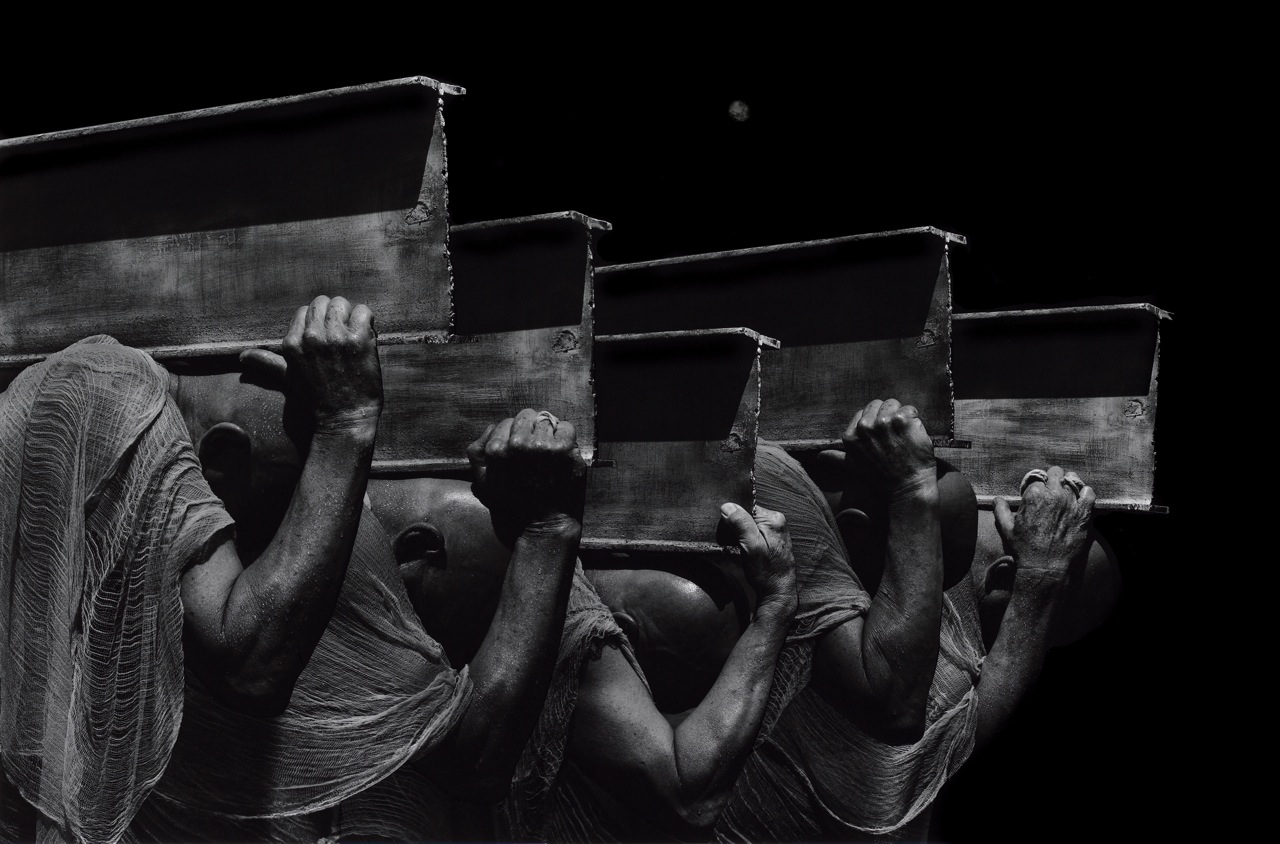


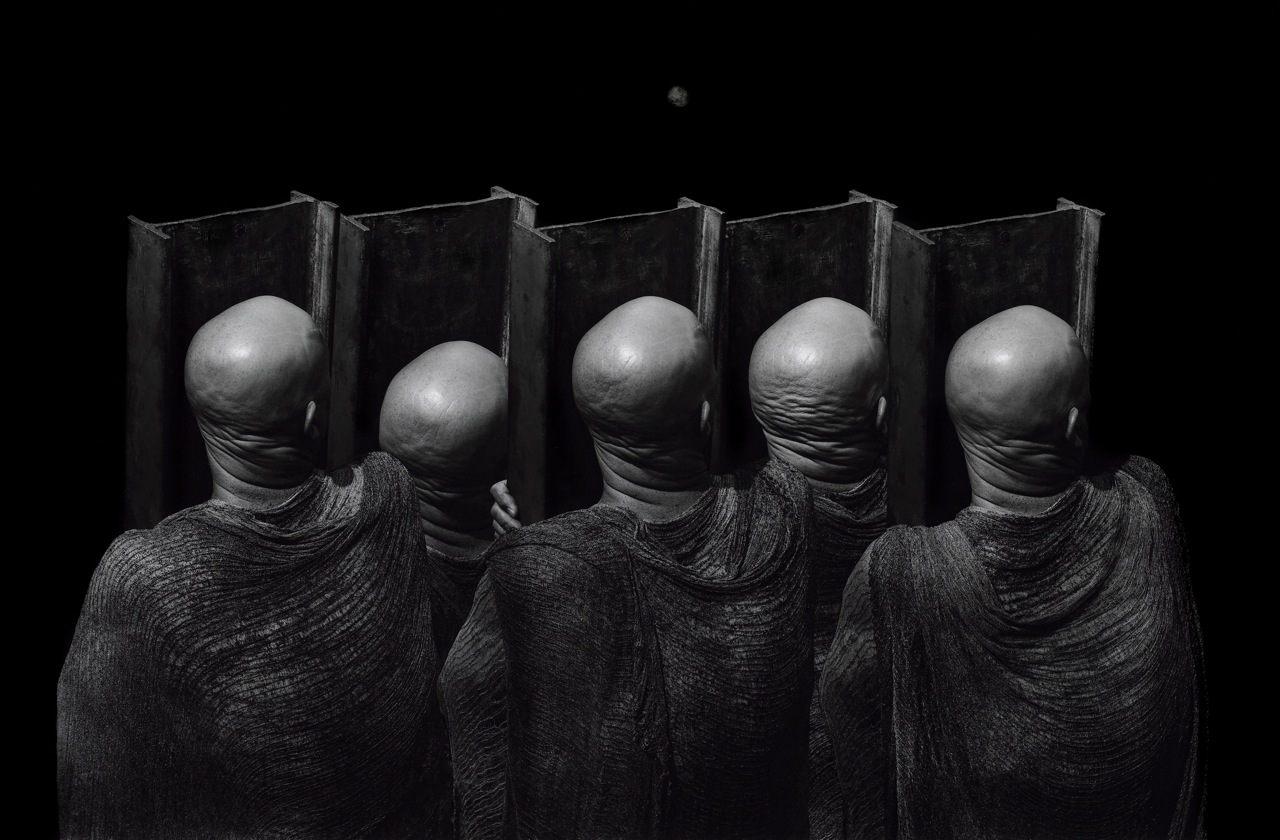


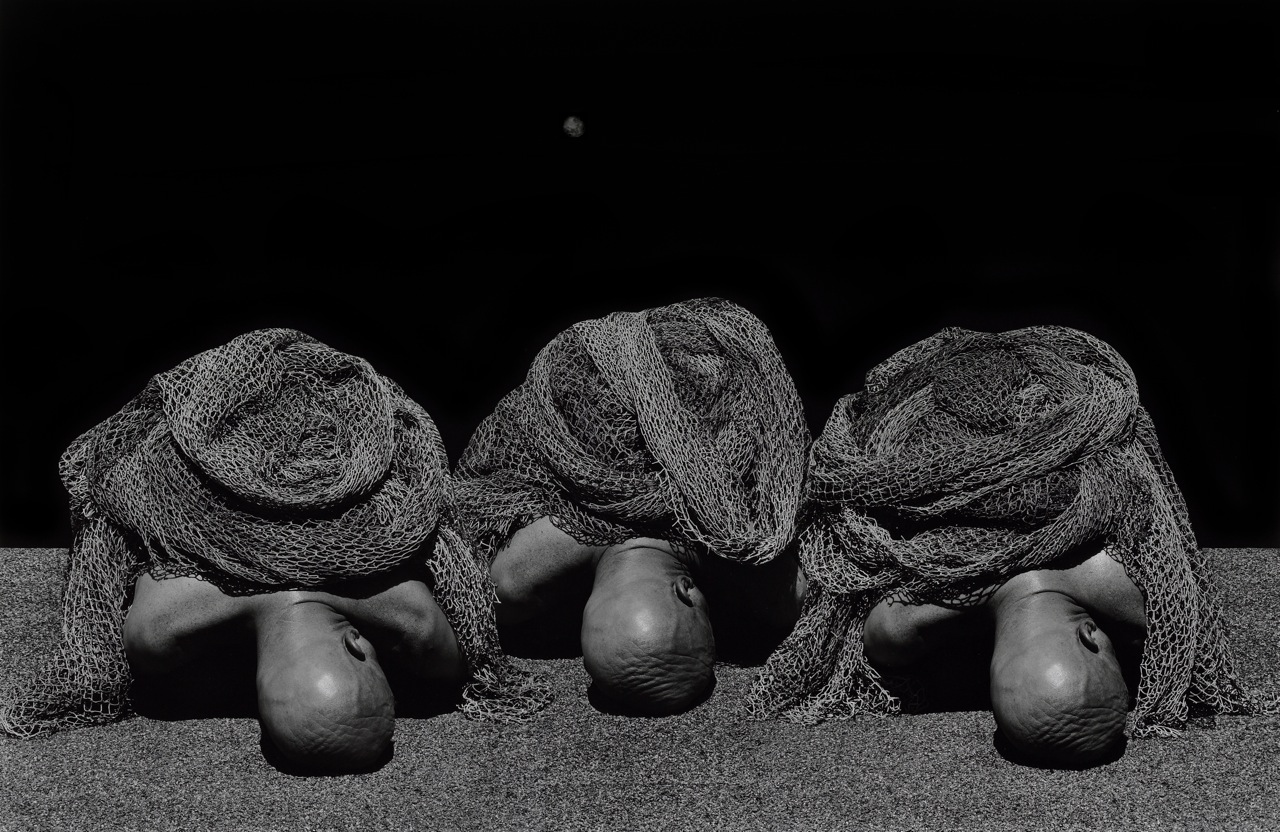

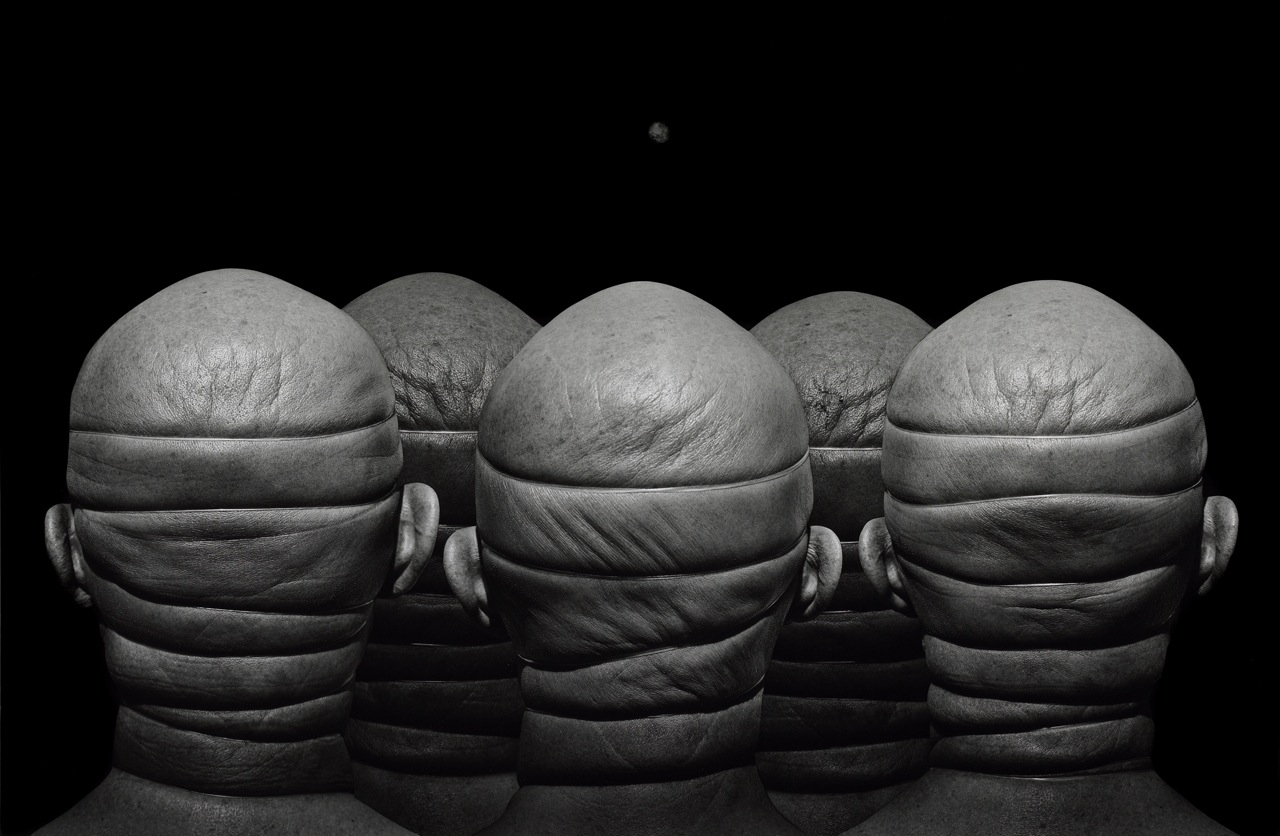







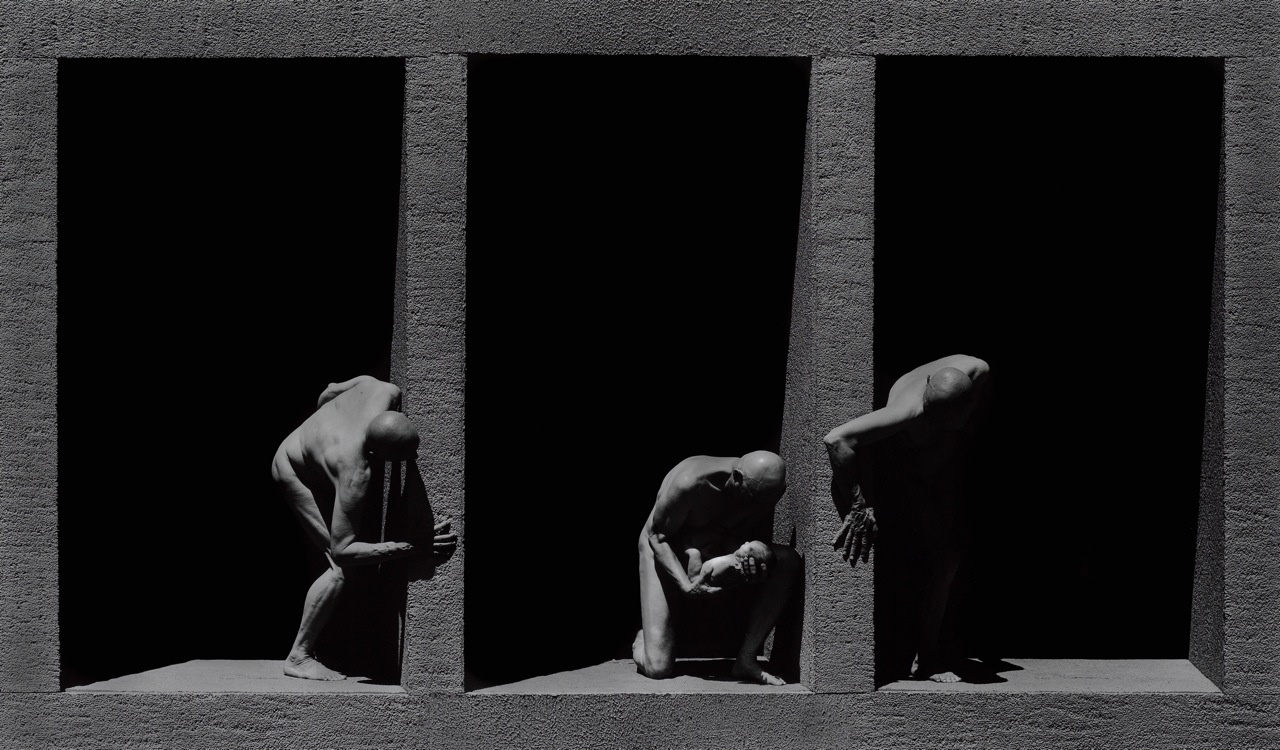

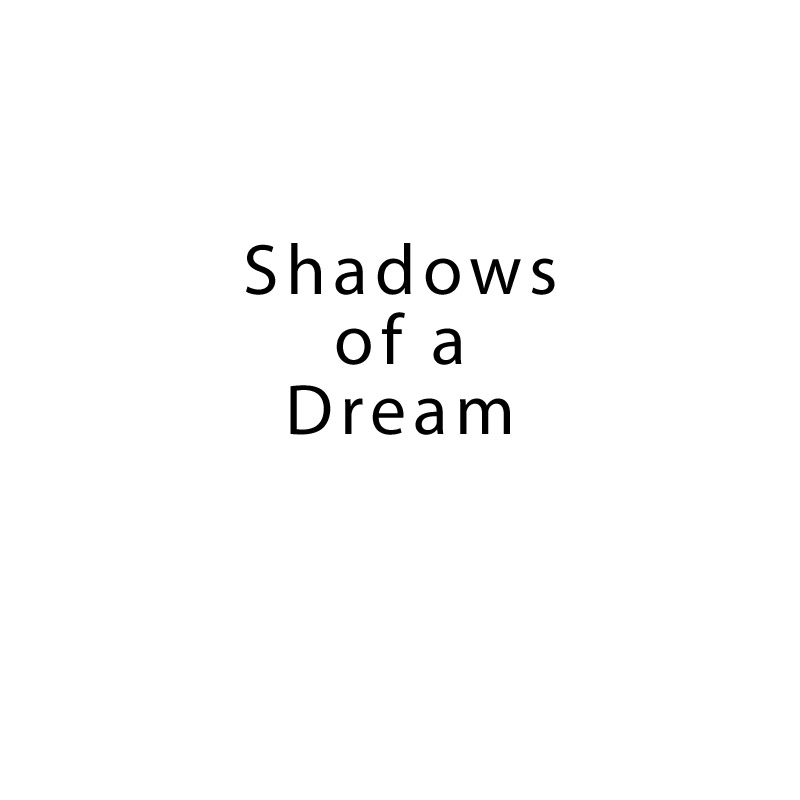




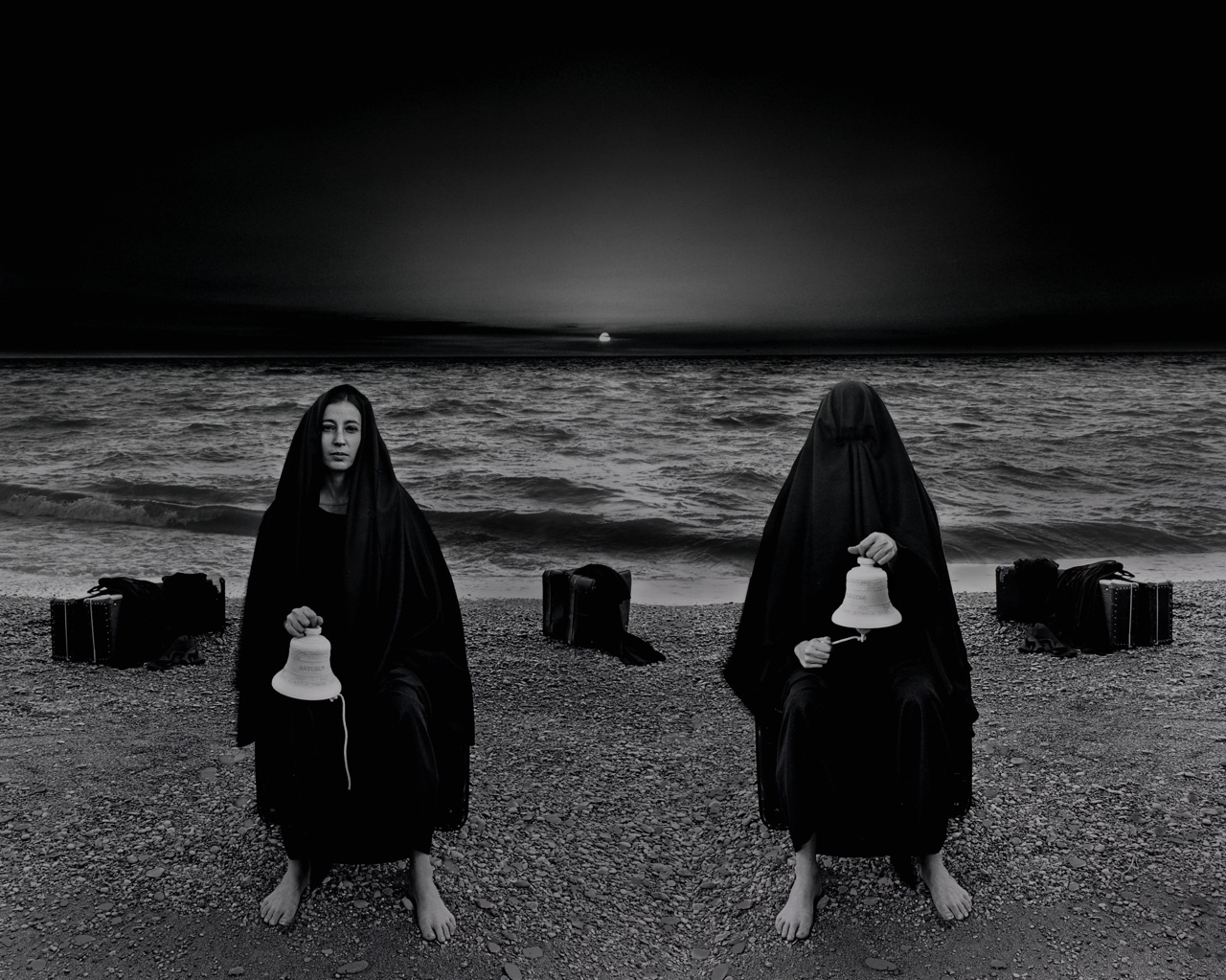





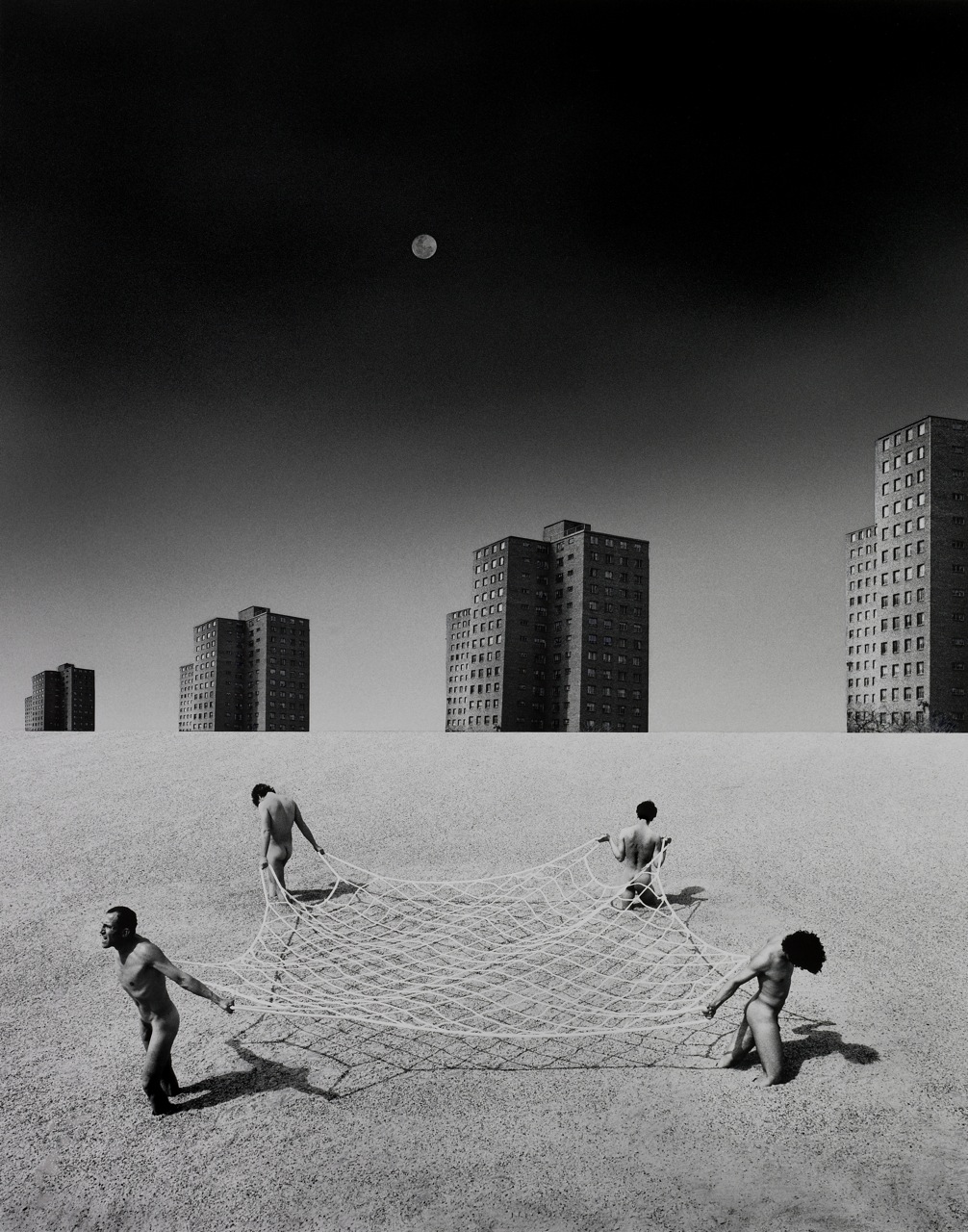








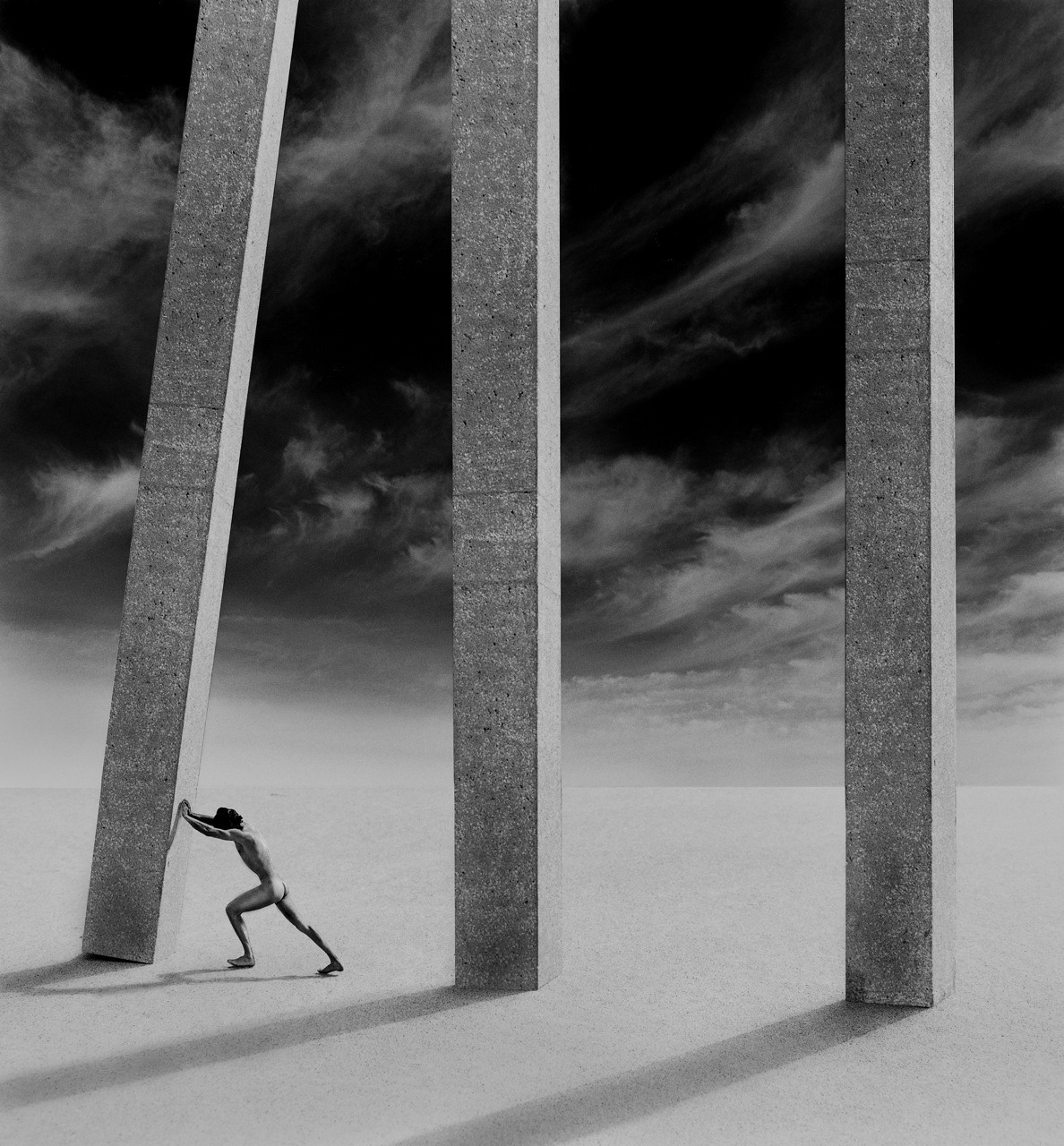

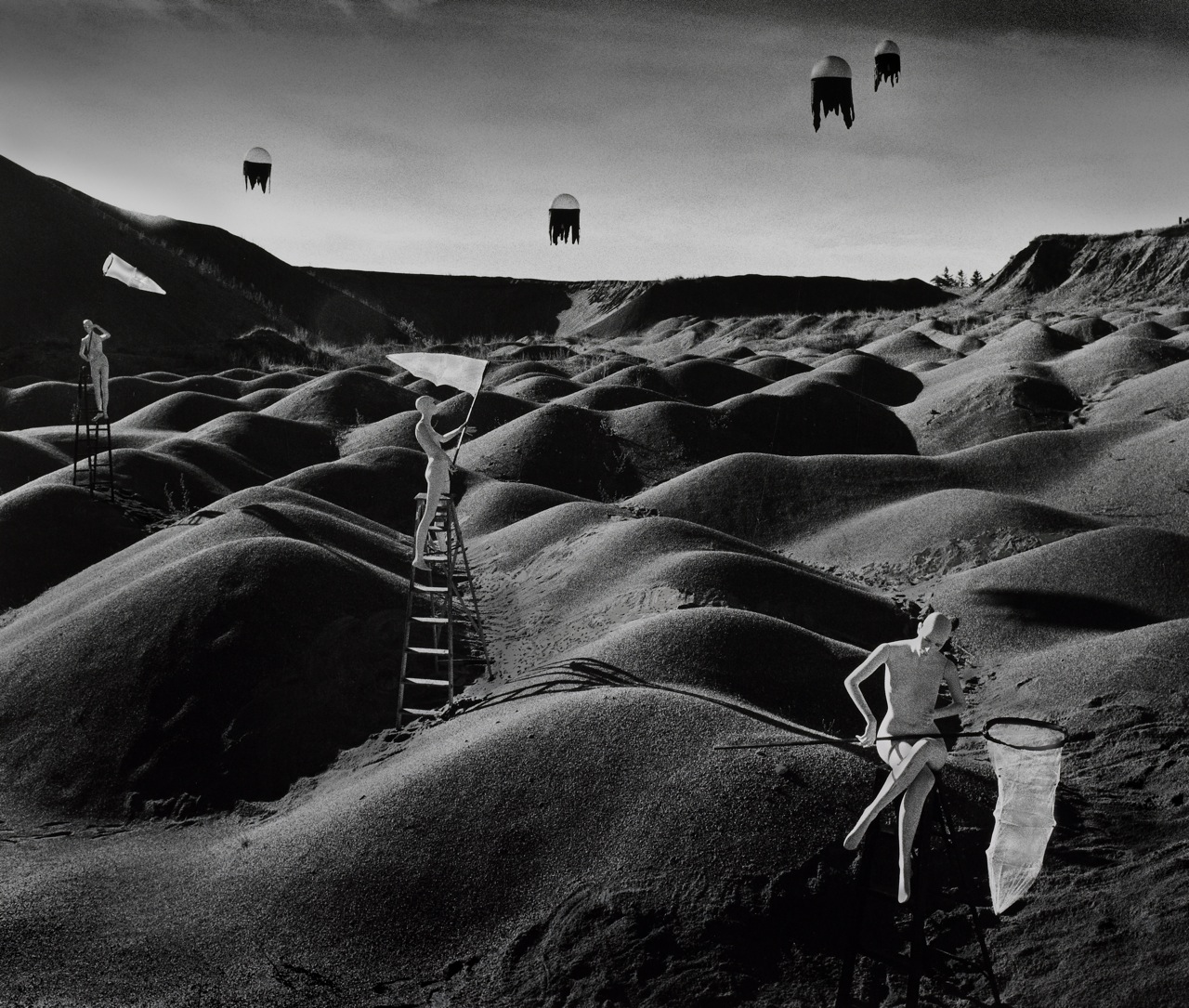


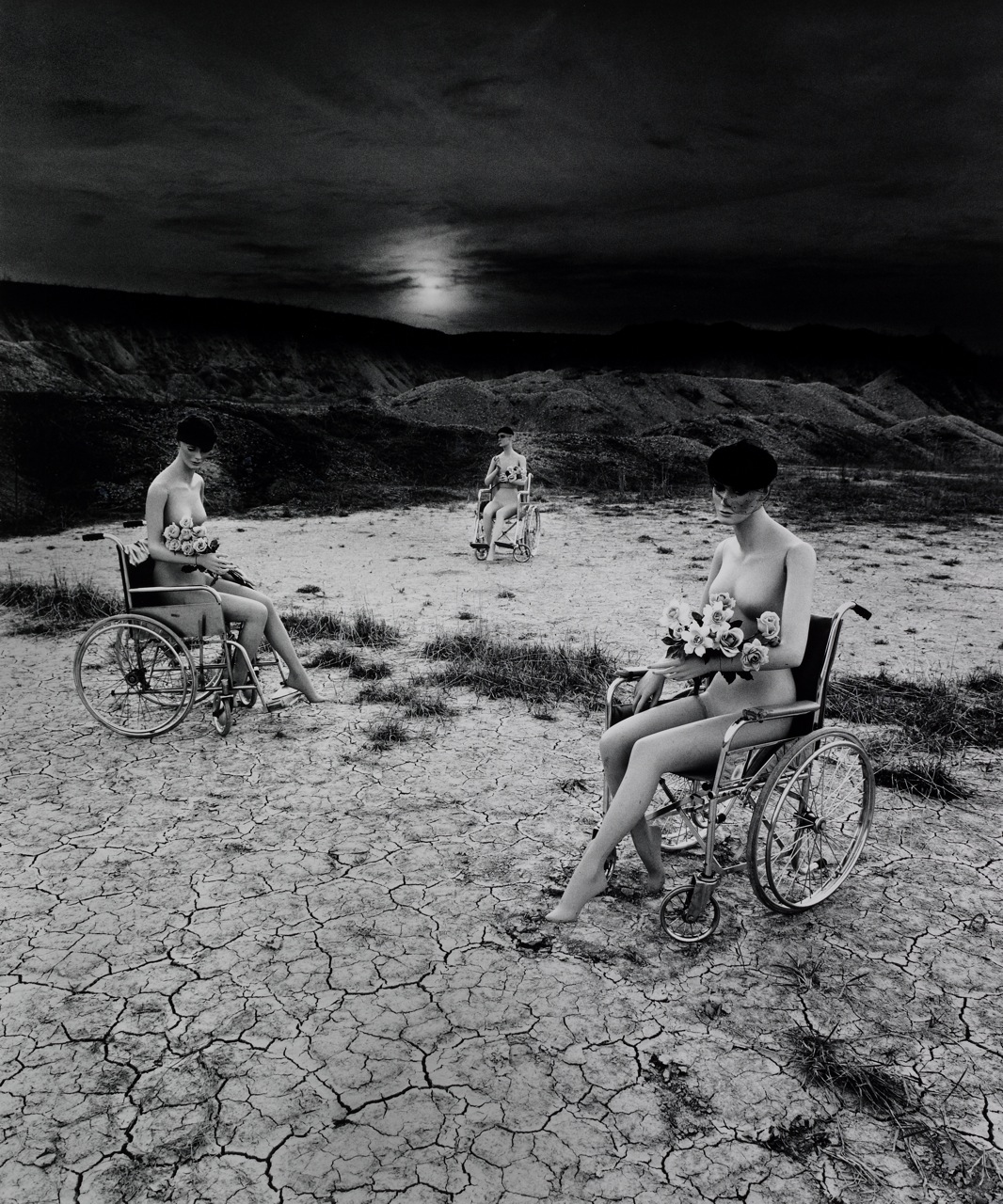

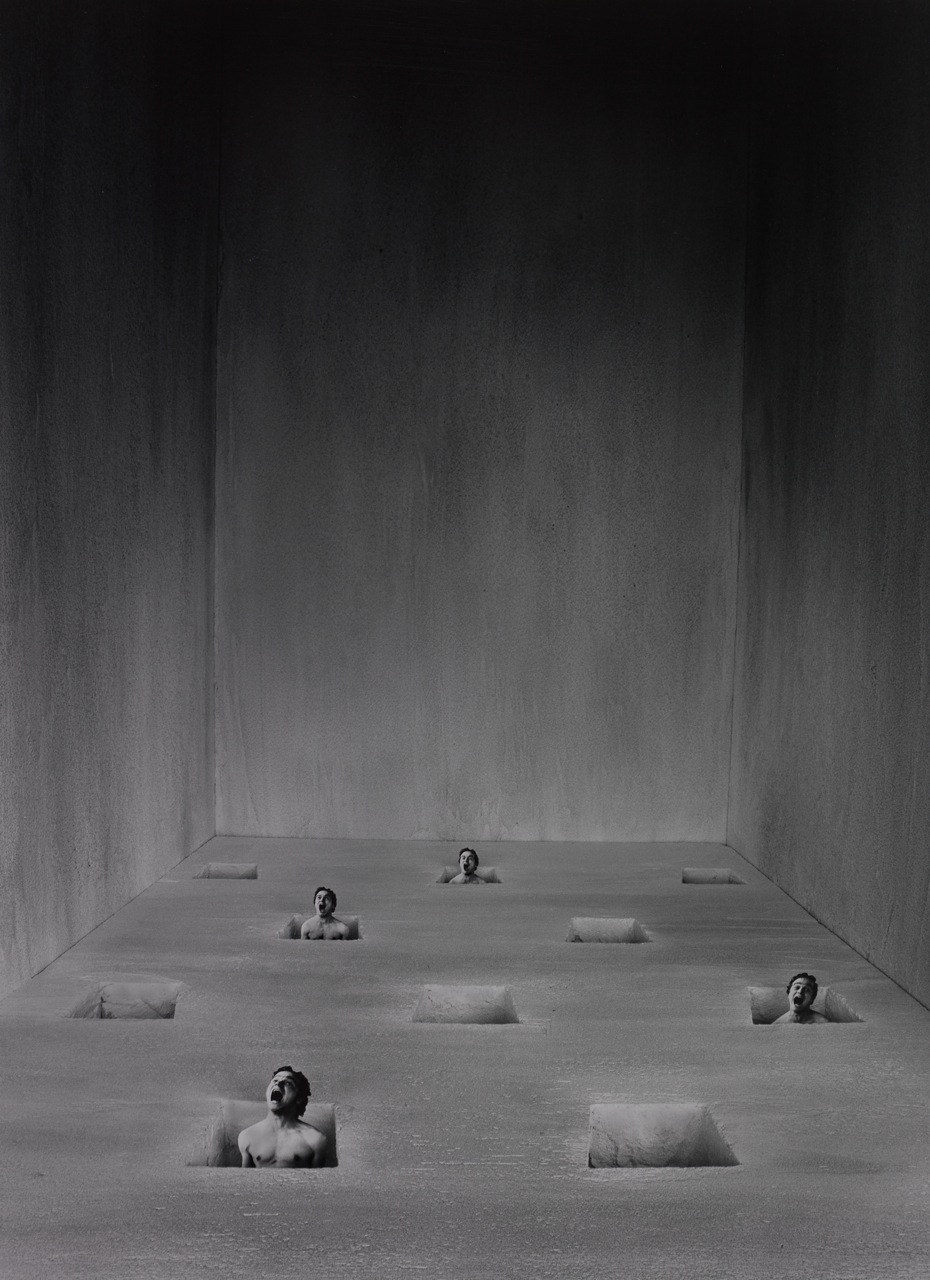
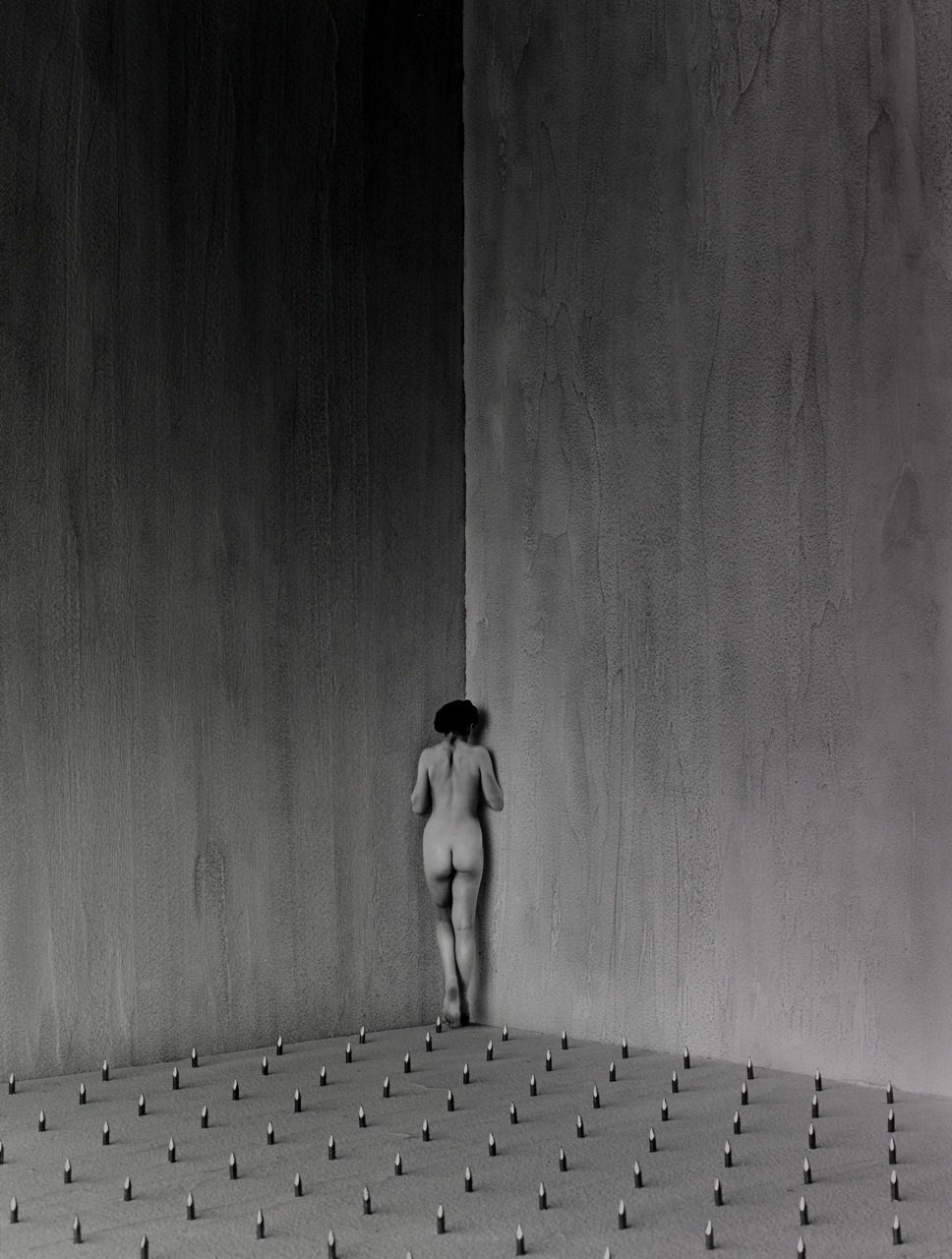











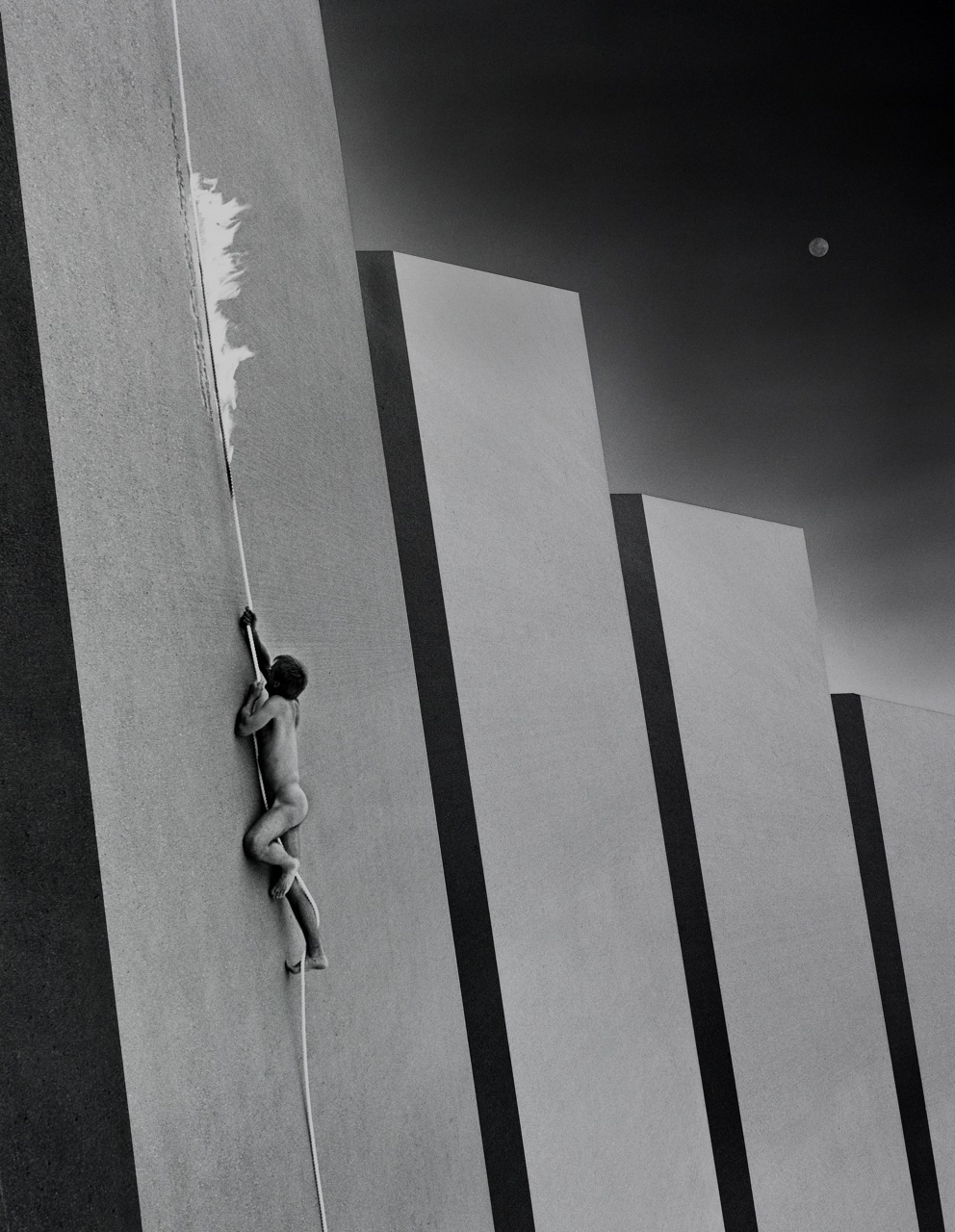
Your Custom Text Here
I was born in 1946, the first year after World War II. My parents managed to survive the hardships of evacuation and returned back home to Riga, then under Soviet occupation.
I grew up amongst the Russian speaking population of Latvia. Russian culture became my root culture. I graduated from the technical college as an aviation engineer but never worked as such. Instead, I joined Riga Motion Studios as a designer of equipment for special effects. I was in my early twenties and mostly ignorant about art. At this time social realism was the official culture of the country and I did not care about it too much. Information about modern western art was hardly available and my knowledge of it was highly limited.
I started to photograph when I was nineteen, driven by desire to create my own personal style and vision. I was involved in portraiture and created some documentary shots, but soon realized the results did not satisfy me. I put my camera aside and concentrated on reading (Dostoevsky, Bulgakov) and cinematography (Tarkovsky, Parajanov). I was constantly looking for a way to express my personal feelings and thoughts utilizing photography. One year later it came to me clear and simple. I decided to photograph concepts.
In 1972 I created my first, and most important image - Confession.
I instantly recognized the potential possibilities of the conceptual approach. The knowledge I acquired from the creation of this image became the backbone of the work I have produced since. In 1974, after years of disgust with communist authorities, I left my country and arrived in the USA.
Do I point my camera outwards to the existing world or turn it inward towards my soul? Am I taking photographs of existing reality, or creating my own world, so real, but non existent?
Results from these two opposite approaches are notably different. In my opinion, conceptual photography is a higher form of artistic expression that places photography on the level of painting, poetry, music and sculpture. It employs the special talent of intuitive vision.
By translating the personal concepts into the language of photography, it reflects the possible answers to major questions of being: birth, death and life. Creating an idea and transforming it into reality is an essential process of conceptual photography.
Today's conventional approach, with a few exceptions, completely dominates art photography. But with the introduction of digital photography, we can change this balance. The ease of producing altered realities will bring a new wave of talented artists who will use it to express their special world of visions with all its meaning, symbols and mystery.
In a world of high technology will you still believe in the truthfulness of a photograph?
Would it matter?
To me it matters. In all these years of creating conceptual images, I have strived to make them as realistic as possible. My technical abilities have improved which have allowed me to broaden the horizons for my ideas. But this is not the most important part of the process.
The poor concept, perfectly executed, still makes a poor photograph, therefore, the most important ingredient of a powerful image is the concept. The blend of talent to create a concept and the skill to deliver it - those are two major building blocks of creating a convincing conceptual photograph.
It is not a new idea to manipulate photographic images. As a matter of fact all images are manipulated to a certain degree. The real power of photography emerges when altered reality is presented as existent and is expected to be perceived as such.
An obviously manipulated image is a trick that shows a lack of understanding of the unique power of photography - the belief engraved in our subconscious that what was captured by the camera has to exist. In the best examples of successfully manipulated images the question "Is it real?" does not arise.
My first introduction to digital manipulations showed me how similar analog and digital techniques are. Each has it's bright and dark spots. At this moment I don't see any reason to switch to digital. I still prefer the glowing quality of an original silver print and the laborious process to achieve it. Yet, I believe, that it is only matter of time before digital technology replaces analog and the conceptual approach will receive a well deserved place in the canon of photographic art.
I also want to believe that, many years from now, artists will continue to develop the language of photography, understanding and preserving its unique power.
I was born in 1946, the first year after World War II. My parents managed to survive the hardships of evacuation and returned back home to Riga, then under Soviet occupation.
I grew up amongst the Russian speaking population of Latvia. Russian culture became my root culture. I graduated from the technical college as an aviation engineer but never worked as such. Instead, I joined Riga Motion Studios as a designer of equipment for special effects. I was in my early twenties and mostly ignorant about art. At this time social realism was the official culture of the country and I did not care about it too much. Information about modern western art was hardly available and my knowledge of it was highly limited.
I started to photograph when I was nineteen, driven by desire to create my own personal style and vision. I was involved in portraiture and created some documentary shots, but soon realized the results did not satisfy me. I put my camera aside and concentrated on reading (Dostoevsky, Bulgakov) and cinematography (Tarkovsky, Parajanov). I was constantly looking for a way to express my personal feelings and thoughts utilizing photography. One year later it came to me clear and simple. I decided to photograph concepts.
In 1972 I created my first, and most important image - Confession.
I instantly recognized the potential possibilities of the conceptual approach. The knowledge I acquired from the creation of this image became the backbone of the work I have produced since. In 1974, after years of disgust with communist authorities, I left my country and arrived in the USA.
Do I point my camera outwards to the existing world or turn it inward towards my soul? Am I taking photographs of existing reality, or creating my own world, so real, but non existent?
Results from these two opposite approaches are notably different. In my opinion, conceptual photography is a higher form of artistic expression that places photography on the level of painting, poetry, music and sculpture. It employs the special talent of intuitive vision.
By translating the personal concepts into the language of photography, it reflects the possible answers to major questions of being: birth, death and life. Creating an idea and transforming it into reality is an essential process of conceptual photography.
Today's conventional approach, with a few exceptions, completely dominates art photography. But with the introduction of digital photography, we can change this balance. The ease of producing altered realities will bring a new wave of talented artists who will use it to express their special world of visions with all its meaning, symbols and mystery.
In a world of high technology will you still believe in the truthfulness of a photograph?
Would it matter?
To me it matters. In all these years of creating conceptual images, I have strived to make them as realistic as possible. My technical abilities have improved which have allowed me to broaden the horizons for my ideas. But this is not the most important part of the process.
The poor concept, perfectly executed, still makes a poor photograph, therefore, the most important ingredient of a powerful image is the concept. The blend of talent to create a concept and the skill to deliver it - those are two major building blocks of creating a convincing conceptual photograph.
It is not a new idea to manipulate photographic images. As a matter of fact all images are manipulated to a certain degree. The real power of photography emerges when altered reality is presented as existent and is expected to be perceived as such.
An obviously manipulated image is a trick that shows a lack of understanding of the unique power of photography - the belief engraved in our subconscious that what was captured by the camera has to exist. In the best examples of successfully manipulated images the question "Is it real?" does not arise.
My first introduction to digital manipulations showed me how similar analog and digital techniques are. Each has it's bright and dark spots. At this moment I don't see any reason to switch to digital. I still prefer the glowing quality of an original silver print and the laborious process to achieve it. Yet, I believe, that it is only matter of time before digital technology replaces analog and the conceptual approach will receive a well deserved place in the canon of photographic art.
I also want to believe that, many years from now, artists will continue to develop the language of photography, understanding and preserving its unique power.
Crowd
Crowd 1